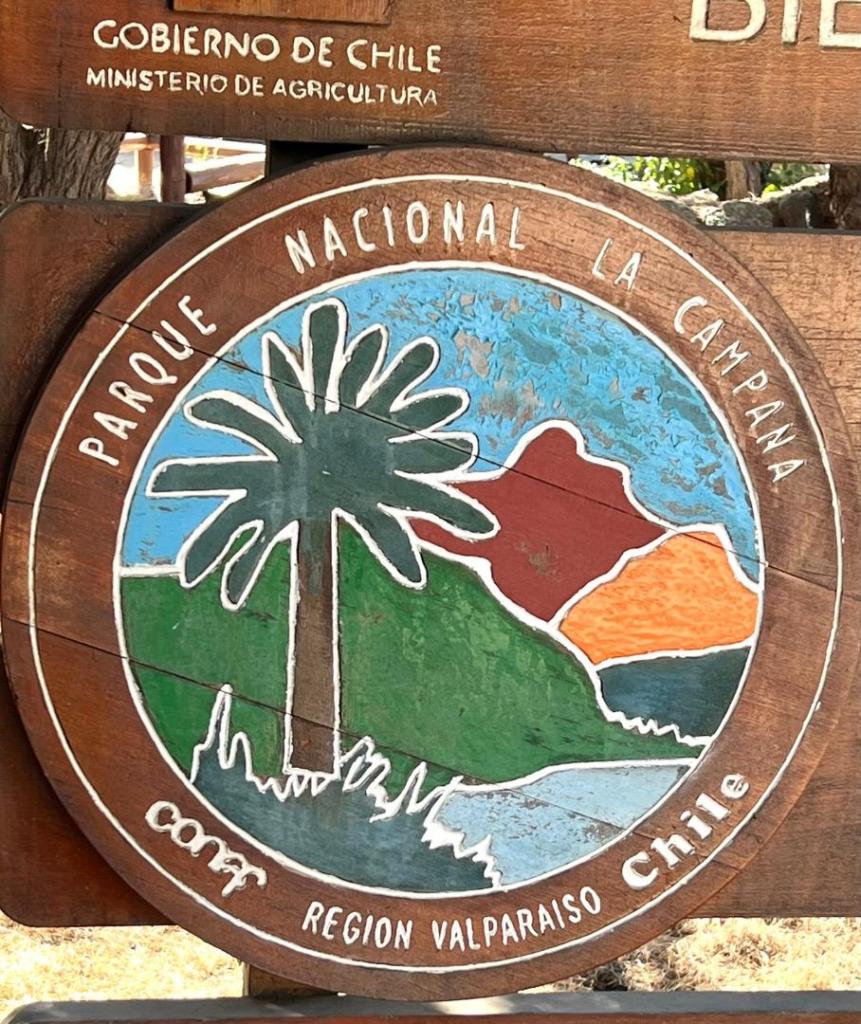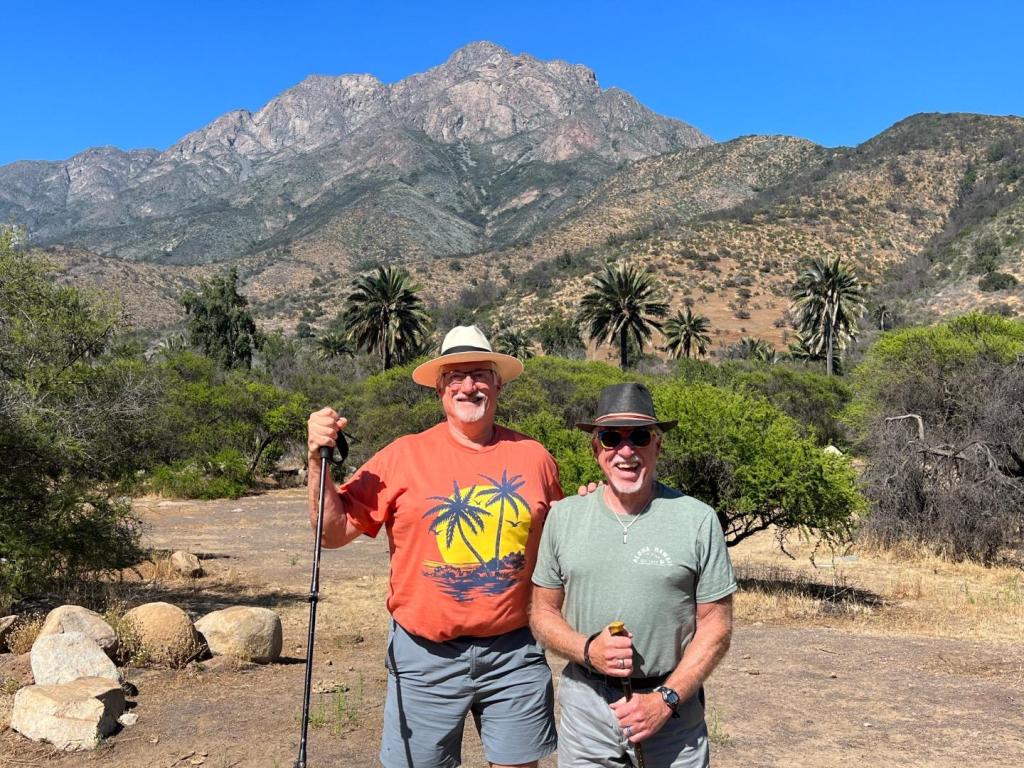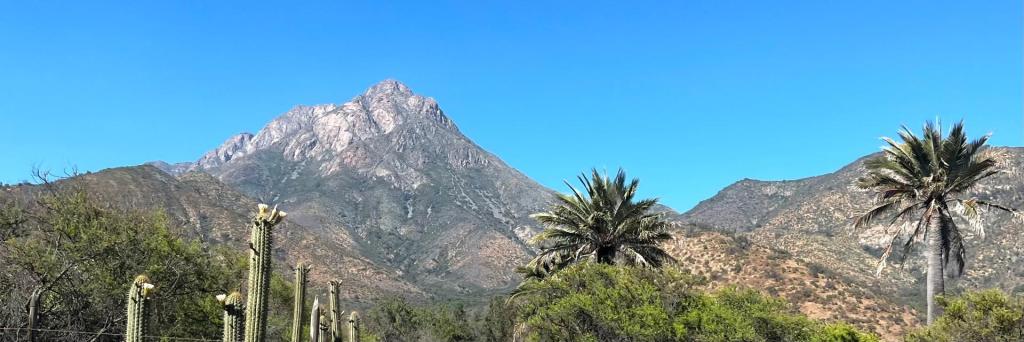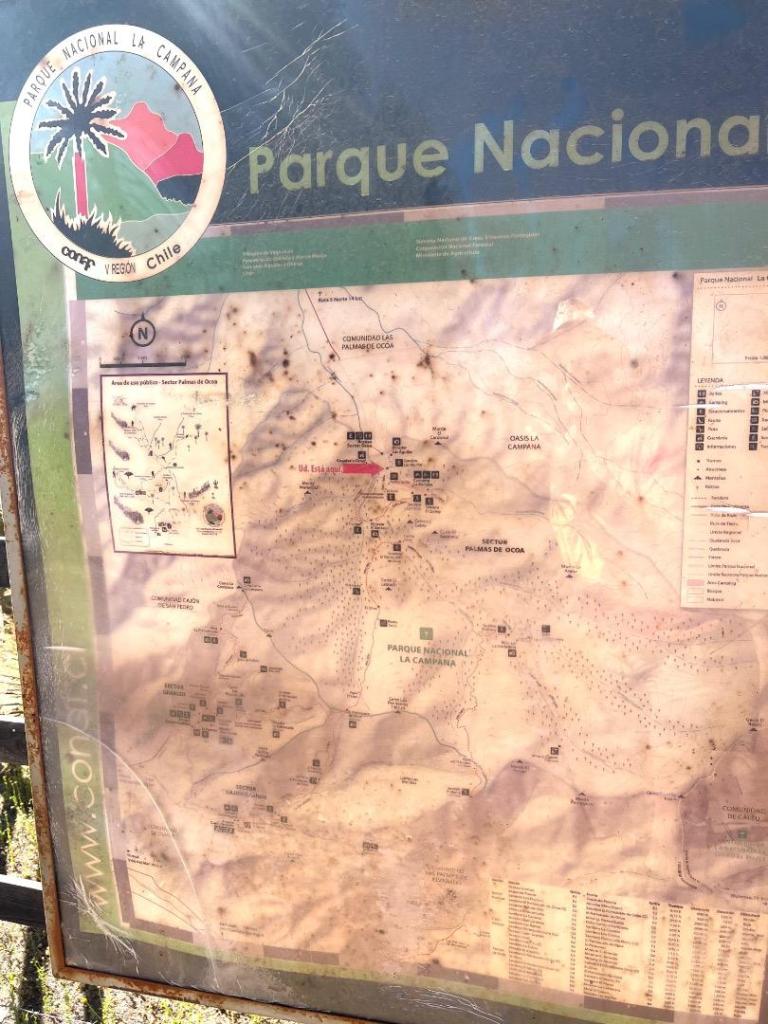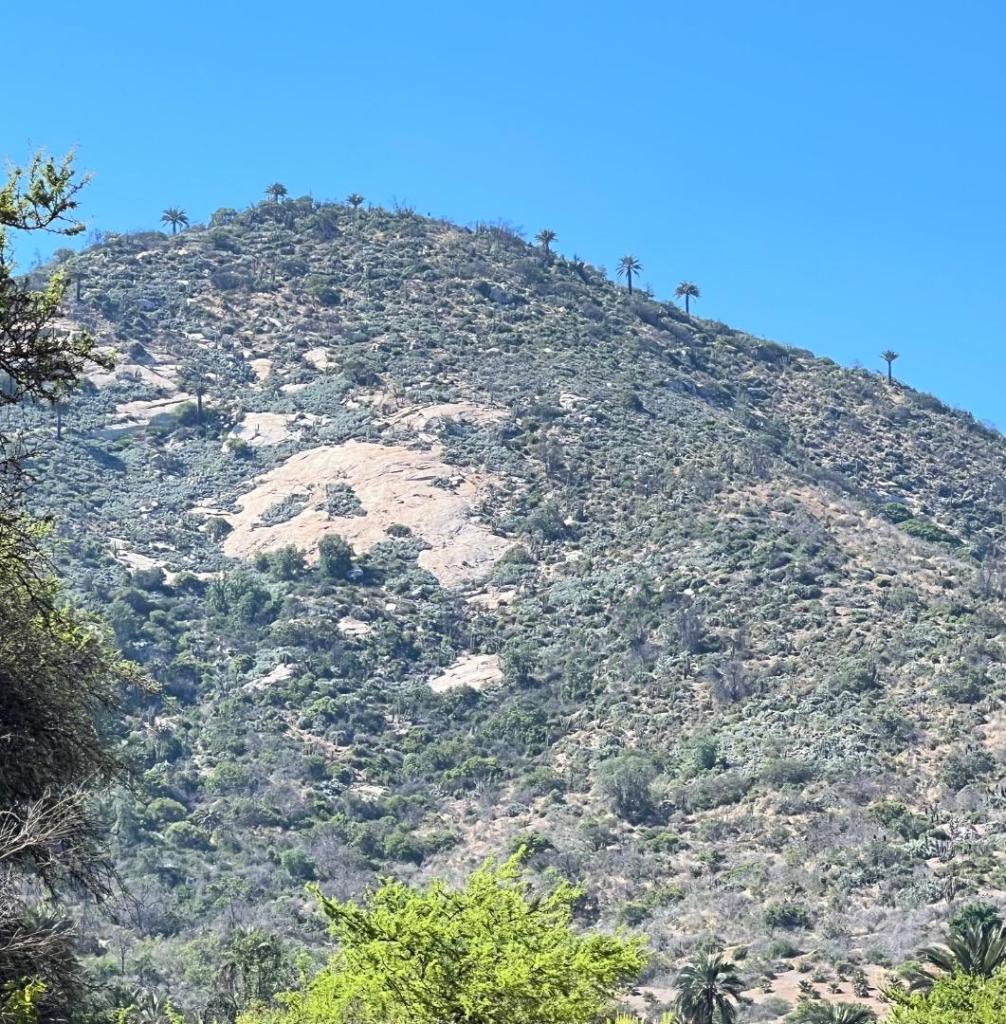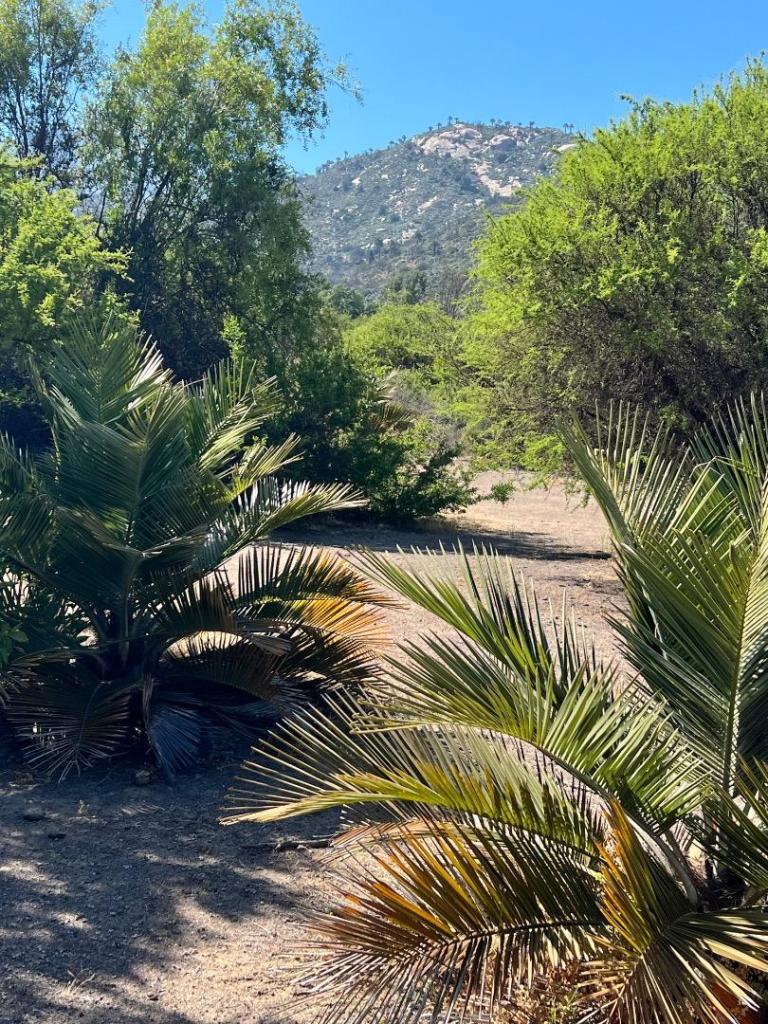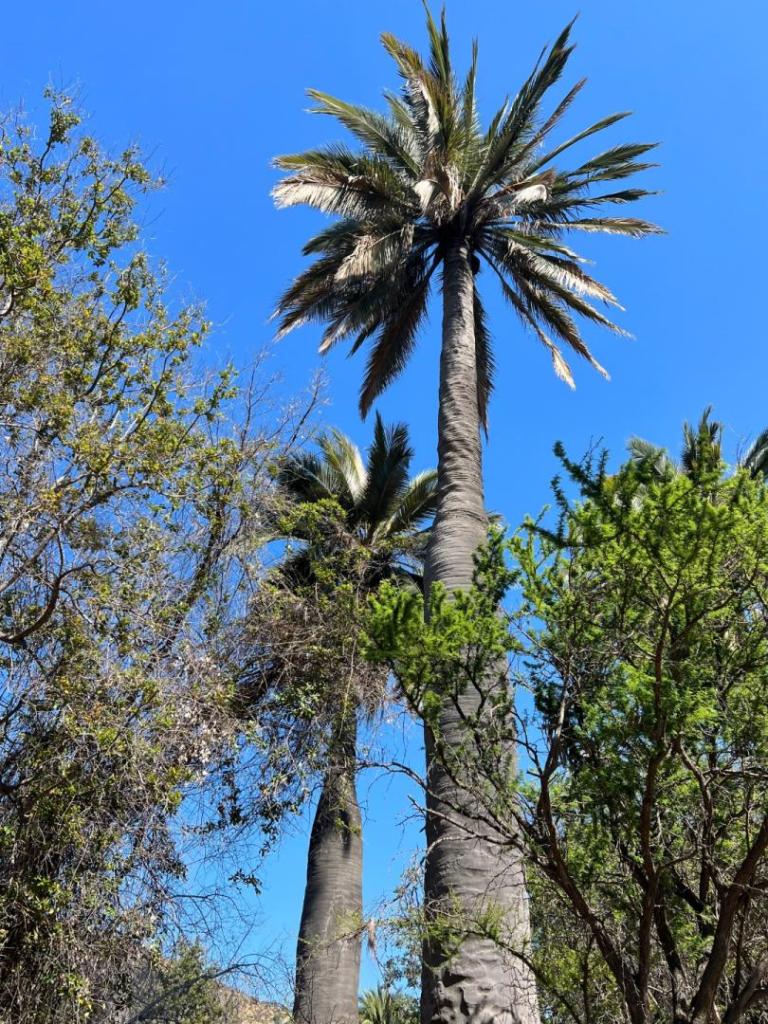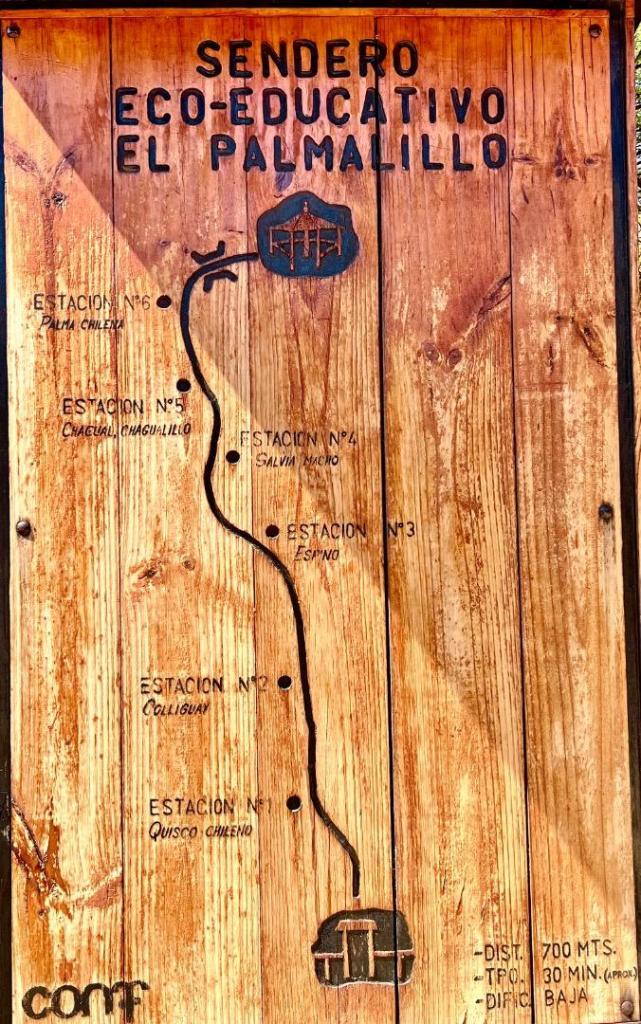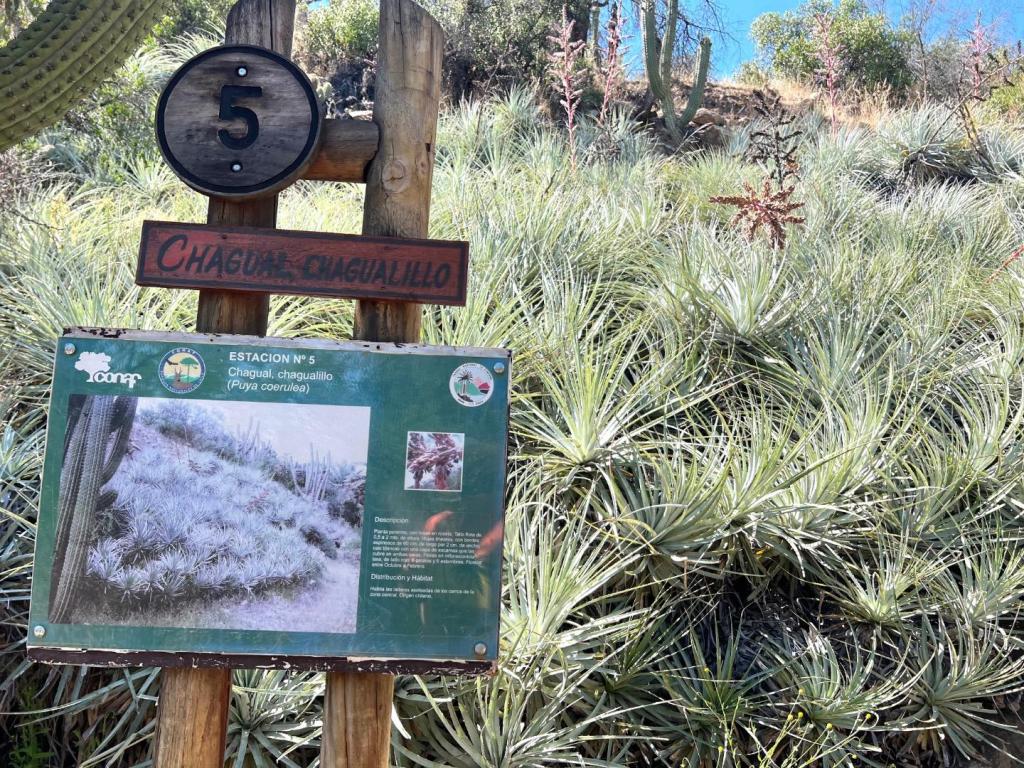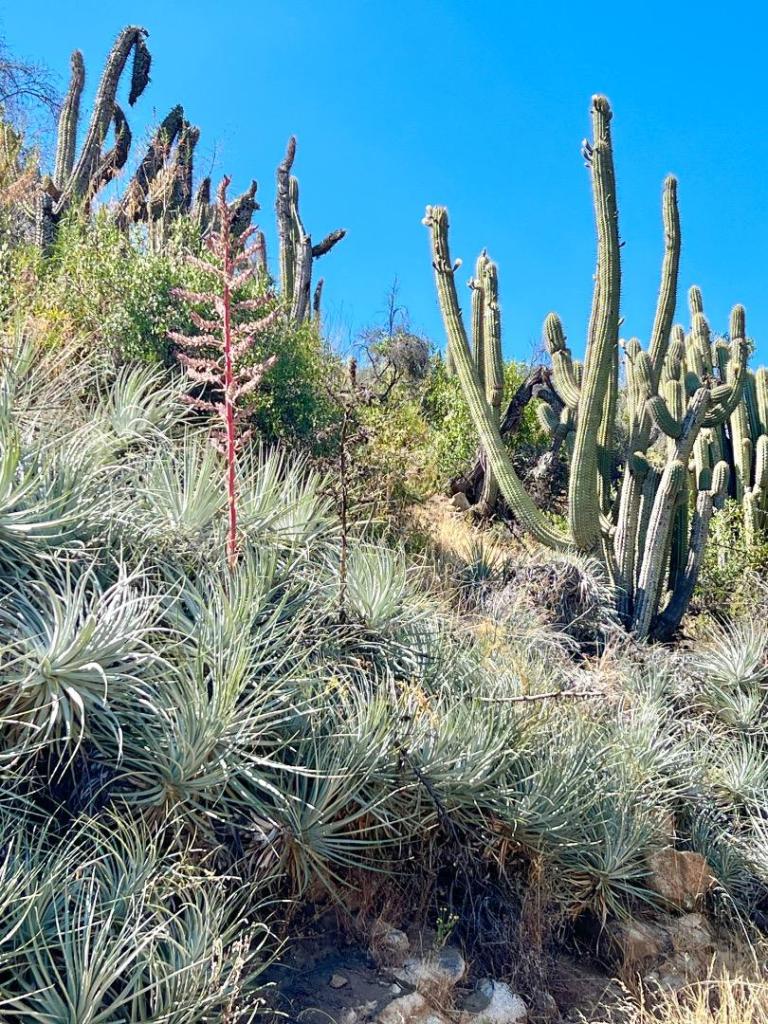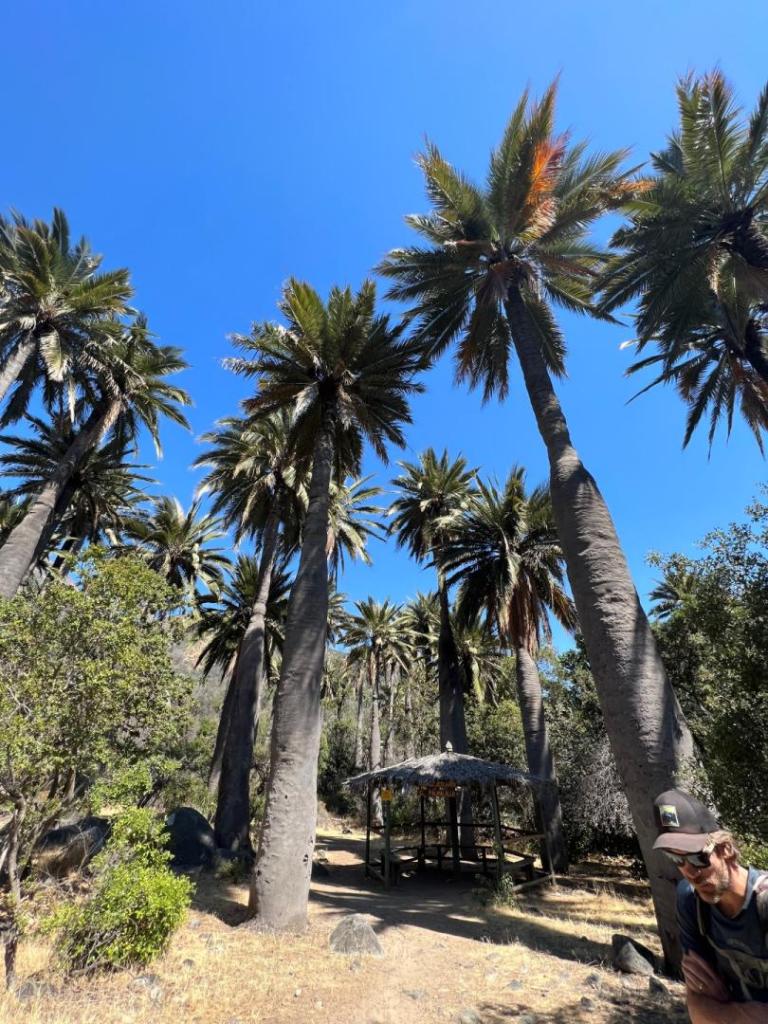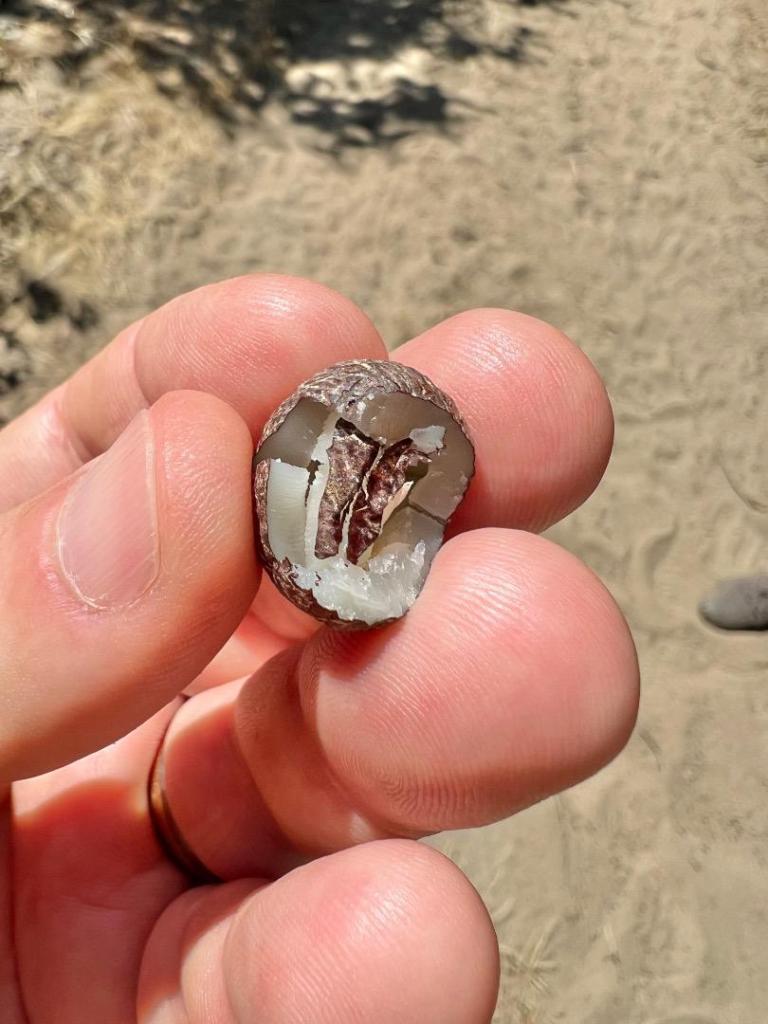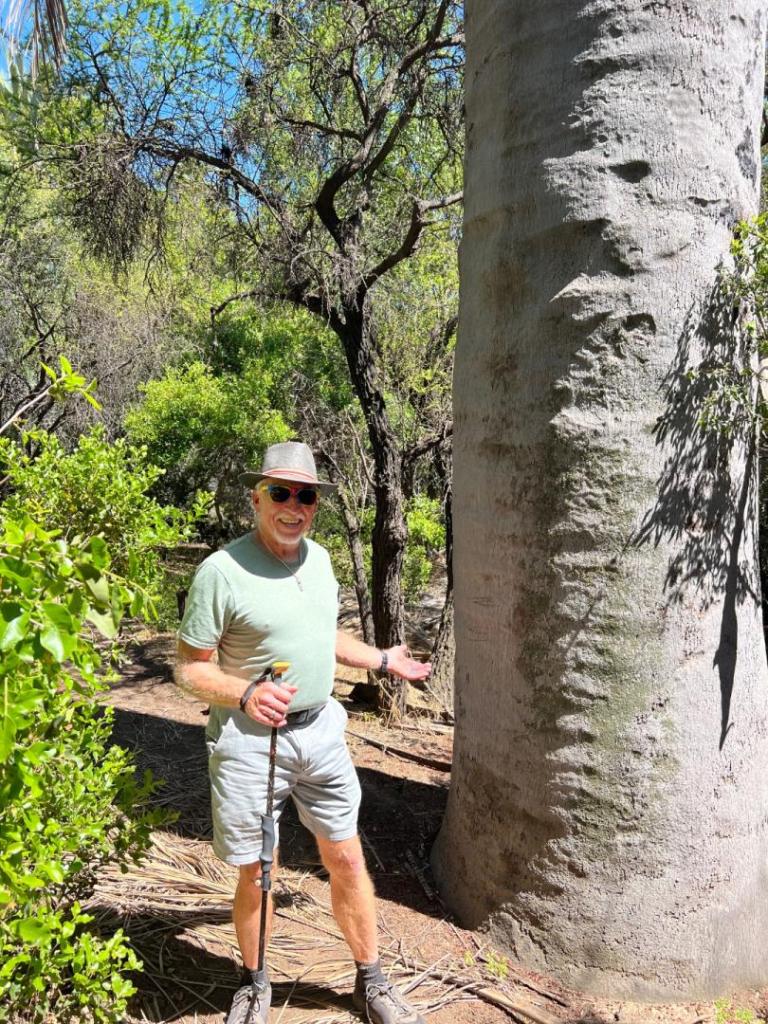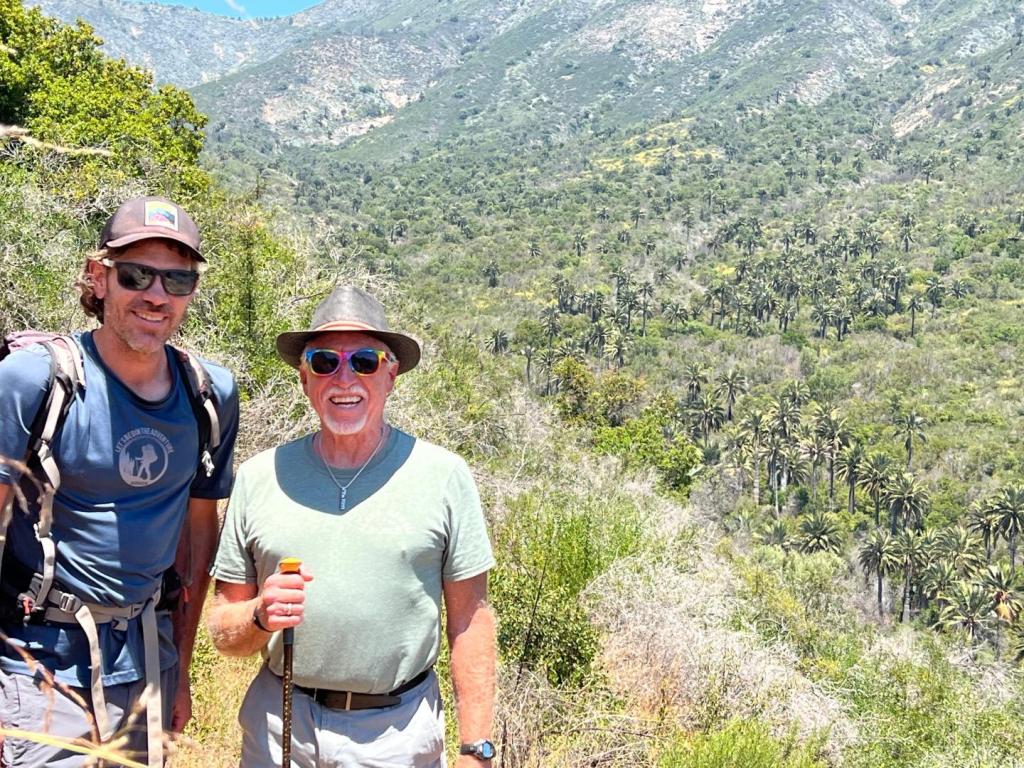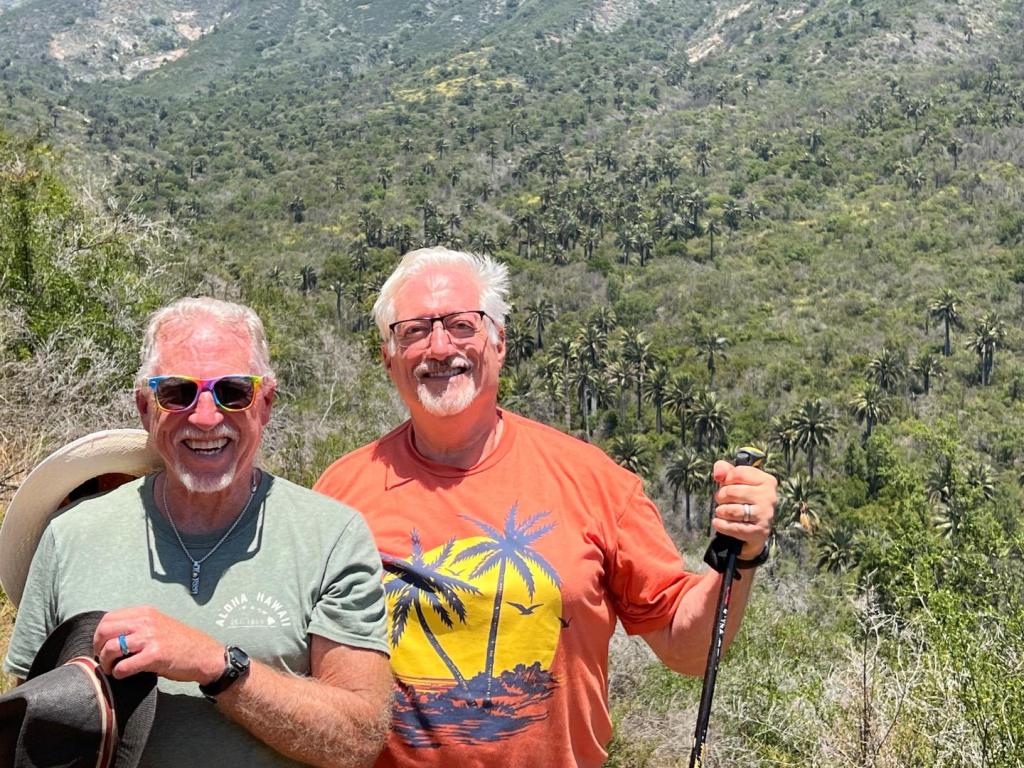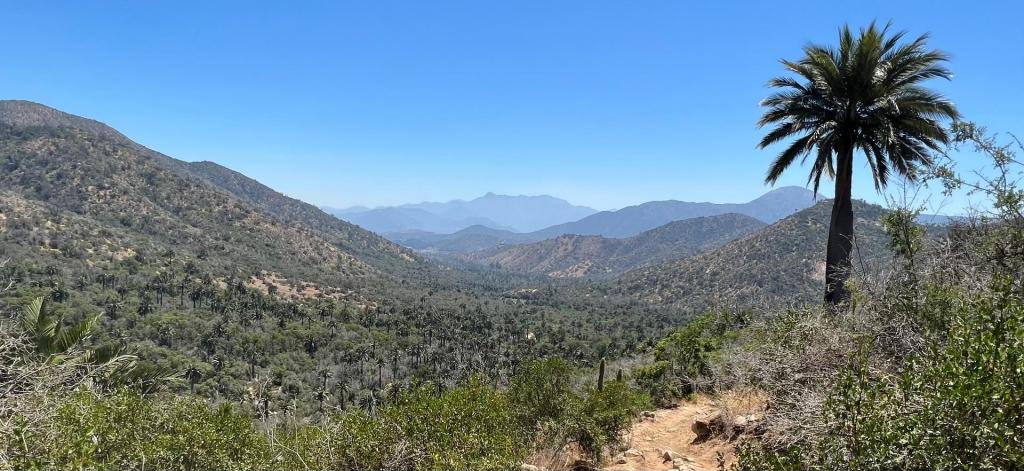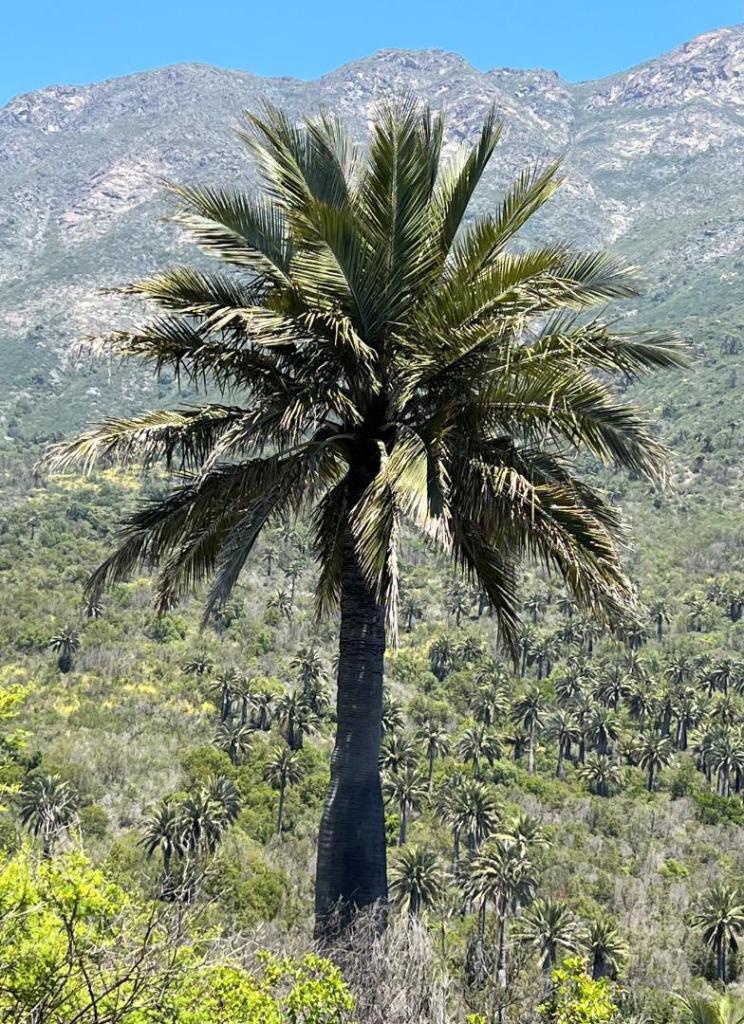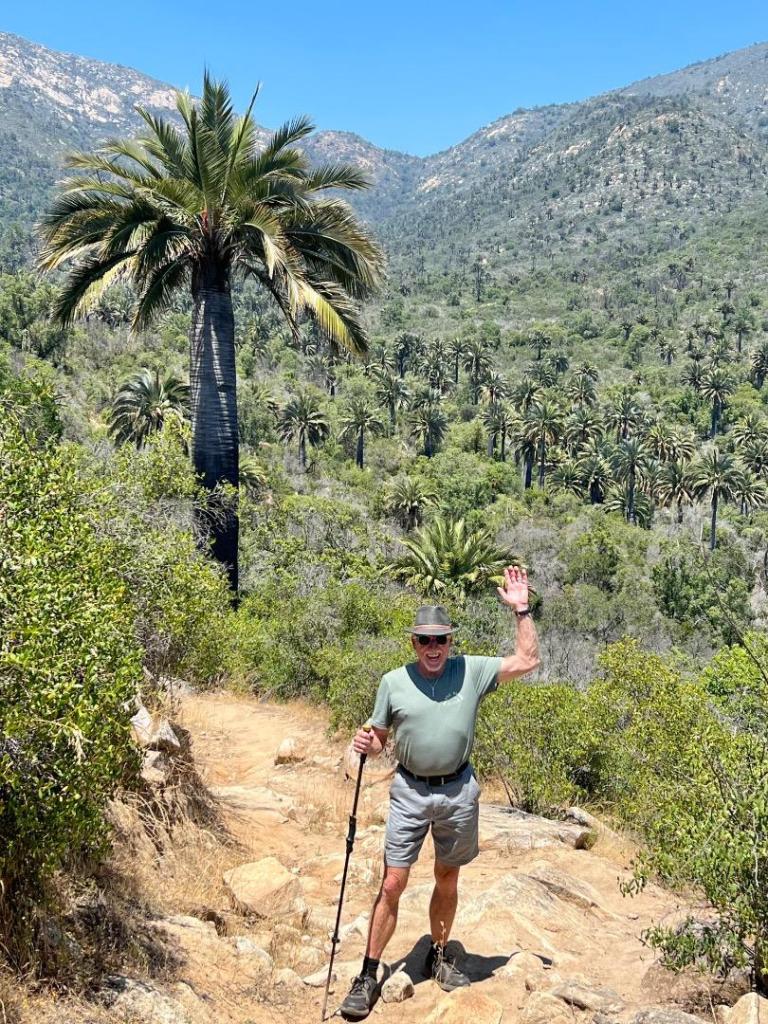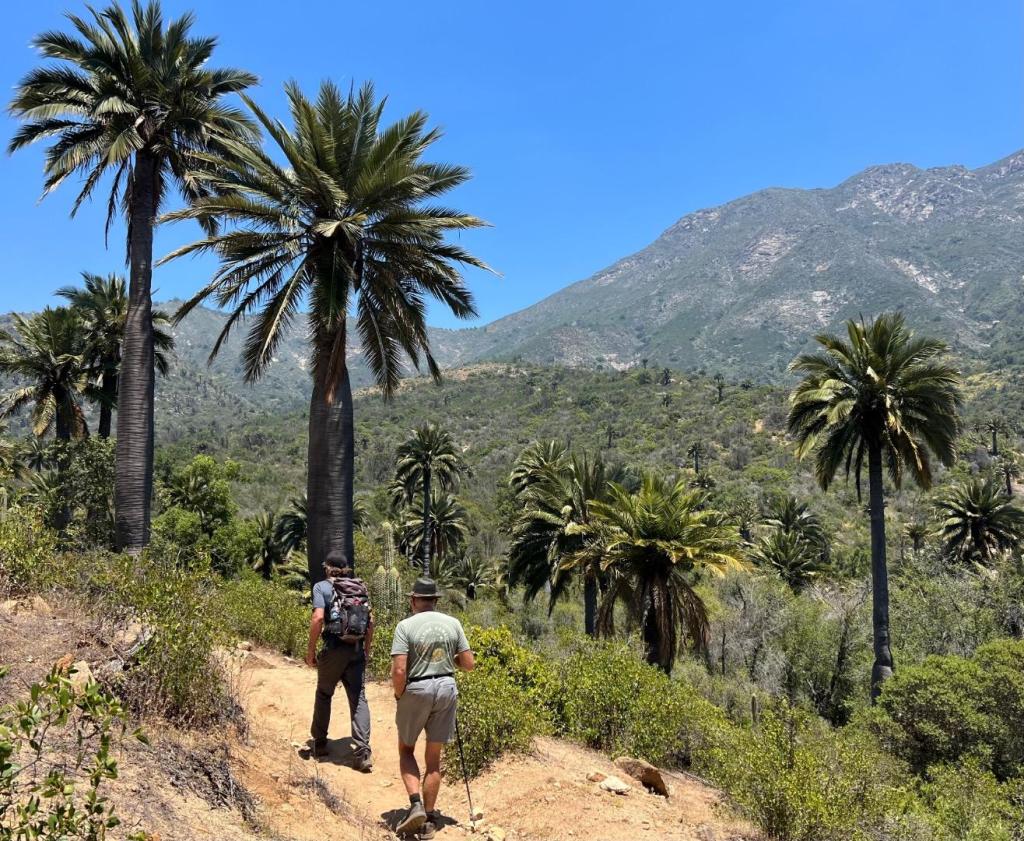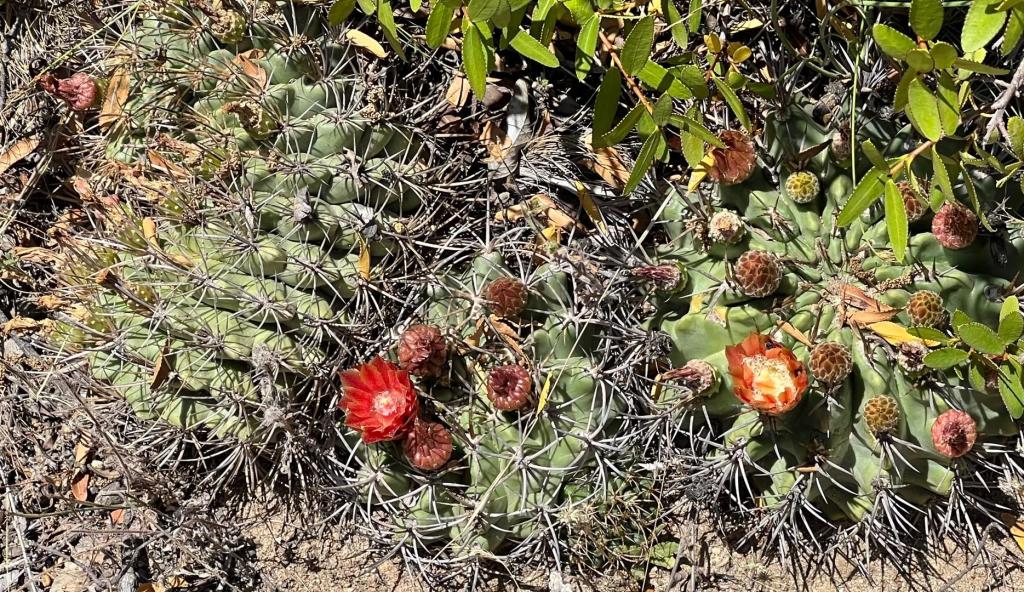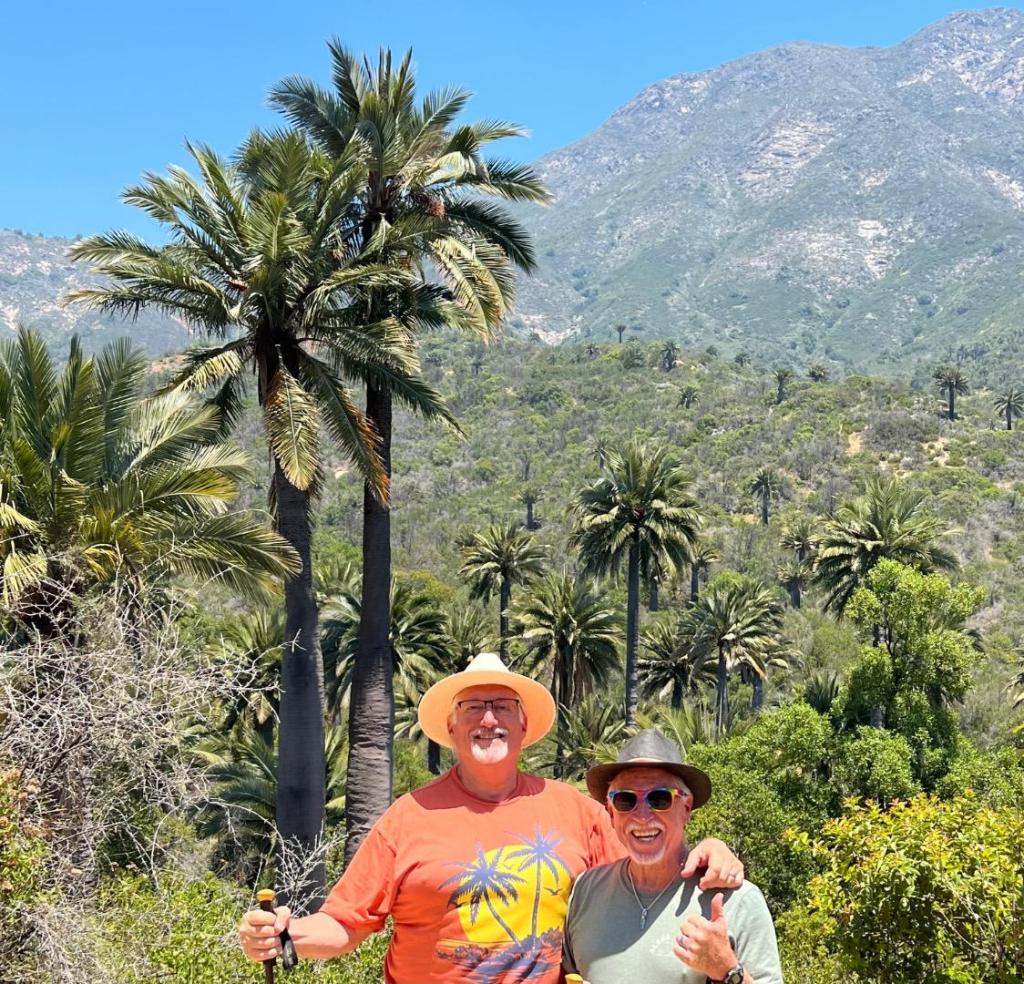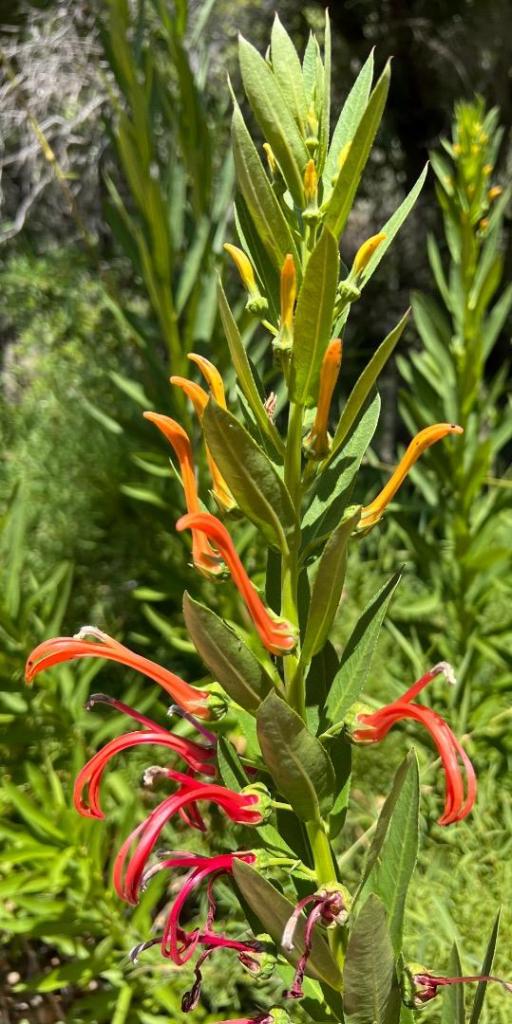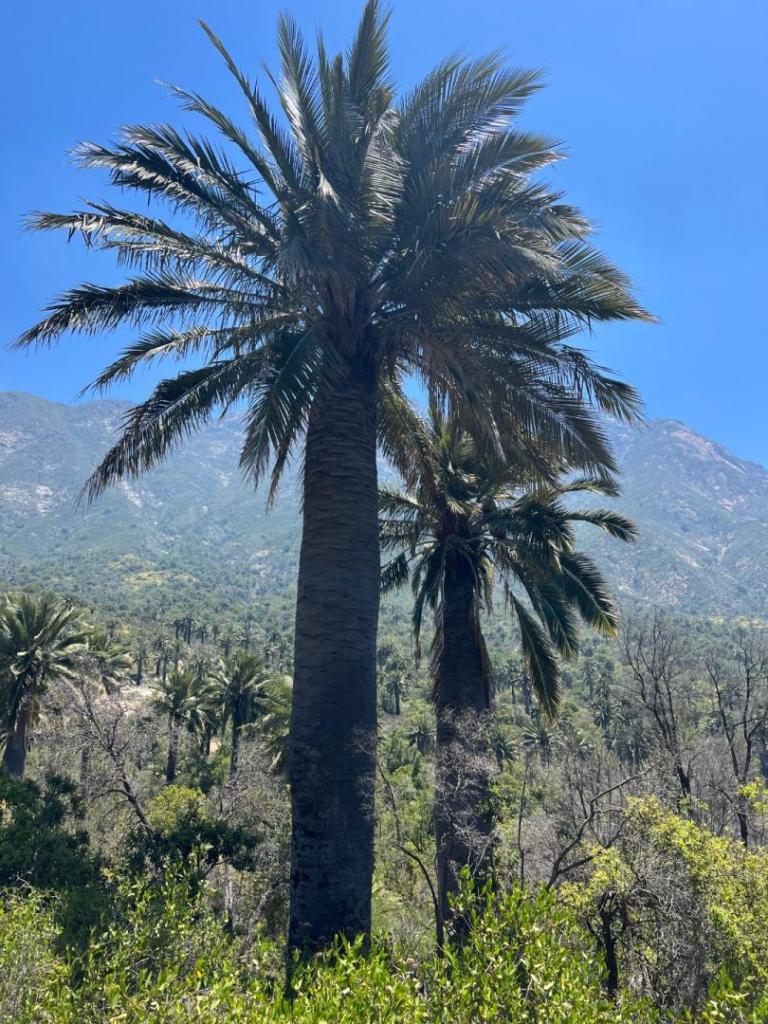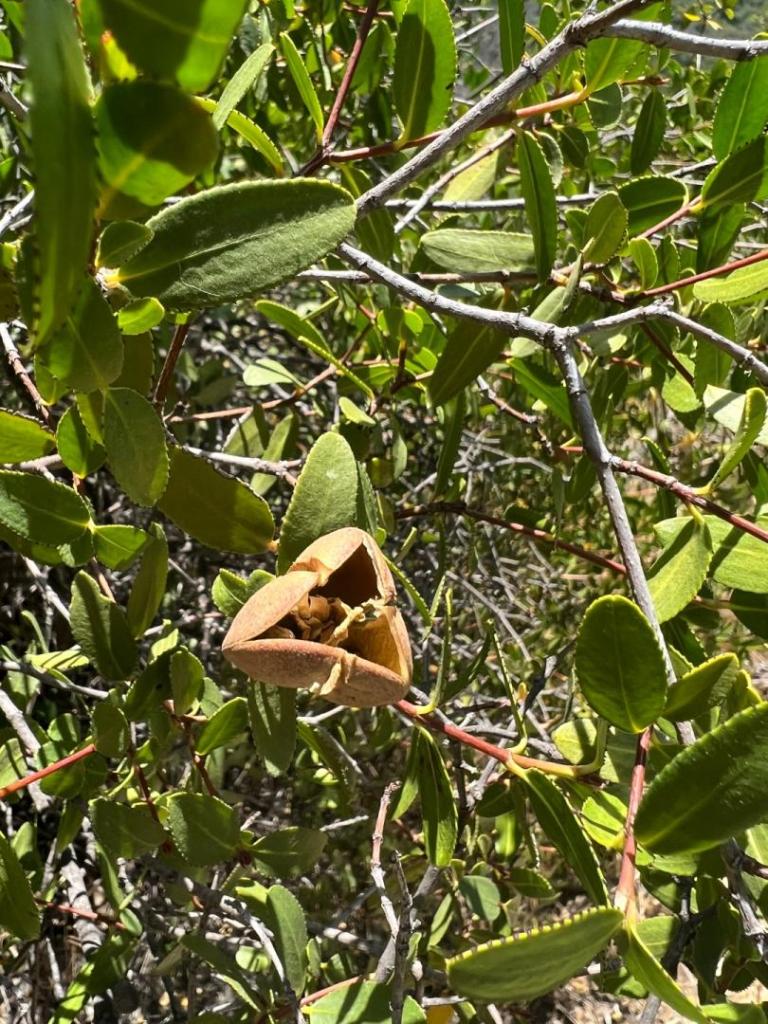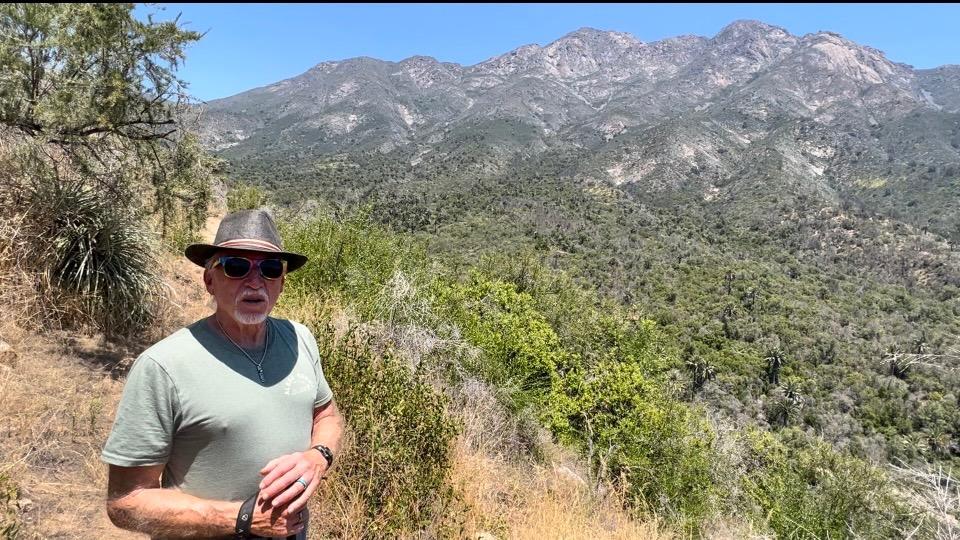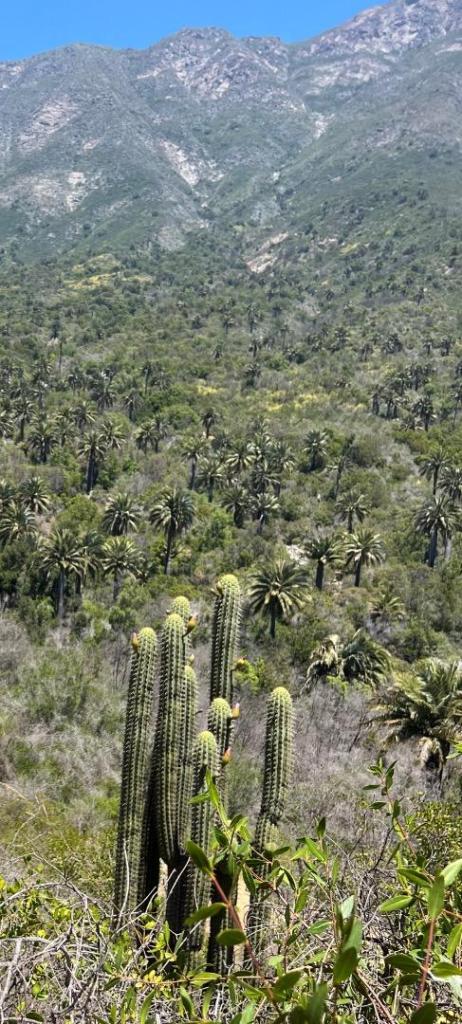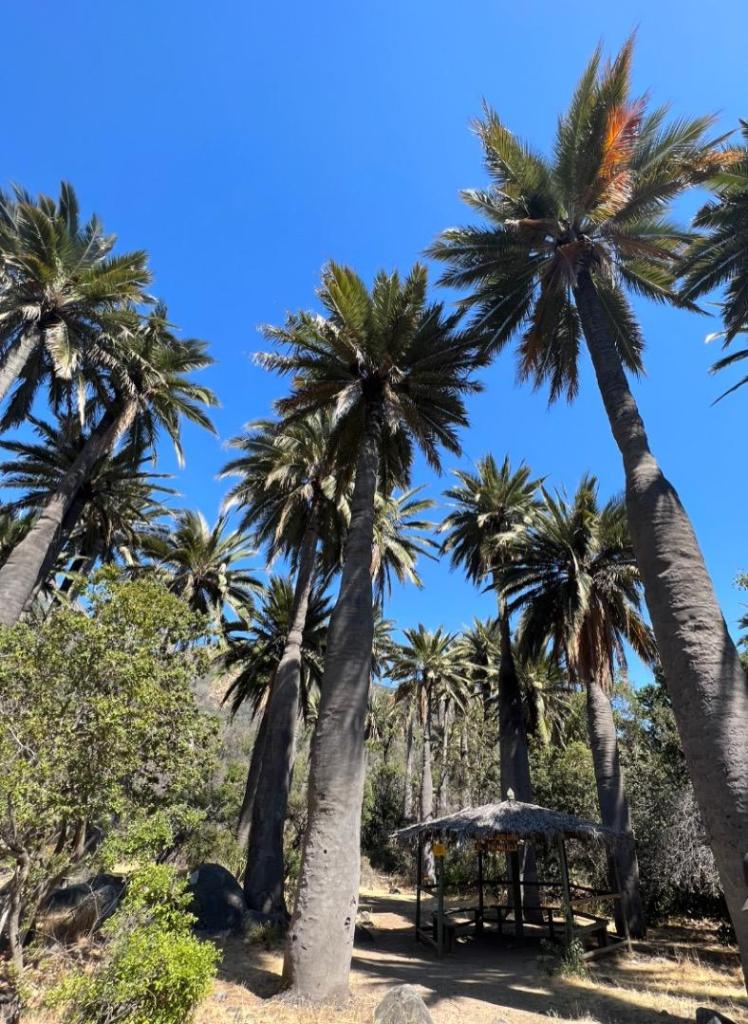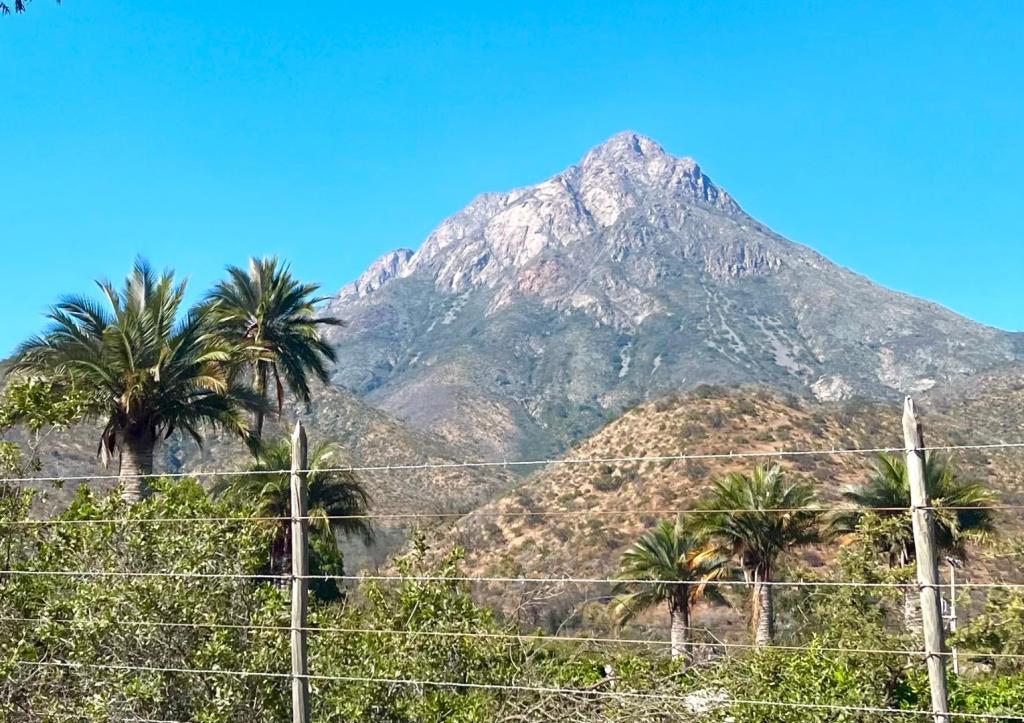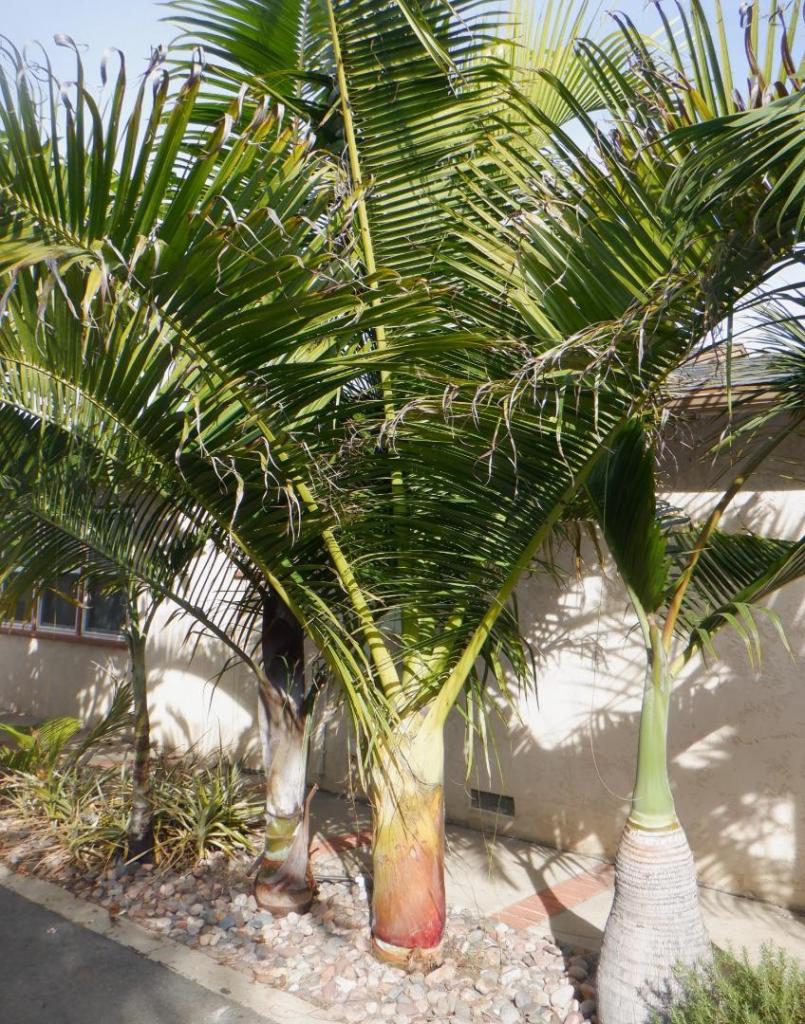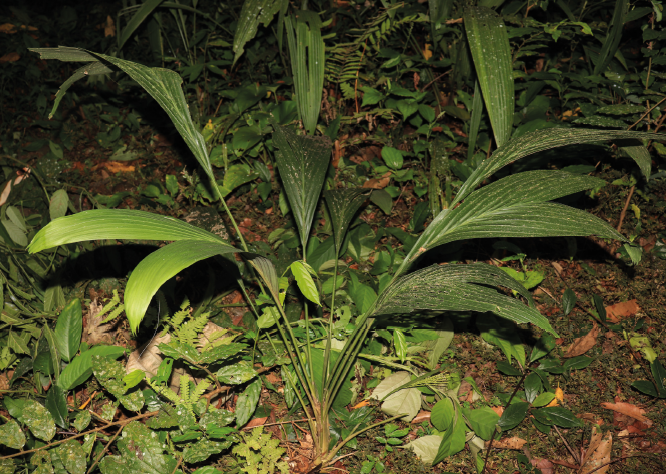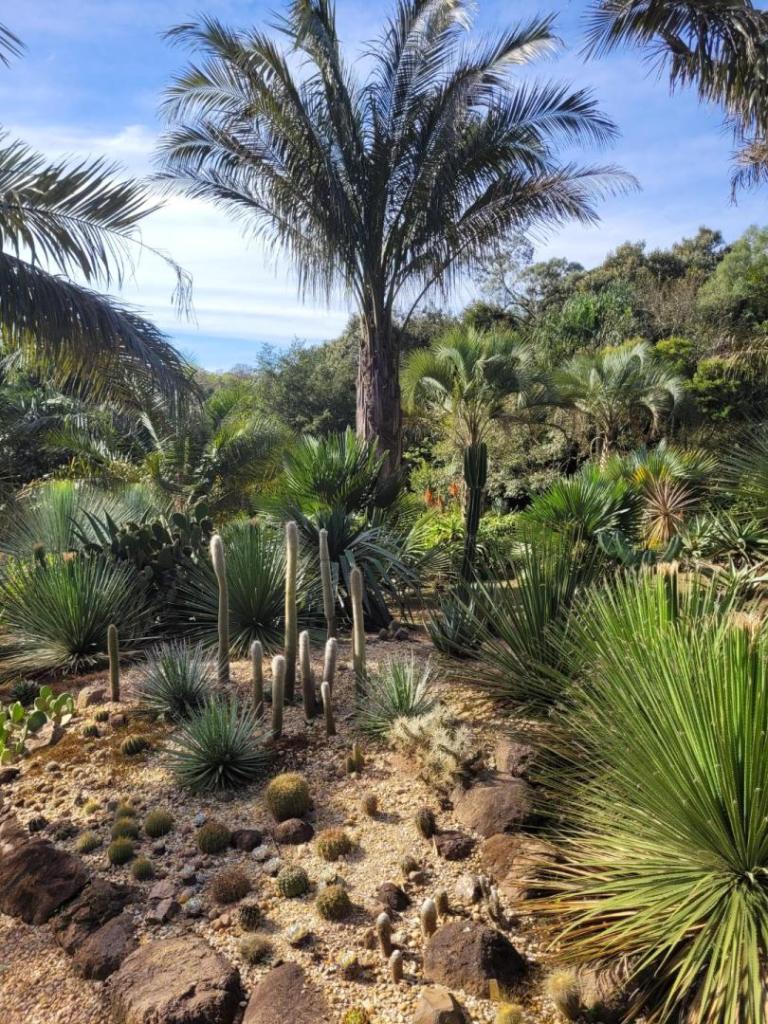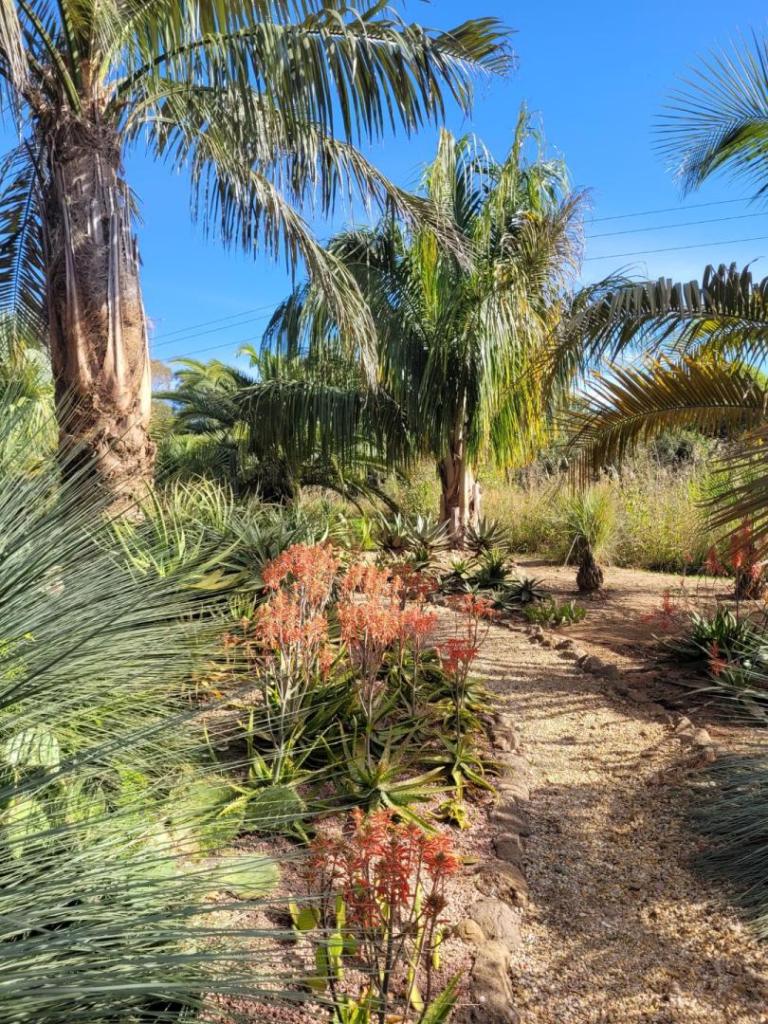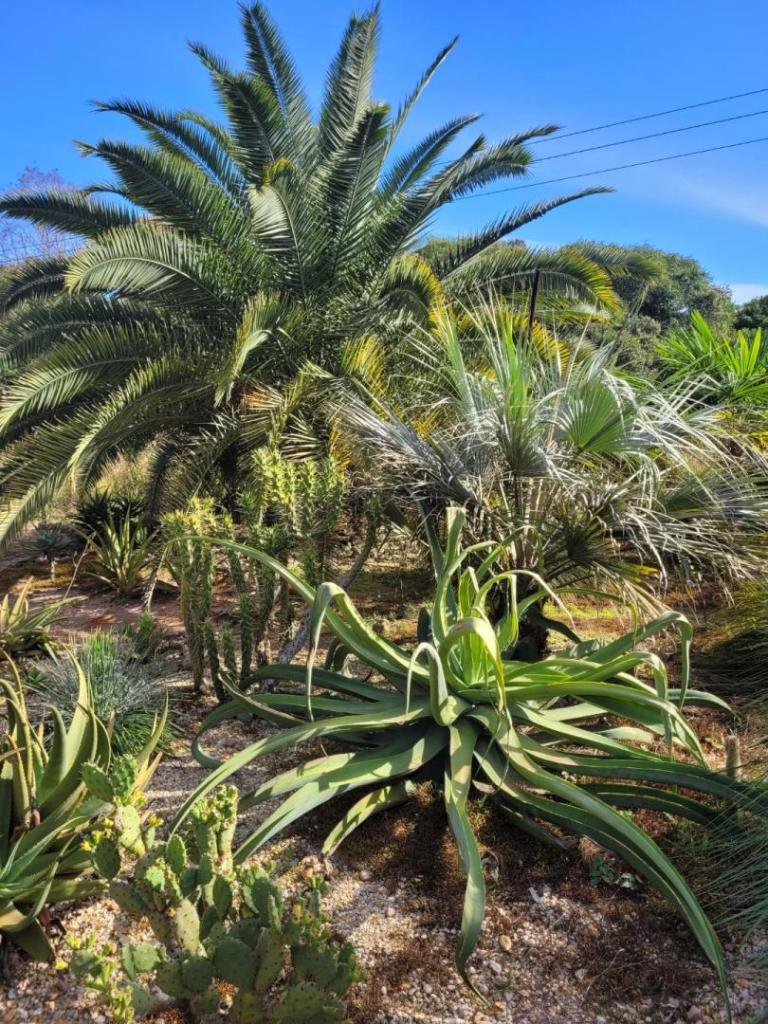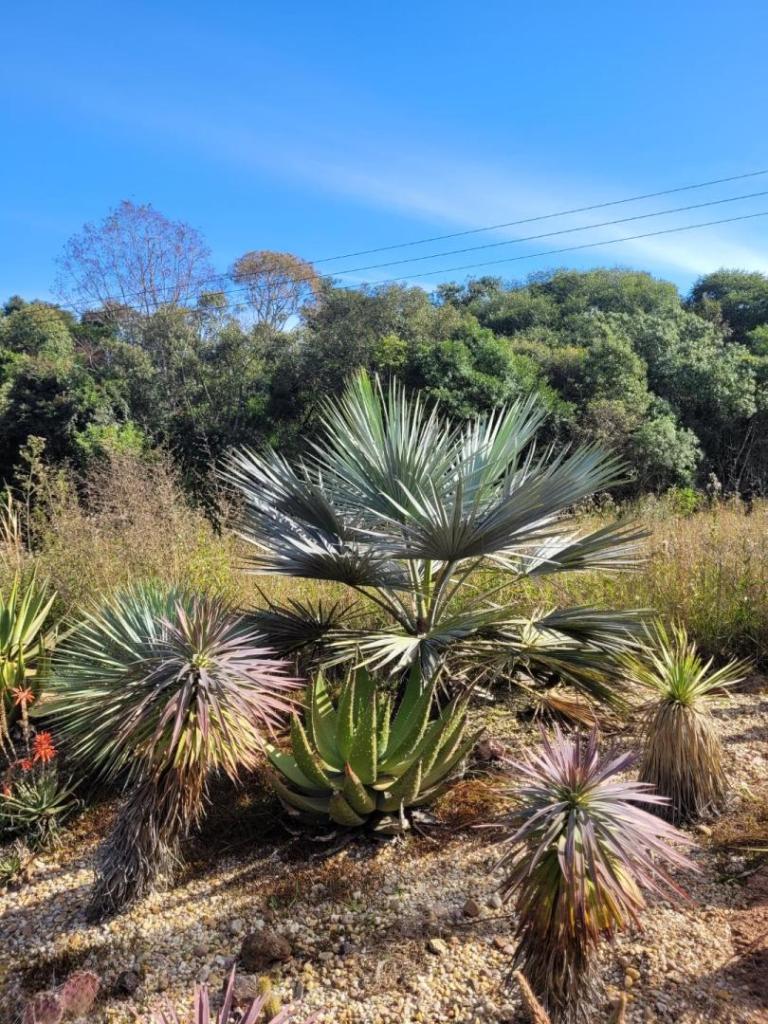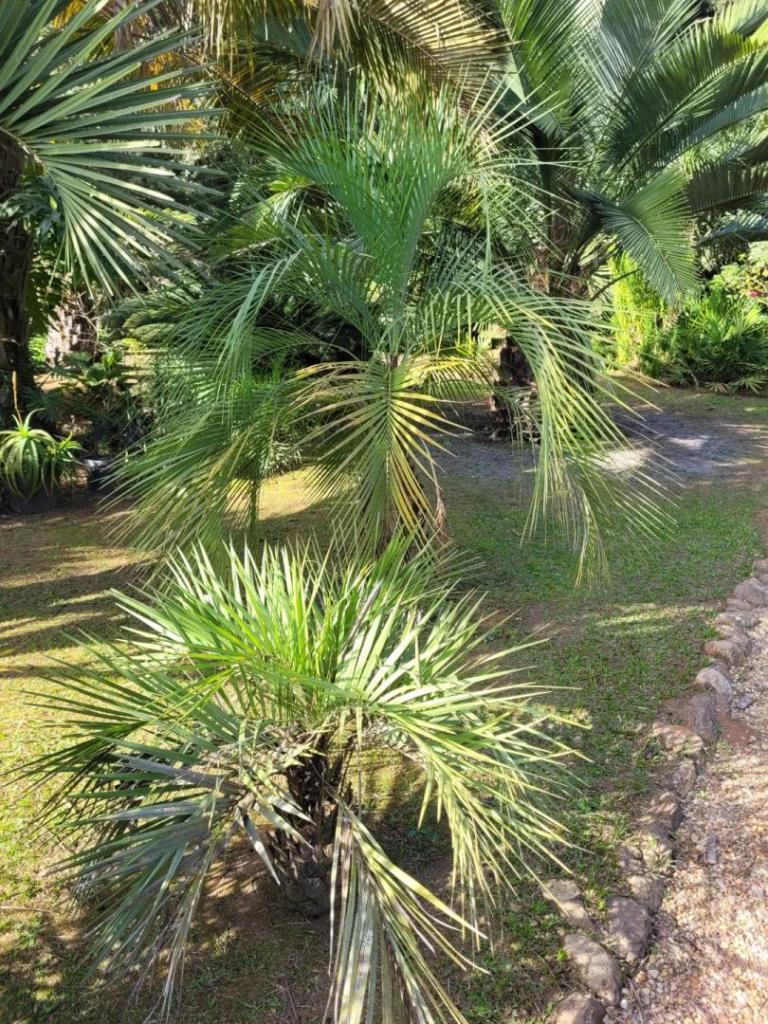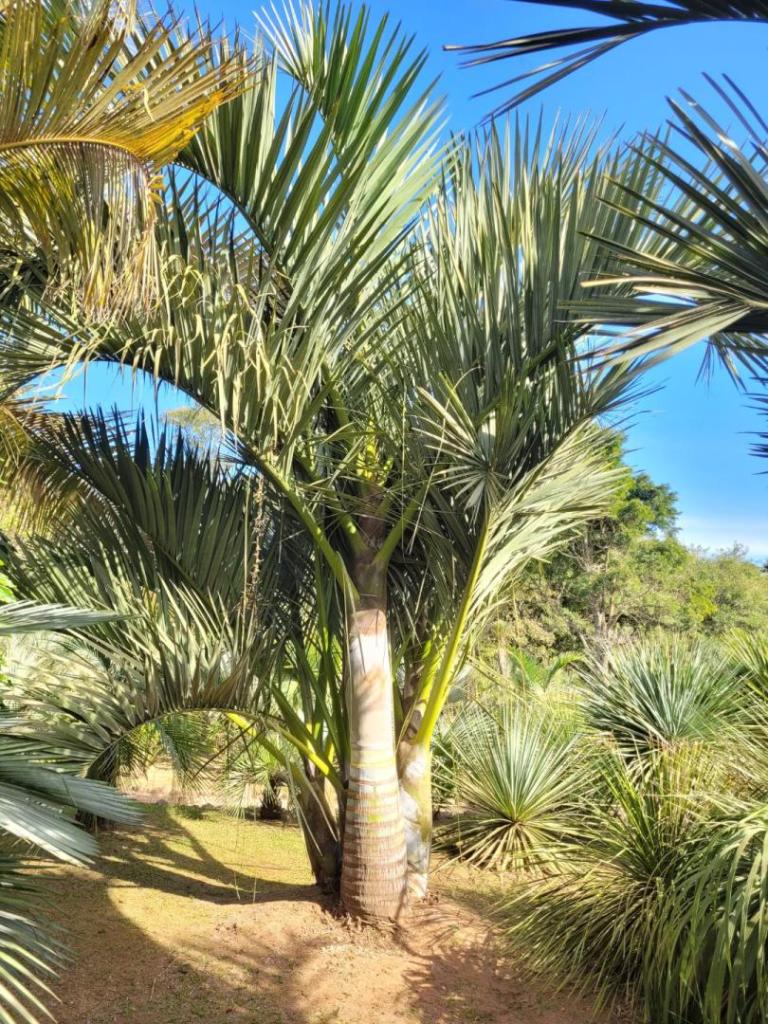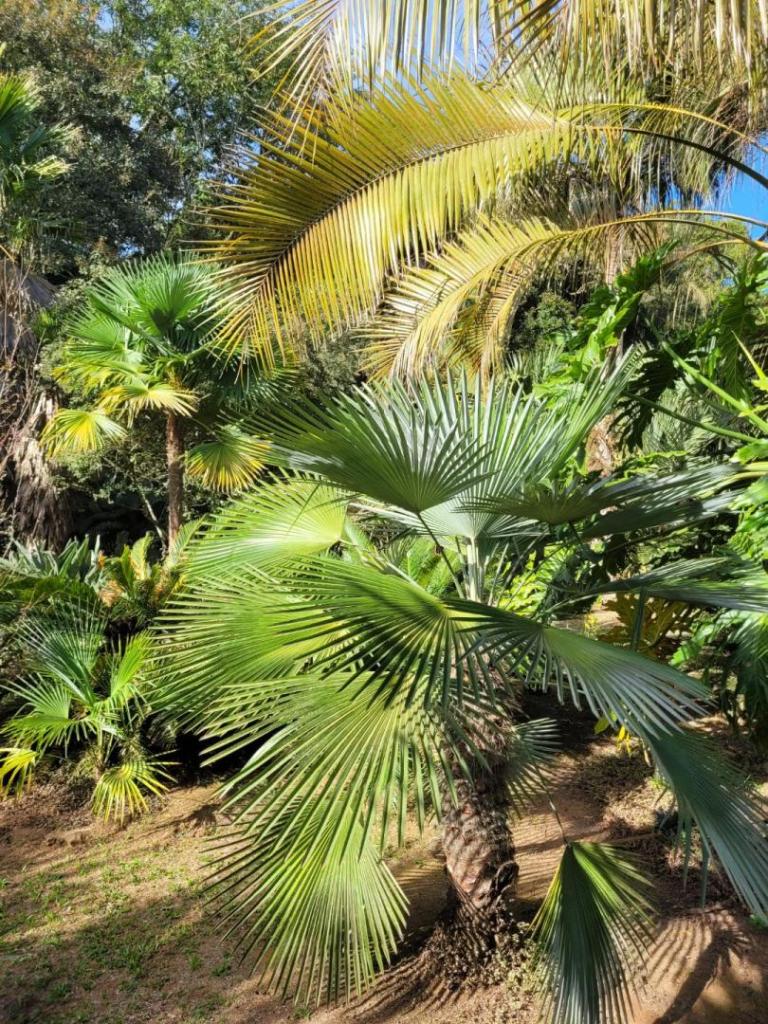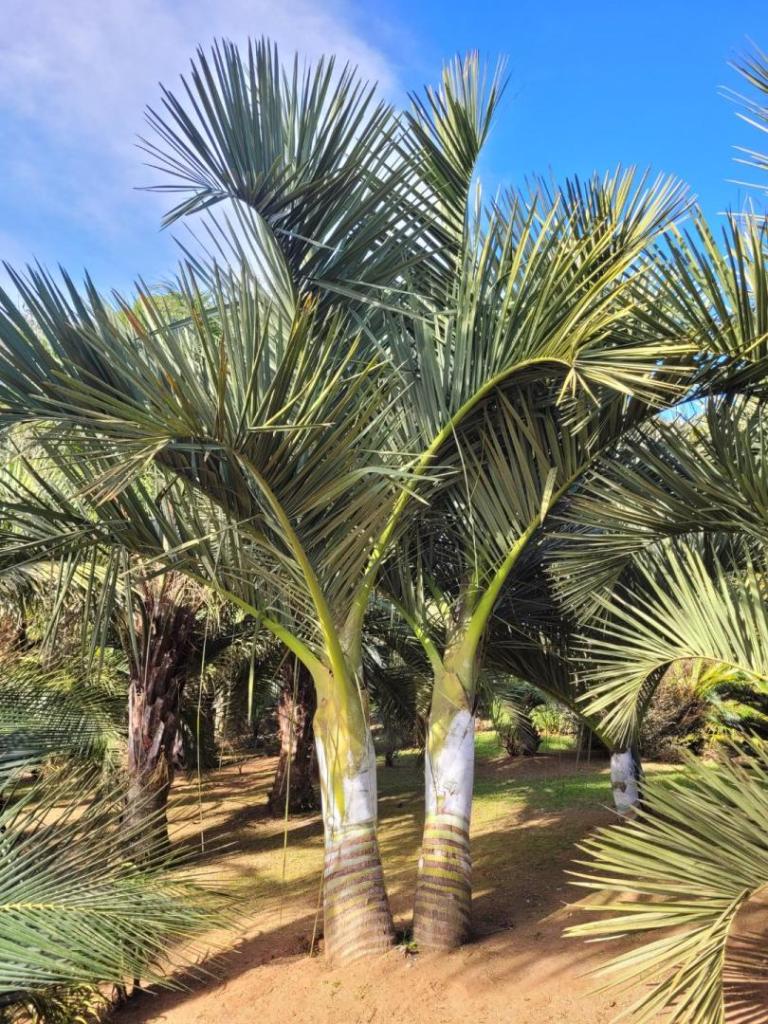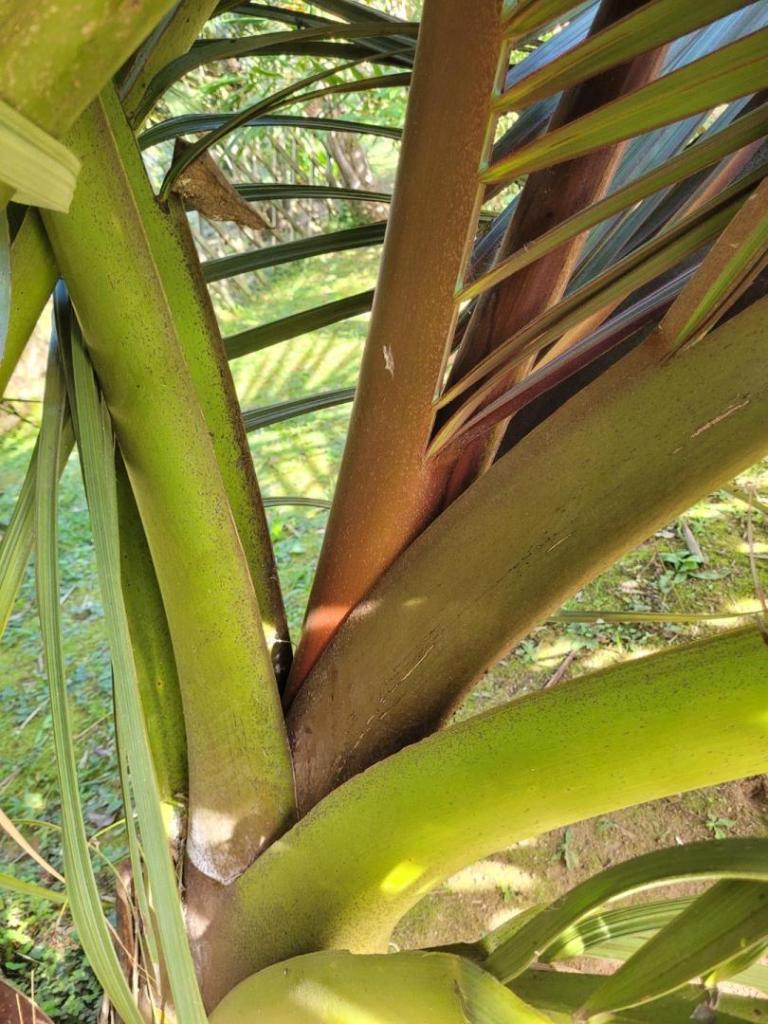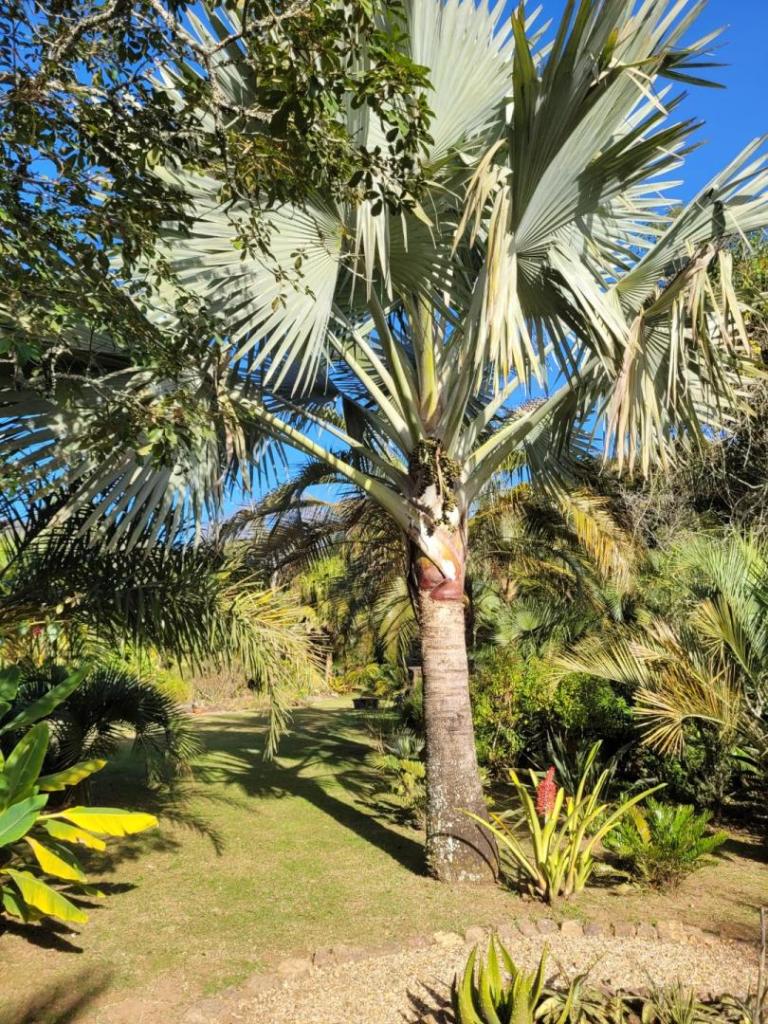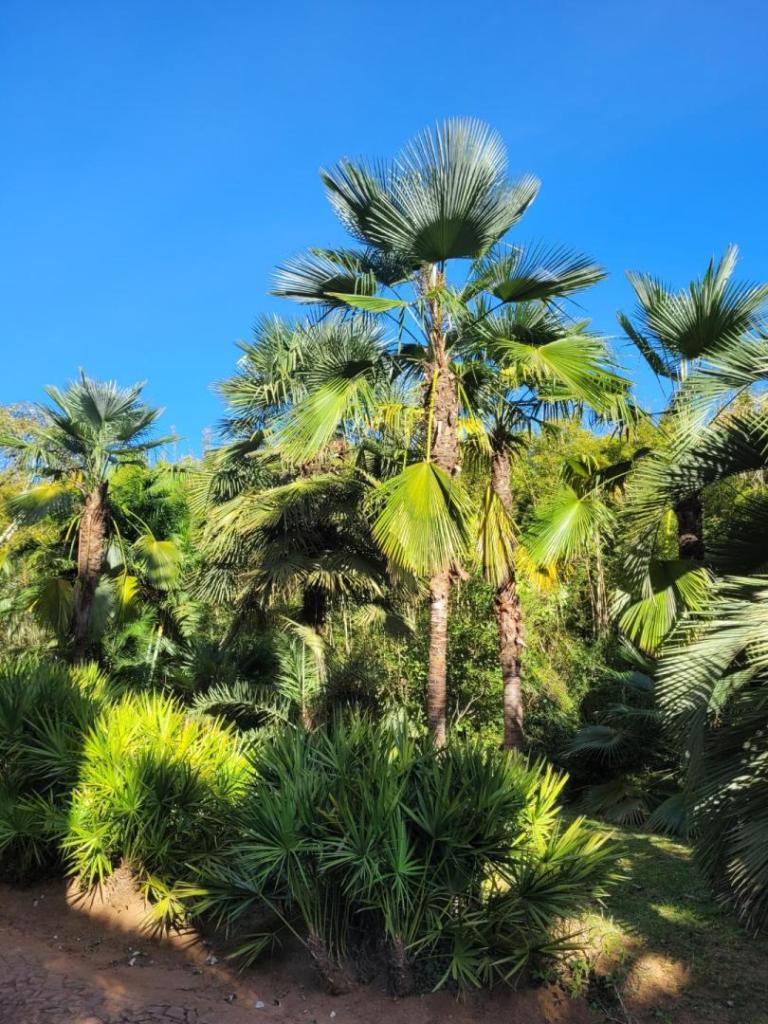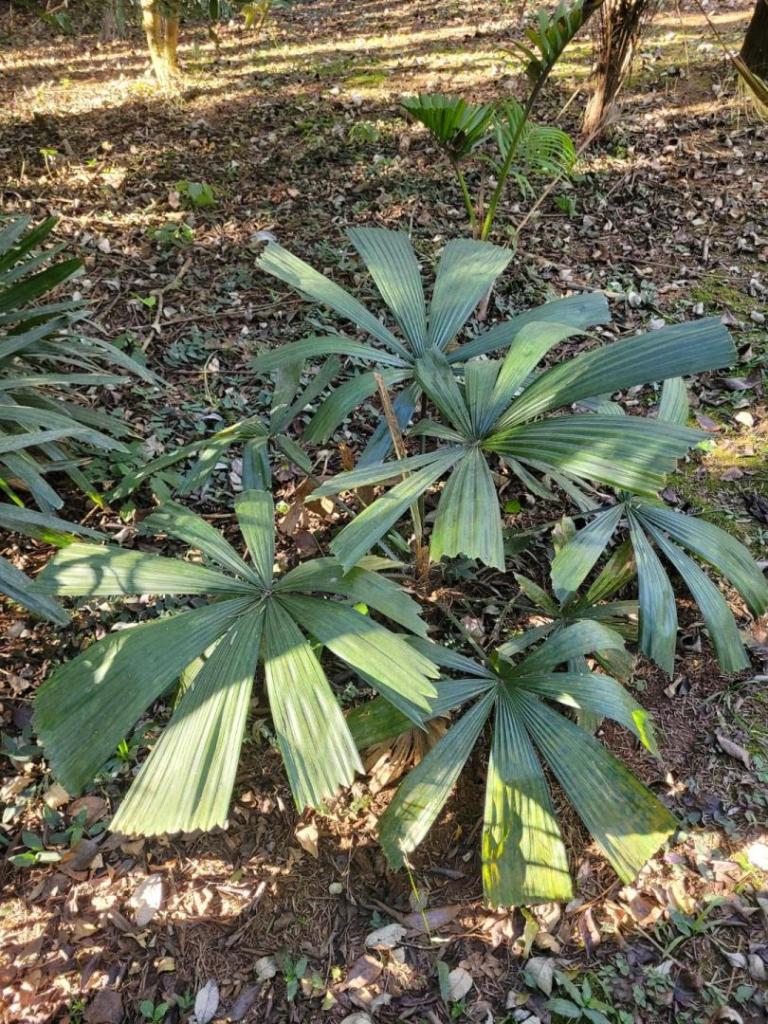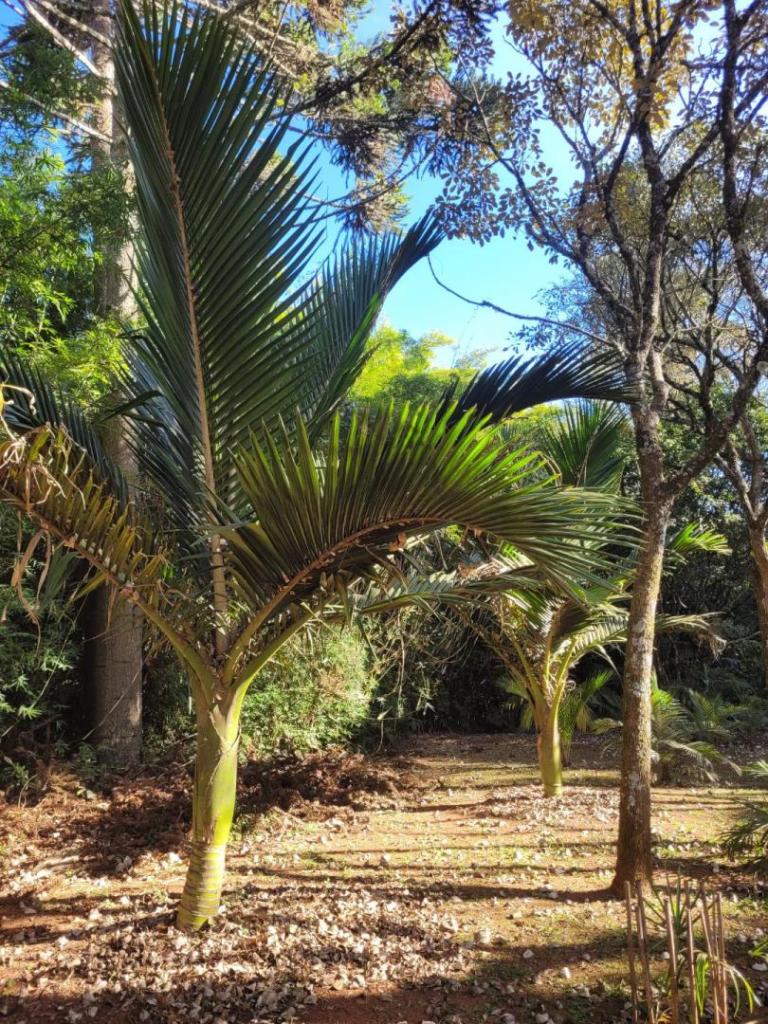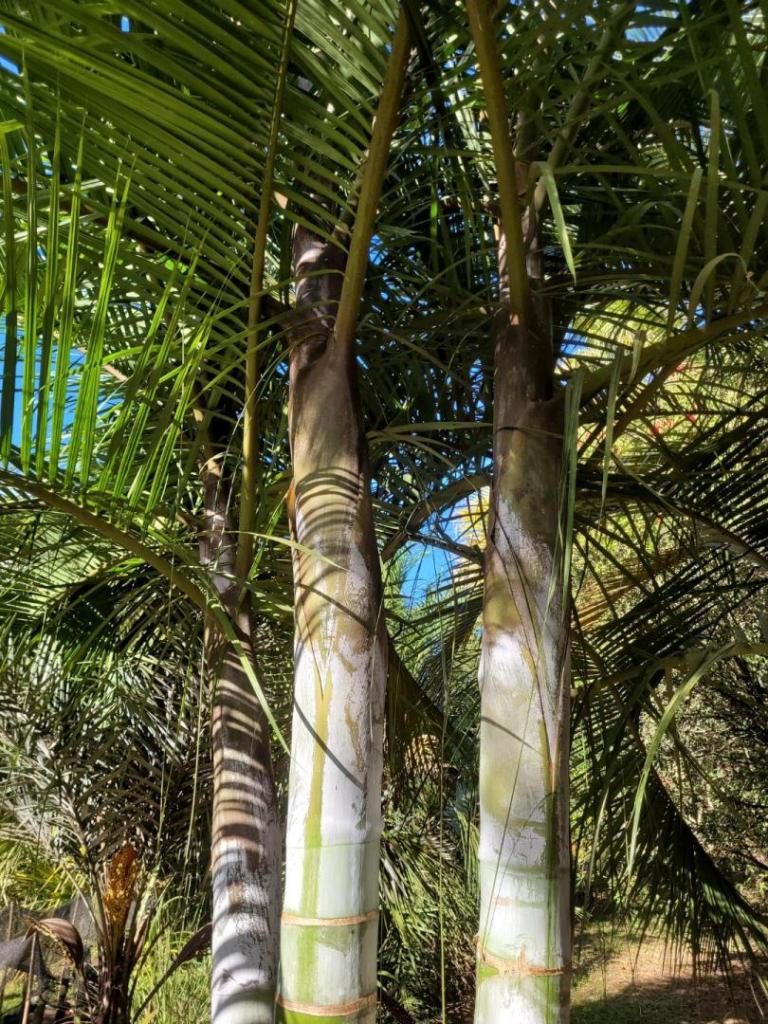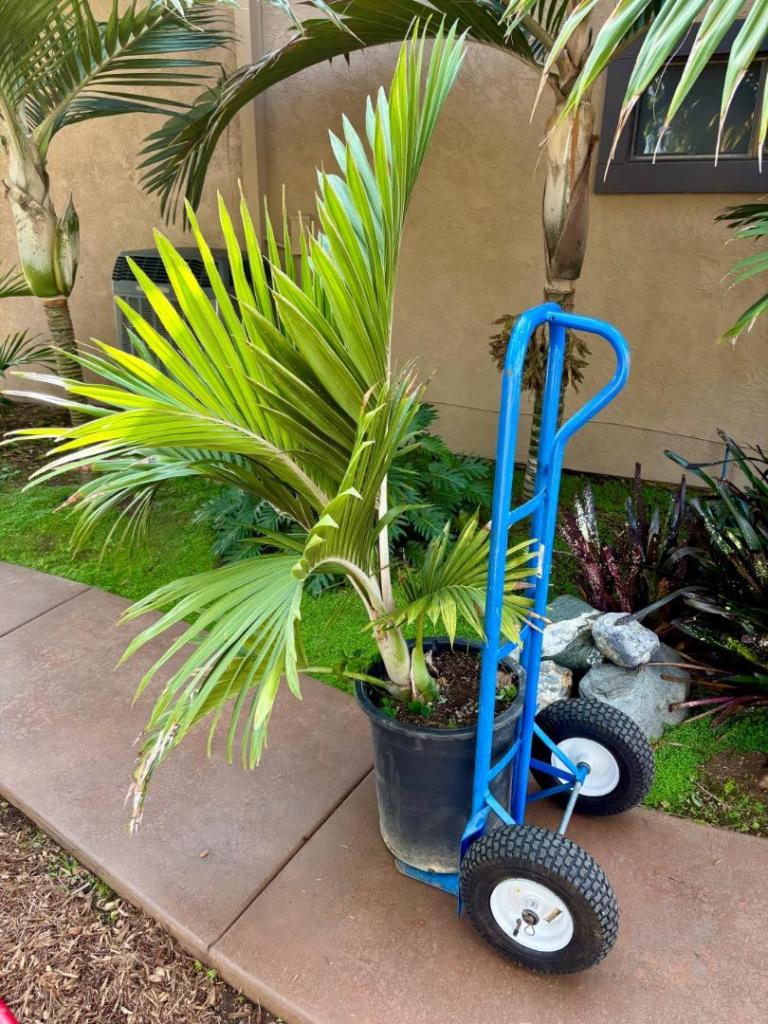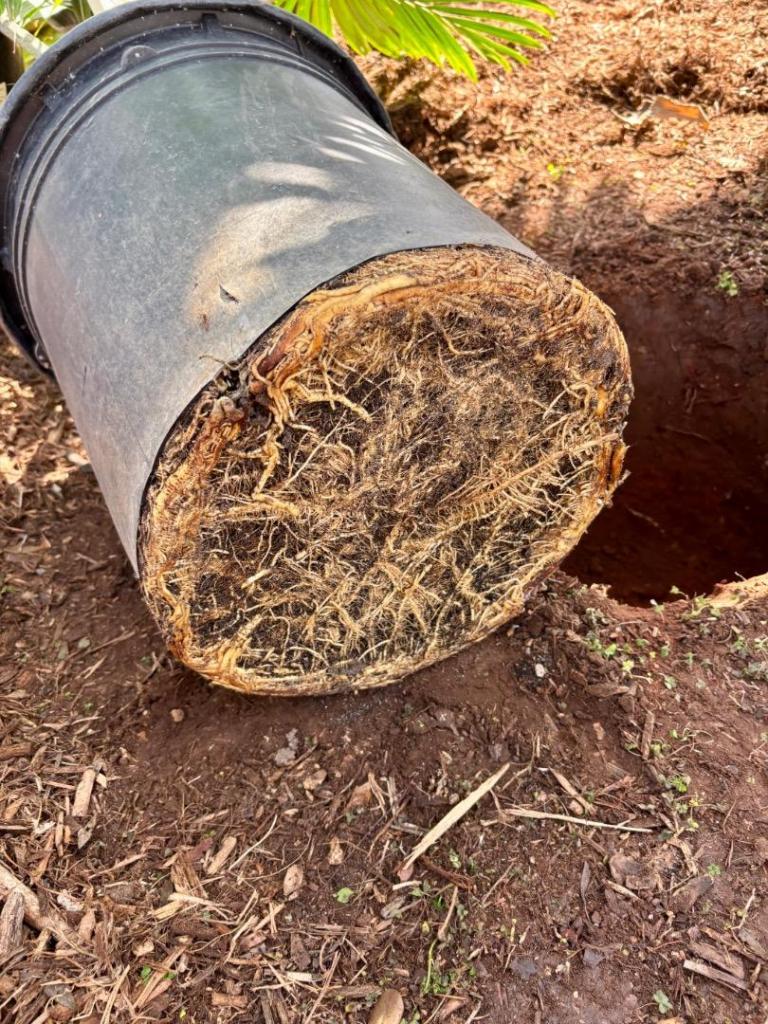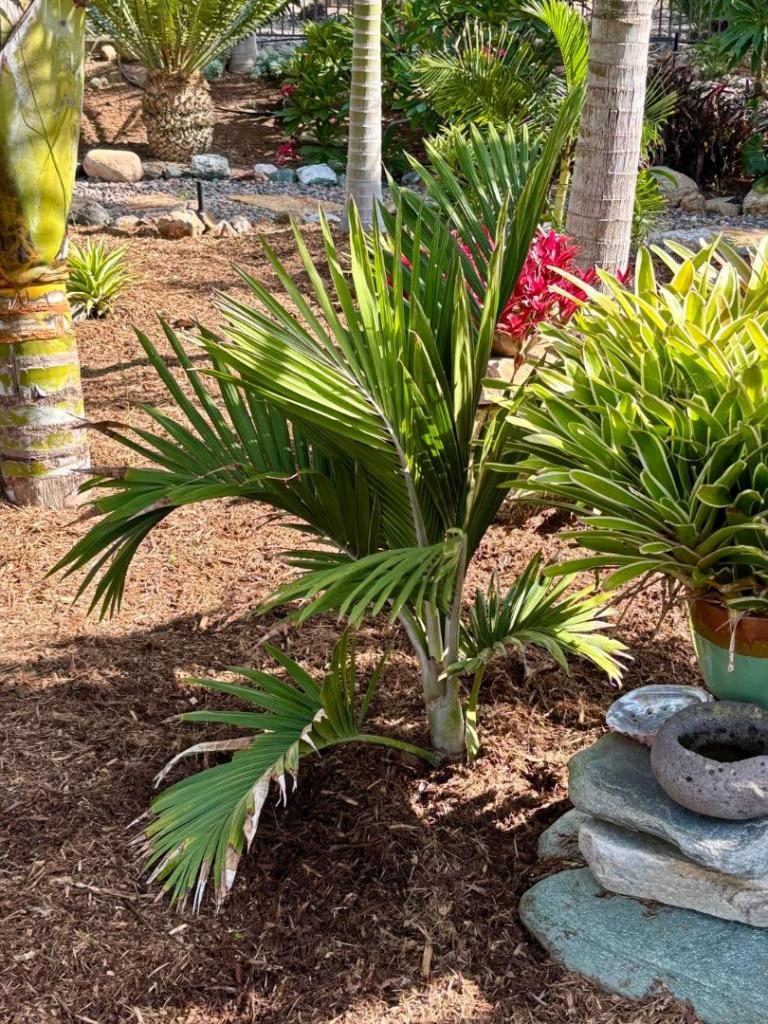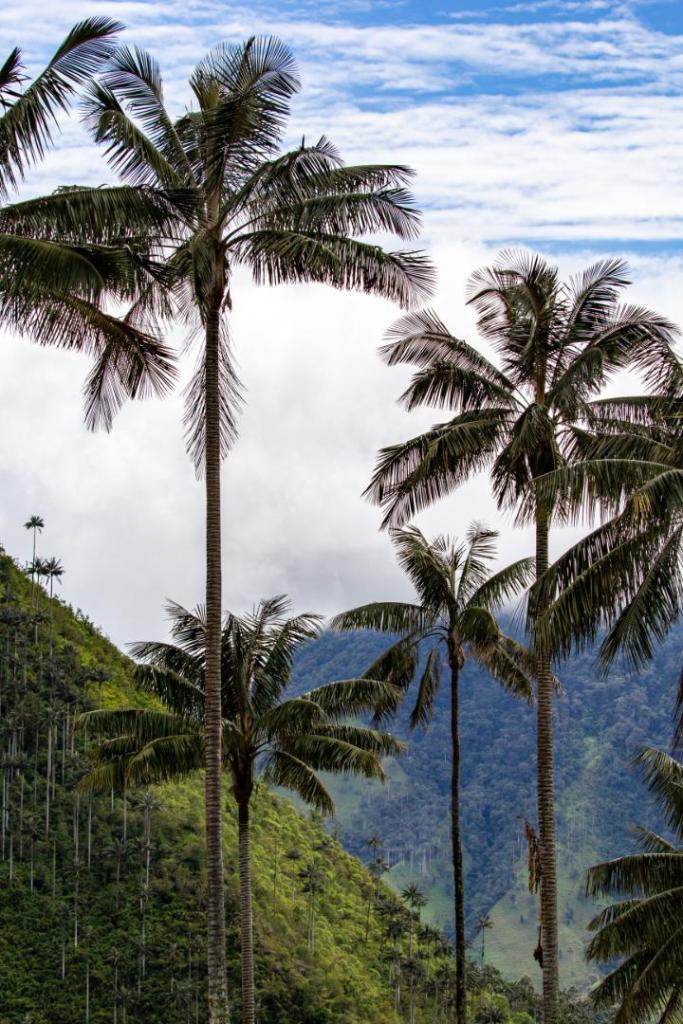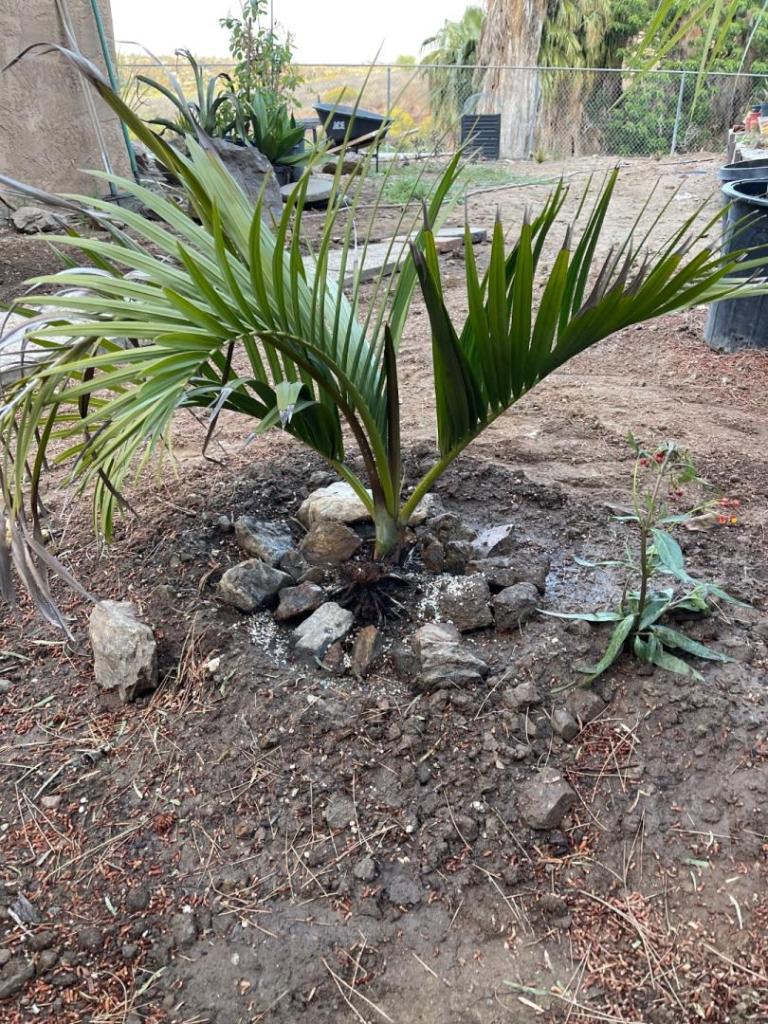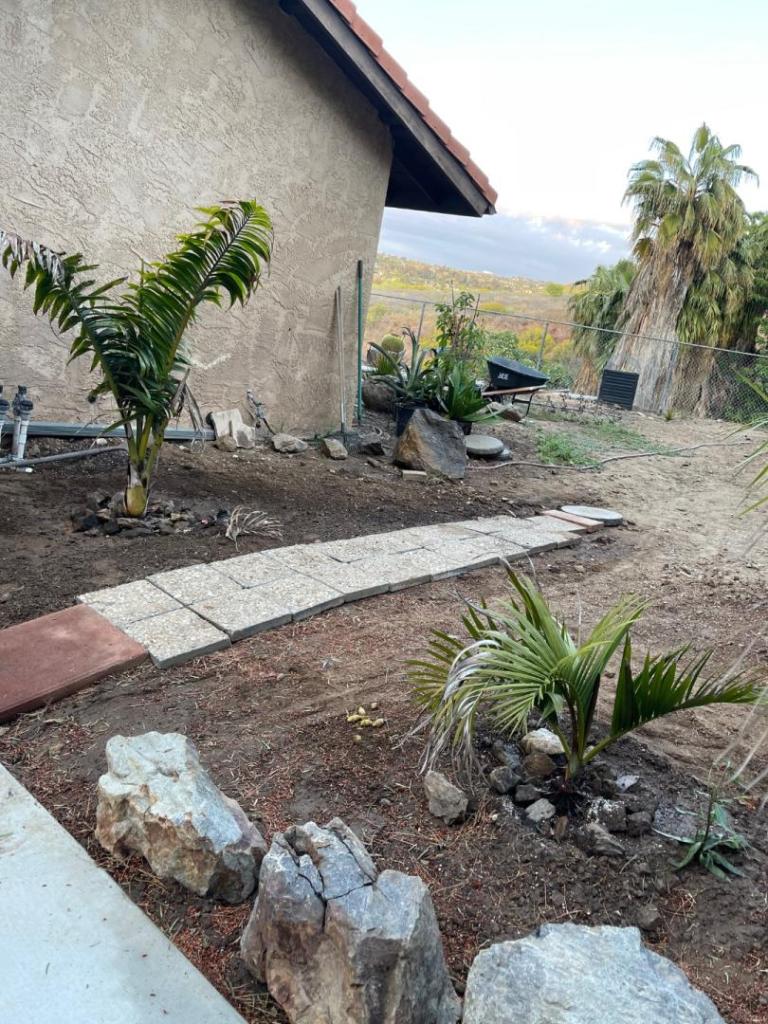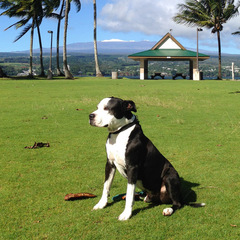Leaderboard
Popular Content
Showing content with the highest reputation since 11/21/2022 in all areas
-
Here is an update on my Ceroxylon quindiuense. The seed collection was in Columbia, 1978, by my late palm mentor, Garrin Fullington. I ground planted it in the spring of 1983. It is a sibling from the same seed batch as the two plants in San Francisco Botanic Garden. I have not found aborted flowers on the ground yet, so the gender is unknown.54 points
-
49 points
-
Trimming some overgrown accent plants and weeds, I noticed a loose leaf base. A little tug, and I screamed! 😱 An actual ring on the trunk was revealed. Just have to share. These palms survived toxic gasses from volcanic eruption, as well as the neglect of an absentee gardener. Oh! My heart be still! ❤️❤️❤️❤️45 points
-
42 points
-
Daryl O'Connor took a few of us around his neck of the palm woods to see some truly outstanding natural areas and private gardens. All were truly impressive, and Daryl was very generous with his time -- thanks again, Daryl! If I had to choose a single photo to share with palm lovers, this is it -- the Tahina spectabilis in the garden of Stan and Jane Walkley. Look for the guy next to the palm, that's Stan. And no, he is not a small guy.39 points
-
As another Fall begins, I was beating myself up about about still having so many palms in pots (vs in the ground). My original goal was to have everything in the ground by this Spring... but life happened and there are still way too many palms in pots. 🙄 But there is ONE area of the yard that is looking pretty nice! So I thought I would post a video tour of my 1st completed area of the yard. ❤️ * I'm a graphic designer by profession, so my yard has a crazy amount of COLOR. I also try to have variety in palm form, heights, and leaf types. Basically it's what happens when someone who normally designs with pixels on the computer switches to using plants as their medium. Oh, and you'll see a few bromeliads & other tropical plants (bromeliads were my first love). Enjoy! @Josh-O - You mentioned you'd love to see the Mealy Bug & Sambiranensis again sometime. Here's a video. Huge thank you for everyone who sold palms to me (including many palms not shown here).38 points
-
I sold Palmpedia several months ago to someone who has the resources and passion to keep it going. It became too much for me alone to continue and provide the time and expense to do it justice. The new owner is an IPS Member, and a long time lurker on PalmTalk. He is a terrific guy, capable businessman, and a palm/plant lover. I think it is a good fit, and the future of the site is in better hands now that he is involved. Give him time, and I expect many more improvements. Thanks to all those who provided financial and emotional support during its creation and almost 20 year run so far. I too use the site often, and hope to for another 20 years.36 points
-
35 points
-
Palms around San Diego, CA! Highlight was definitely the Corypha umbraculifera. The owner was kind enough to investigate the strangers outside admiring his garden, and he states that he bought it as a seedling 25 years ago at Huntington Botanical Gardens and that he treats it against weevils every 4 months, as the weevils have unfortunately claimed a few of his palms already, including a 40 foot Bismarckia.35 points
-
35 points
-
35 points
-
This has been a fun palm to watch grow. I planted it in 2012 as a solid dark green 1 gallon. Slowly it became more and more silver on the bottom of the leaves and then started to turn silver on the tops. Now I have to climb on the roof to shoot a pic of the tops of the leaves and they are solid silver only loosing some their color as the leaf ages. Sorry for the Bigfoot quality photo on the first shot.34 points
-
34 points
-
34 points
-
Got an opportunity to stop by Jim's garden over the weekend. I enjoyed taking some of these photos, despite the difficult lighting conditions (bright highlights, dark shadows). Did a little post processing work to bring these photos to life. Hope you like them. Click the link to view the album. https://photos.app.goo.gl/GneVpq1VwwjRpdYr834 points
-
34 points
-
This will likely be the last time I'll get to post about this tremendous success story of growing Satakentia liukiuensis in California. Unfortunately, our home owners insurance has issued us a cancellation notice unless we're able to comply with basically removing all of the palms in close proximity to my home despite all of them being healthy, well watered, and none of them carry a skirt of dead leaves; basically zero risk of catching fire. We've searched around and no other insurance company will cover us as they're all trying desperately to exit the market. The insurance market in CA is a disaster, but that's a story for another day. I figured I'd post pics one last time of this palm that has yet to flower/fruit, but is thriving none the less. It currently stands at 15' tall overall w/ 5' of clear trunk.33 points
-
33 points
-
33 points
-
33 points
-
33 points
-
33 points
-
Today is the Sunday before Easter, when Jesus rode into Jerusalem and people hailed his arrival by cutting leaves off palm trees and dropping them in the roadway. Hence Palm Sunday. I remember when I was a kid going to church and we'd get these little crosses made of what looked like leaflets from Sabal leaves, tied into a neat bow. But, here, every Sunday is Palm Sunday and wishing all of you a happy Easter. And a happy palmy Sunday, Monday, Tuesday, Wednesday, Thursday, Friday and Saturday. And, show us some palm pictures! We won't say too many palms, or palms're ugly . . .33 points
-
32 points
-
Just letting leafbases fall off, this one went into the ground august 2010 as a just going pinnate 3 gallon and was burned just about to the ground in the 2010 dec cold event with heavy frost(28Fx2 plus frost). The adirondack chair is 30" wide at the handrests. The distance from house to black fence at the border is 35'. that is about the width of the palm. This is one year out from hurricane IAN which spread out the previous more upright form. By comparison my 30' bismarckia is about 25' wide. I have two others planted same size same time in less than full sun and the are no more than 2/3rds the size of this one in all day sun. They do grow notably slower/smaller in shade it seems.32 points
-
32 points
-
31 points
-
31 points
-
Hi everyone ! Since I get precious advices and great pictures from old post I though I should introduce myself. I live in Guadeloupe, French West Indies. I have bought my house 3 years ago with a totally virgin garden, and have been planting since. I am lucky to have nice weather for palm tree, and have been able to have 40+ species. Most of them a young, started from seedling, or even from the seeds. Here are some pictures of my garden, hope you like it.30 points
-
30 points
-
30 points
-
30 points
-
29 points
-
29 points
-
Going into it's 7th year with over 60 palms in relatively cold 7A! Here is some transformation photos/video 2018 (Front corner) 2022 (Front corner) 2017 (Back side) 2022 (Back side) 2017 (Side corner) 2022 (Side corner) 2019 (House edge) 2022 (House edge) 2020 (Rear side) 2022 (Rear side) 2019 (Side path) 2022 (Side path) 2016 202229 points
-
Last summer I visited the northern part of Lake Norman, and was surprised at the large number of palms in the area. I always thought north of Charlotte and you might see occasional windmills, but I found a surprising number of other palms too. These are all in Western Mooresville (near where 150 goes to the bridge) and Sherrills Ford. Heres a video i made showing some of these, as well as more I couldn't get good photographs of. By far the most popular was windmills, on some roads they were the sole palm used, some look like they've been there a while. Next up, the Sabals. Surprisingly I found a fair number of mature established Sabal Palmetto, Across the street, some naturalizing Palmetto left to grow. Mixture of a Palmetto, Needle palm and Trachycarpus Sabal minor while less popular, was present including some large specamins, Needles, also not so common though I happened upon a very large double clump mixed with Musa Basjoo Among other palms, I only happened upon a single, small Butia. A single small European Fan Palm Few Sagos mixed in, More Windmills, Saw a fair amount of Cordylines in the area, none very big this a typical sized one Interesting assortment of Prickly Pear, and trunking Yucca species Hope you all enjoyed29 points
-
29 points
-
29 points
-
Today, a new palm genus from Vitenam,Truongsonia lecongkietii, was published. This new palm is so peculiar that it required not only a new genus, but also a new tribe in the classification of palms (Truongsonieae) to accommodate it. Most extrpardinarily, its closest relative is the African genus Podococcus! It may be diminutive and unspectacular, but botanically it is even more remarkable than the discovery of Tahina (personal opinion, of course - I realise that this is heresy!) Unfortunately, only 10-15 plants are known in the wild, rendering it Critically Endangered. You can follow the link below to freely download the full article pdf, which is heavily illustrated for photographs. https://phytotaxa.mapress.com/pt/article/view/phytotaxa.613.3.129 points
-
29 points
-
Hi everybody. A long time since I posted here, but I always remember you all ( thanks Jeff) and the nice and sometimes deep level " talks" on this fora. Yes, I'm still in palms. 😀. Posting sometimes on Facebook. Inspired by the Huntingtons Garden, that I saw years ago, I'm working hard to finish my garden with succulents, cactus, bromeliads , cycads and others. Still looking for some palms like Brahea decumbens, the real Ravenea glauca, Ravenea cycadifolia, etc. Some pics of the garden this week ( it''s dry lately)29 points
-
28 points
-
28 points
-
28 points
-
My last property update was in 2021, so I thought it was time to do a recent update, which I made last month (October). There's nothing special about my palm garden, nothing really exotic as I'm limited by my zone 9b climate. The past two winters it dipped to about 30 degrees F for one night each winter, so in essence I'm right on the 9b/10a border. But three winters ago it dipped to 27 degrees at sun up for one day. My coconut palm got some burn that winter. I don't think my garden saw anything lower than 27 degrees F since December of 2010 when I recorded my all-time lowest temperature of 20.7 degrees on a radiational cooling night. I don't think my garden (in the past 25 years) had ever been damaged by an advective freeze, as the lowest advective freeze I had, my open yard temperature was just above 29 degrees F with no frost (no frost is the key). Without exception all my devastating freezes were radiational with heavy frost. During the above devastating freezes I used to protect (to at least some degree) my most cold/frost sensitive palms. Because of my age (75-years-old) and suffering from an aggressive form of prostate cancer -- and just recently came down with Rheumatoid arthritis in both shoulder and hands -- it's become too difficult to protect my cold sensitive palms like I once did. Even if I were younger and in better shape it would be hard to protect many of my palms because they are now too tall. Hopefully, I will have another relatively mild winter and my palms will receive little or no damage. In any event, click on the link and check things out. I'm located 2 miles N.E. of the small town of Lake Placid, Florida.28 points
-
Back in late 2022 Hurricane Ian tore all our gardens apart. We lost dozens and dozens of palms and tropical trees and continue to lose others almost two years later. Members of PT generously donated replacement palms for which I will be eternally grateful. We lost 80%+ of our shade canopy - it's returning, but slowly. Early in 2023, my husband's lymphoma returned but this time did not respond to chemo. He became very sick and we were unable lay mulch, fertilize or plant. Our usual rainy season was replaced by record heat and drought. By midsummer he was accepted into Moffitt Cancer Center for CART treatment using his own engineered cells. We spent most of last fall living in Airbnbs while he was hospitalized for weeks.When we finally moved home I was his sole caretaker for the following 6 months. The winter was wet, sunless and chilly and I couldn't work in the yard until April. But starting a few weeks ago we were well enough to contemplate whether we could tackle yard work again. We bought multiple pallets of mulch and paid several people to spread it. We also bought about a dozen bags of time release fertilizer and managed to spread it before the mulch. I have also been repotting Aspidistras and investigating potted philodendrons. It's still something of a struggle finding shady areas to place them. We have palm seedlings we germinated as replacements for the many dead/dying palms. But the weather has turned hot and dry so we don't dare plant anything outside the irrigation zone for fear it will be burned to a crisp by sun and lack of rain. Planting will have to wait until at least mid-June. As I have posted few, perhaps no, yard photos for the past year +, yesterday I snapped some shots of our back yard jungle and part of the Garden Lot. First up: A few background photos Back Yard Jungle from the East Back Yard Jungle & Rhapis laosensis looking east Cocos nucifera looking SE in Back Yard Jungle Back Yard Jungle looking east Jungle Palms Areca catechu Semi-Dwarf Hydriastele beguinii 'Obi Island' Howea belmoreana Attalea butyracea 'Mutant Leaf' Howea forsteriana Ravenea julietiae Golden Adonidia merrillii Chambeyronia houailou Carpoxylon macrospermum Syagrus schizophylla Licuala rumphii i Large Cocos nucifera in Back Yard Jungle More photos tomorrow. Enjoy28 points
-
Like the title says I’m posting these as dypsis jurassic park and dypsis decipiens despite the name change . Jurassic park came from jd andersen as jurassic park had it in a 55 gallon trash can for the last 2 years . Dypsis decipiens came from Perry glen . Planted these today man it feels good to get these in the ground28 points
-
28 points

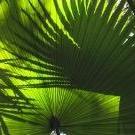

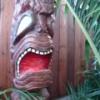
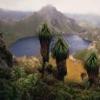












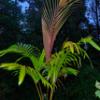






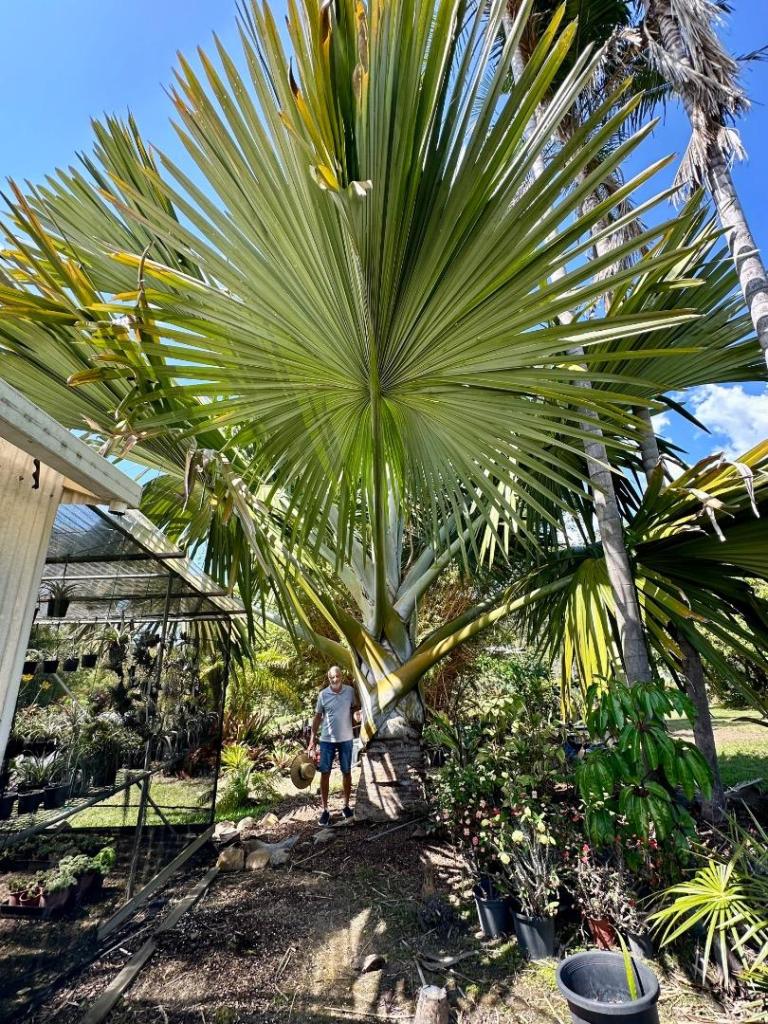

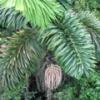


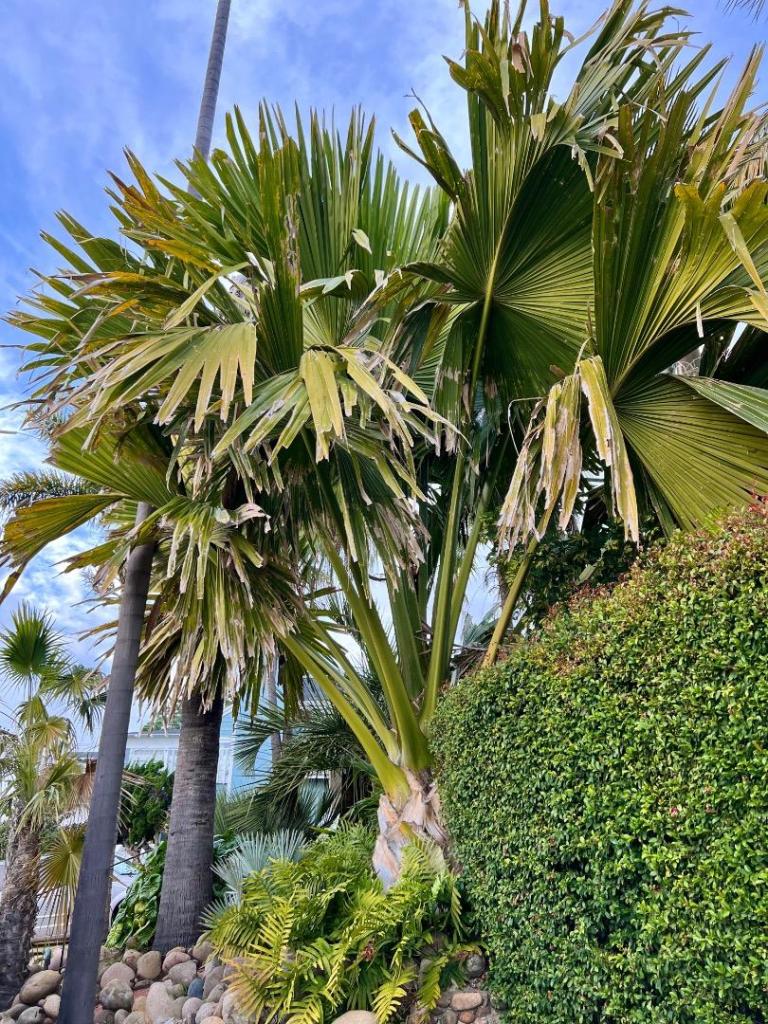
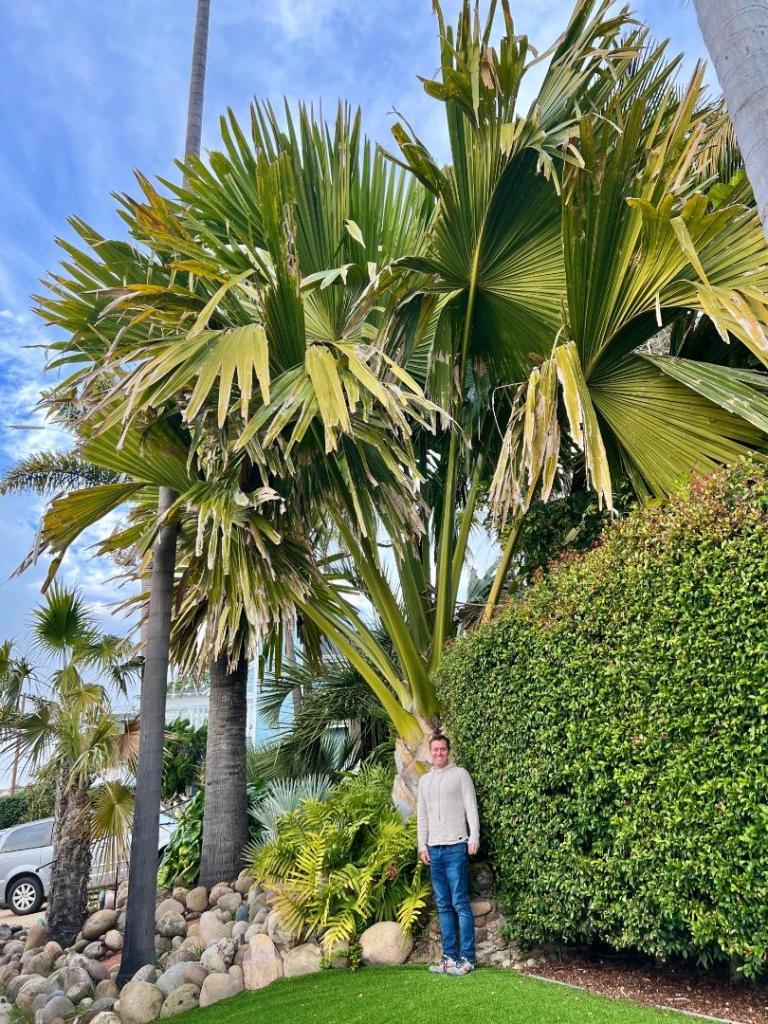
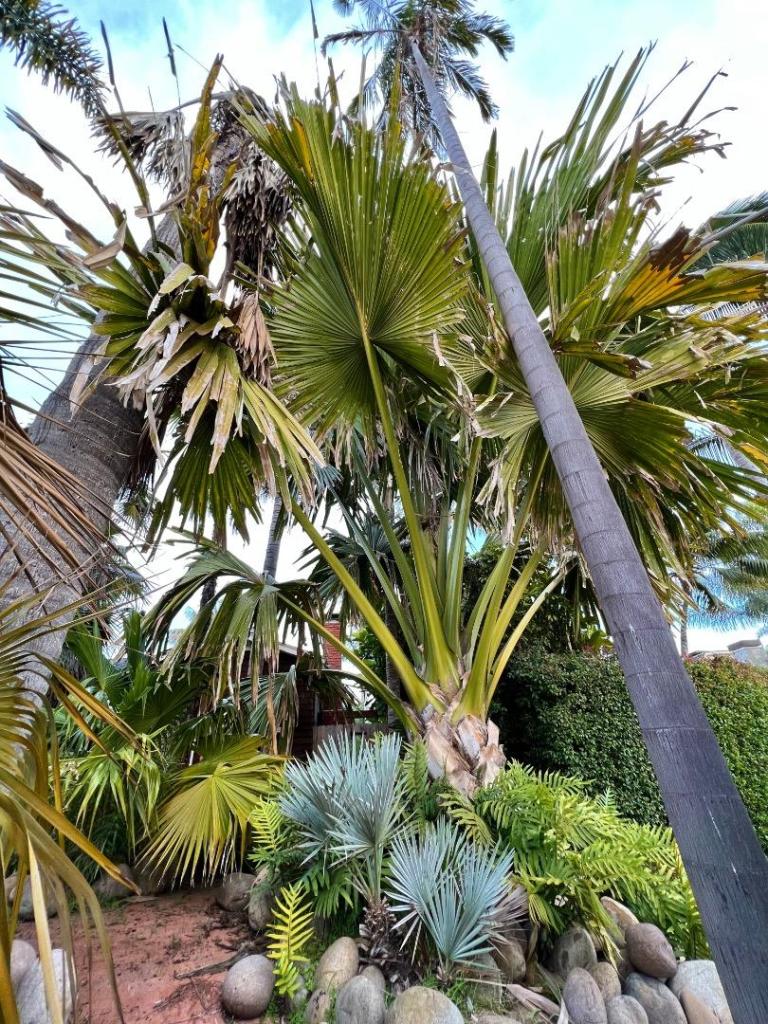
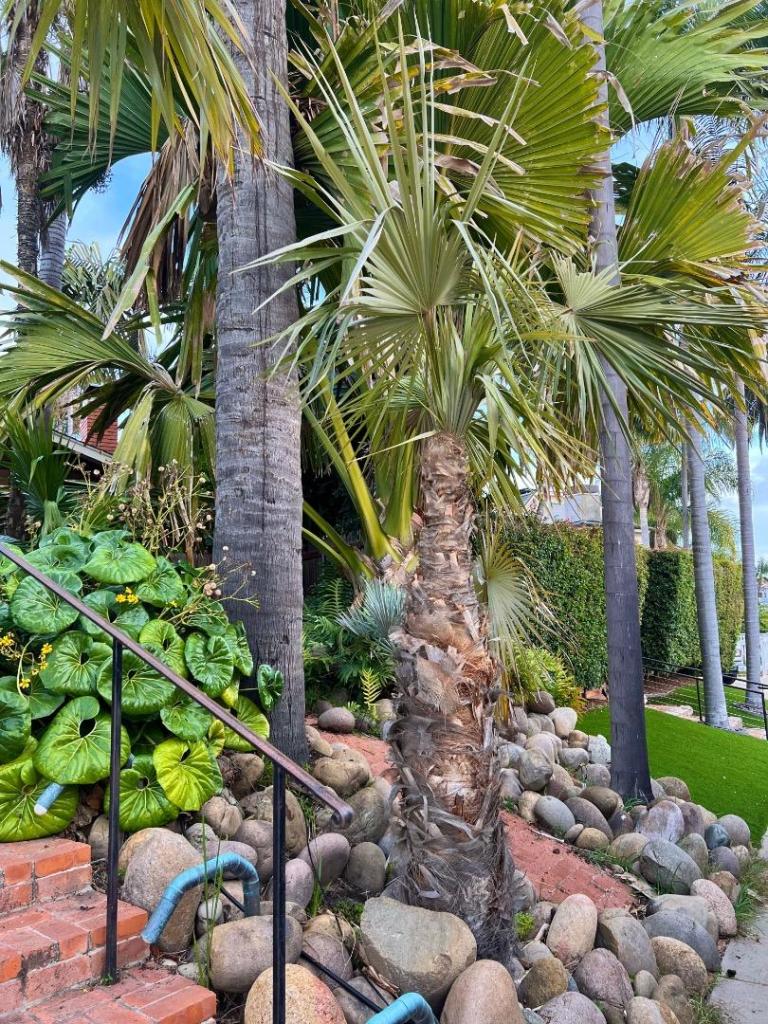
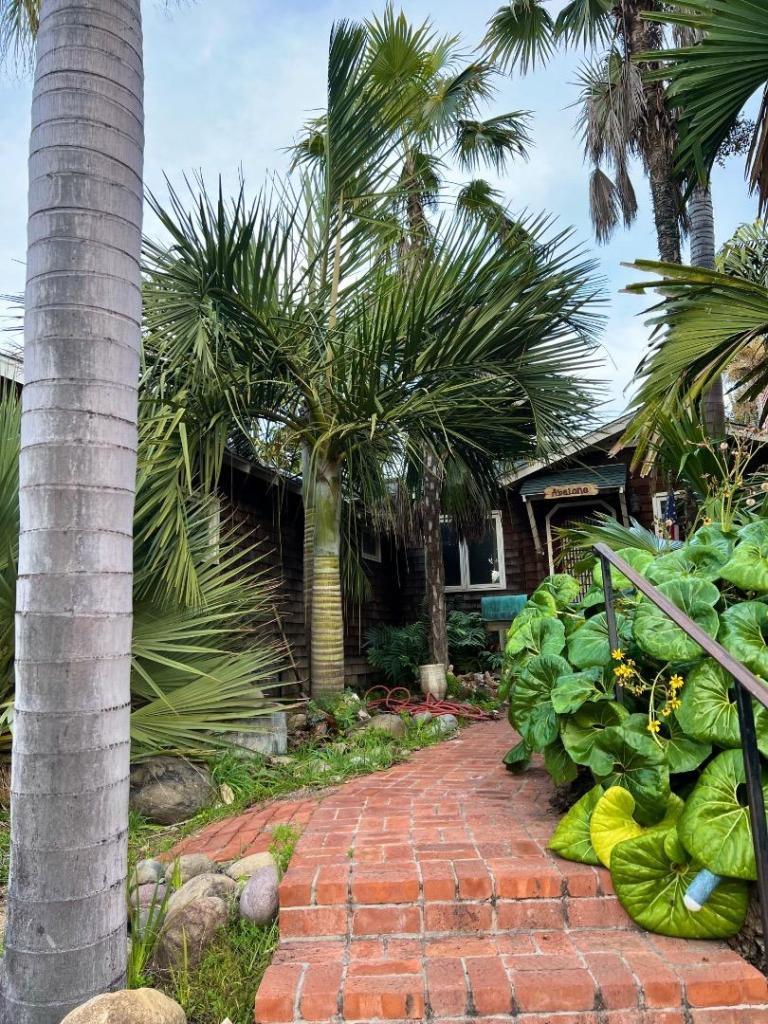

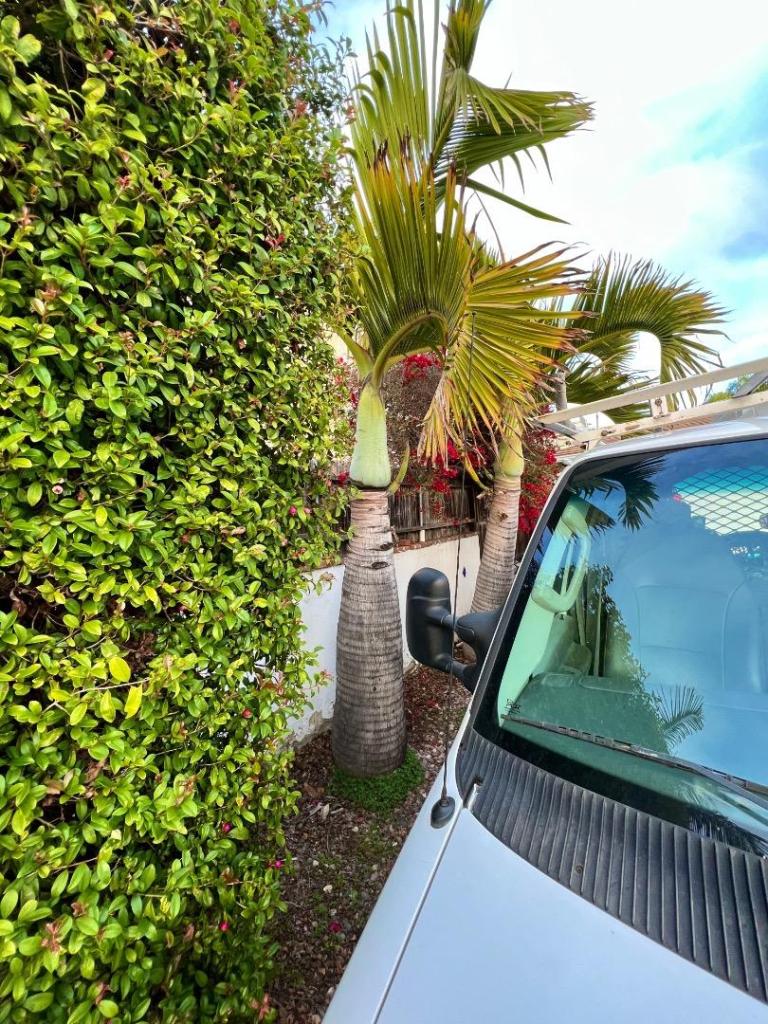
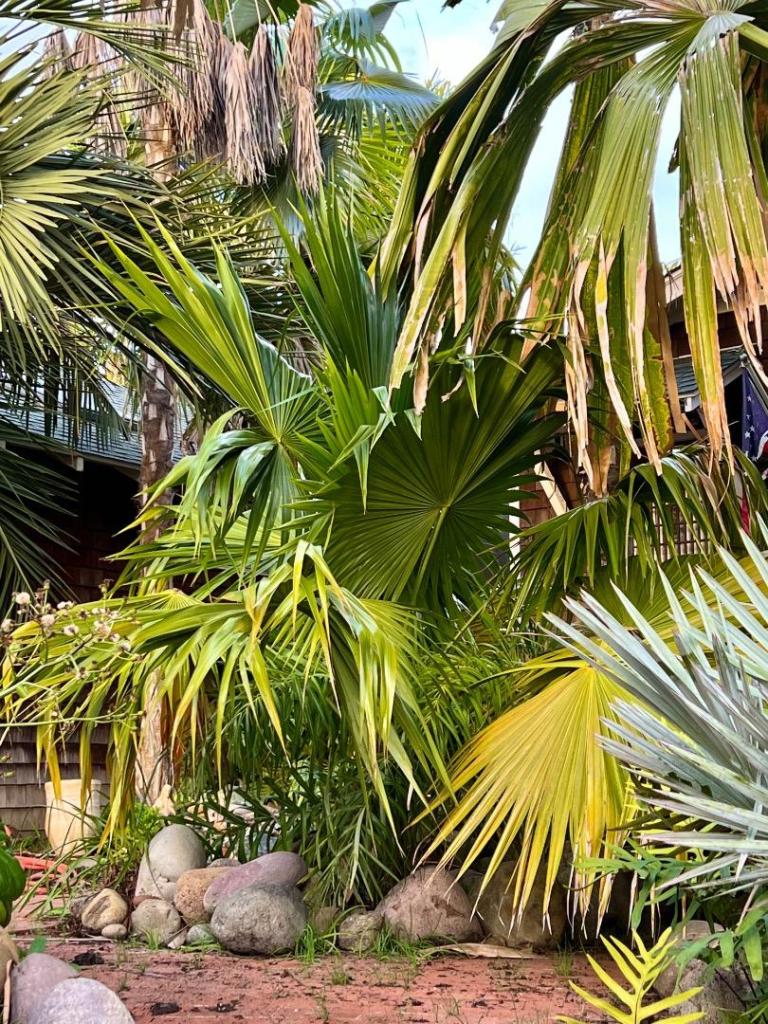
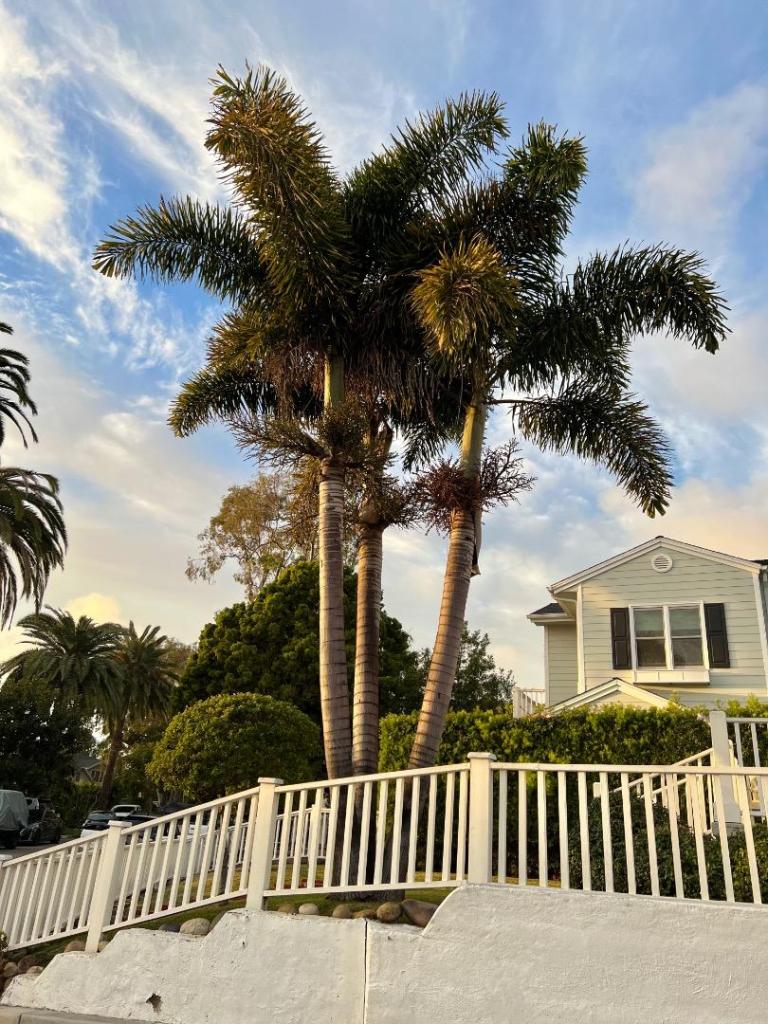
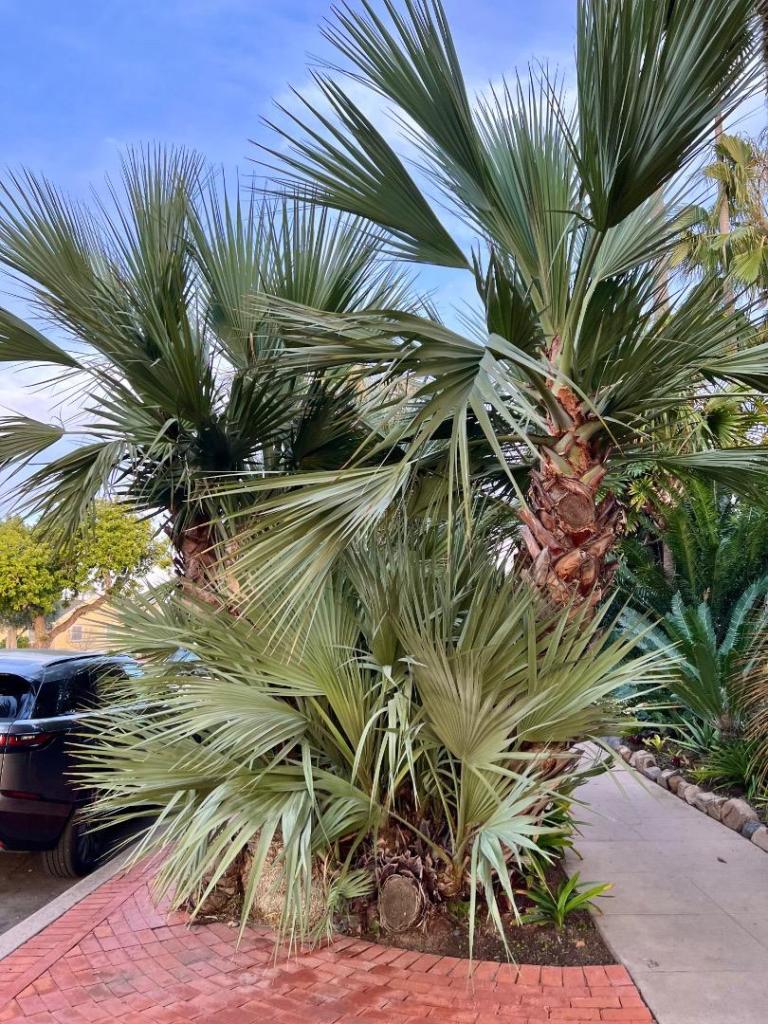
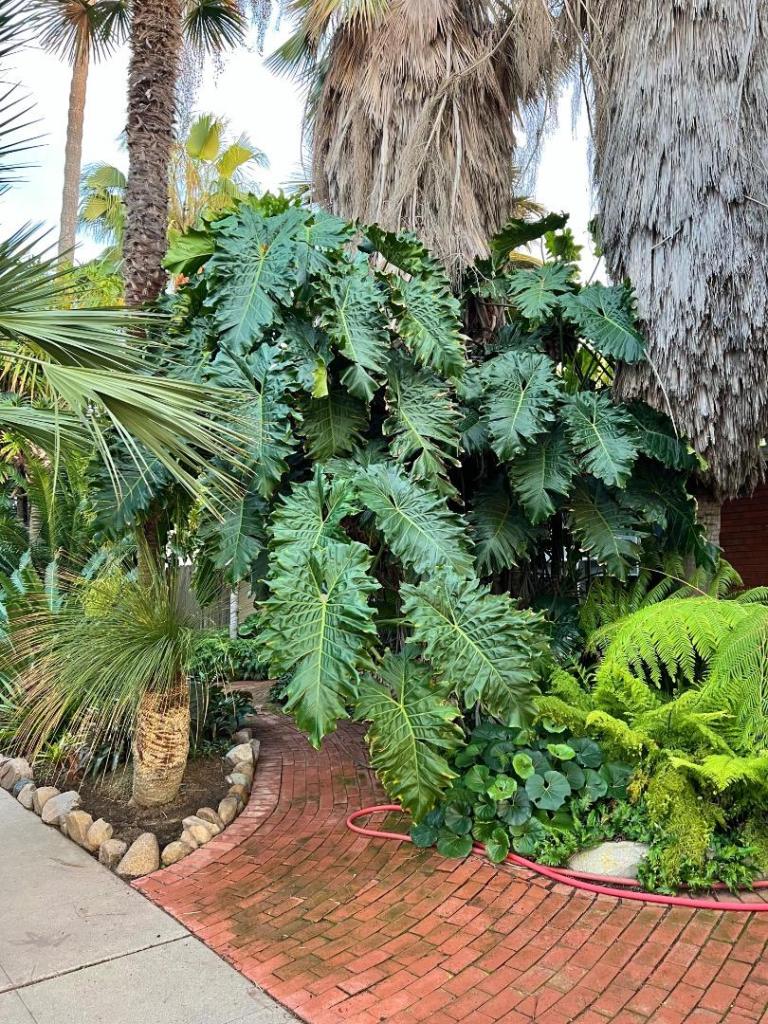
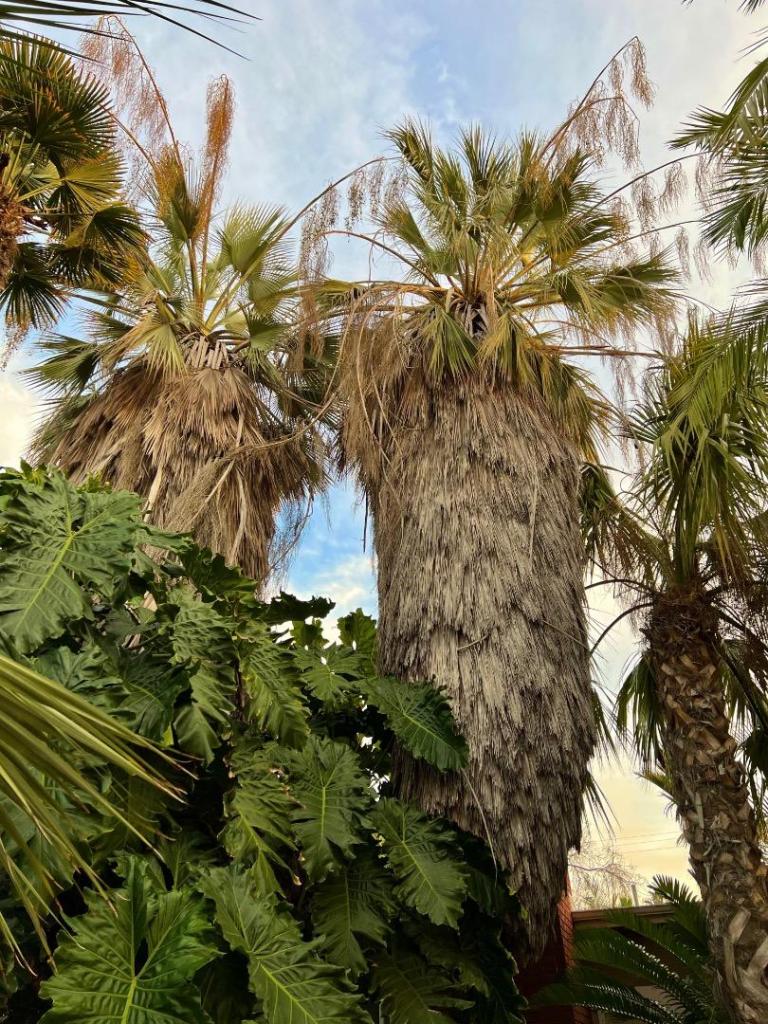
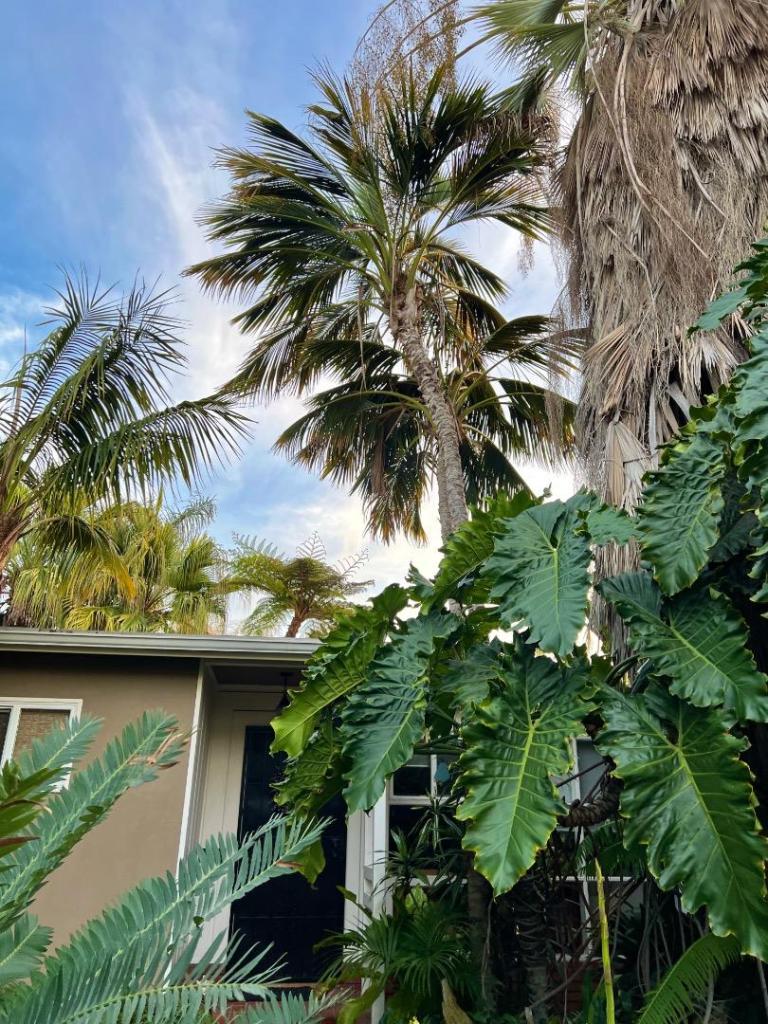
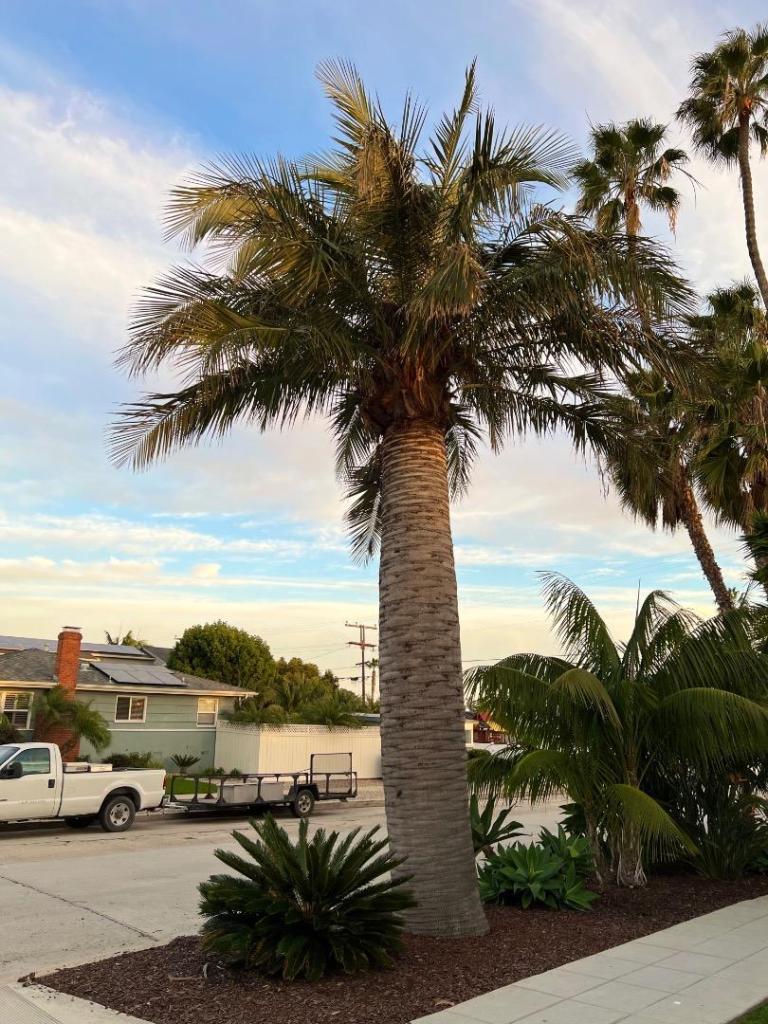
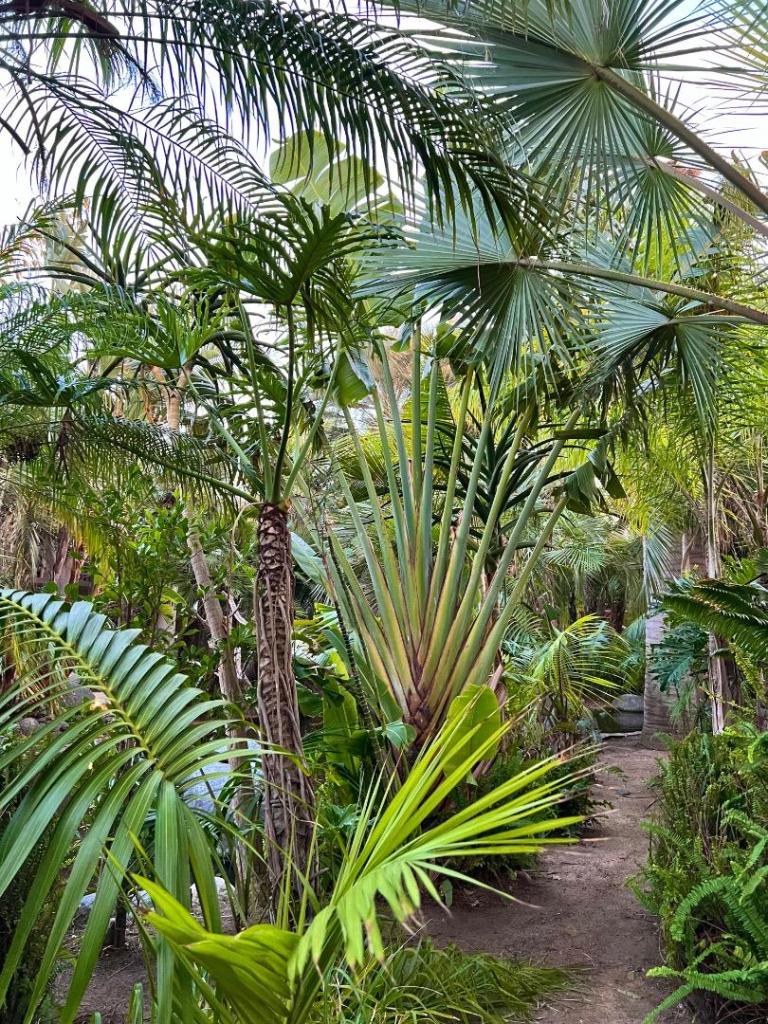
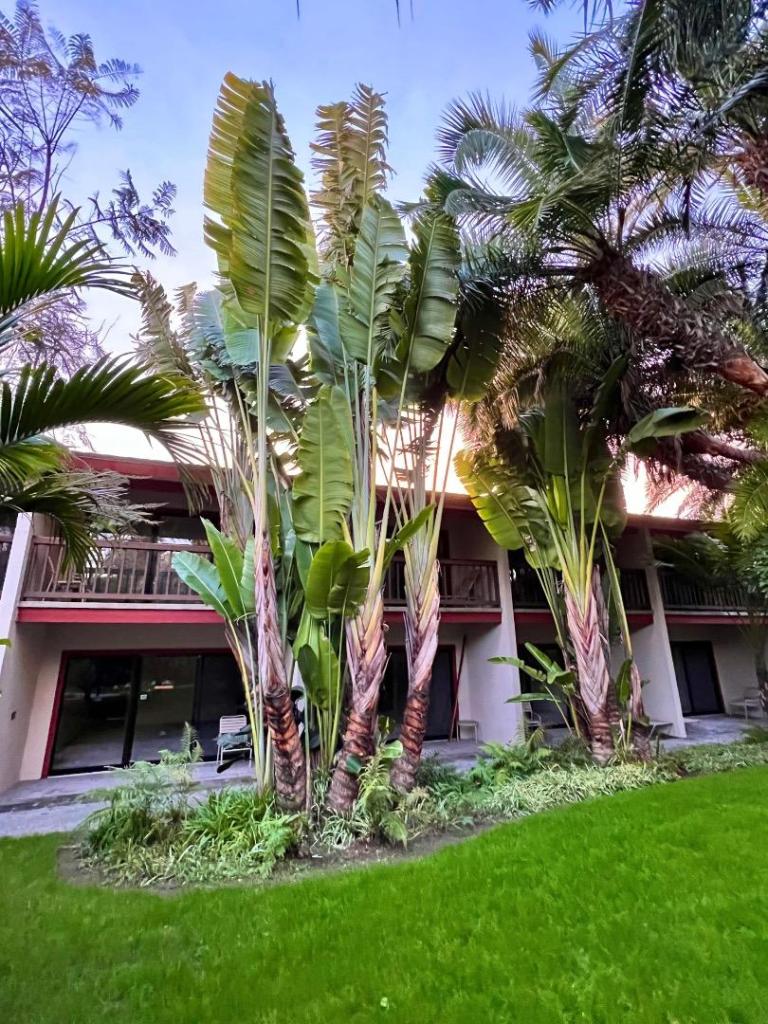

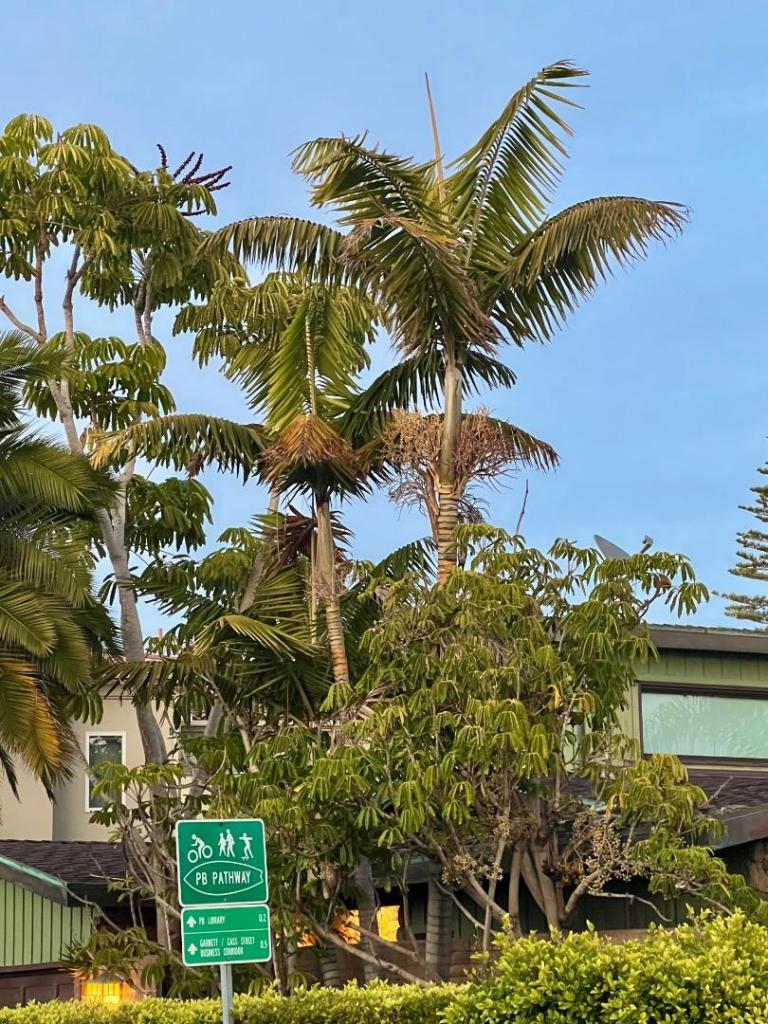

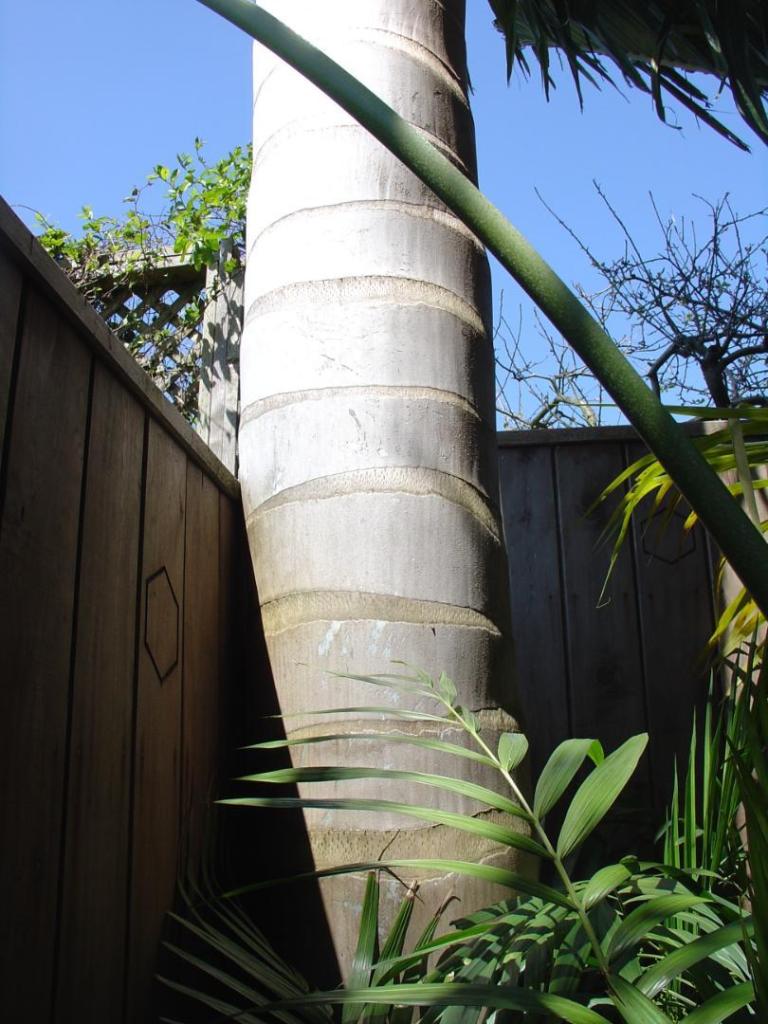

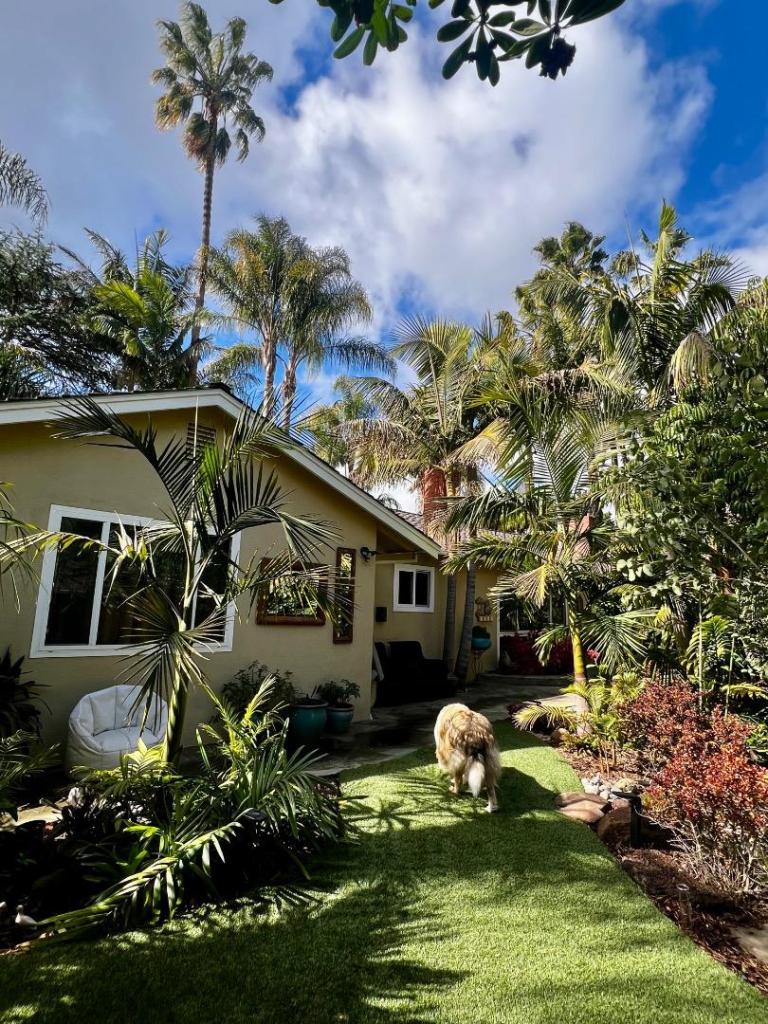
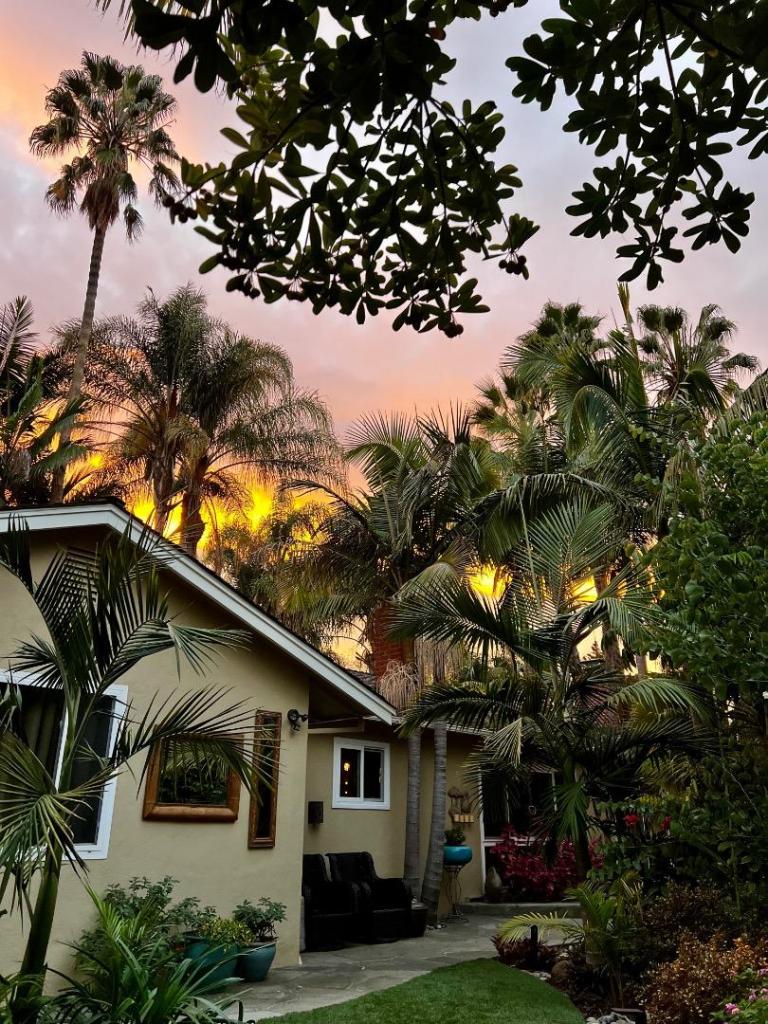
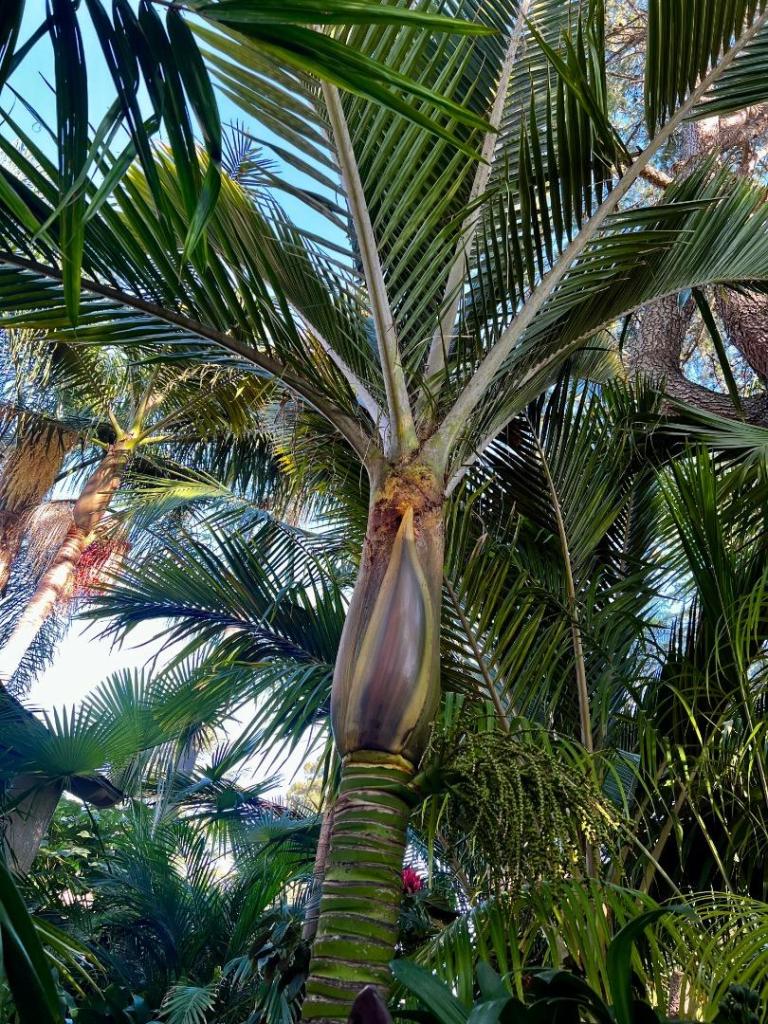
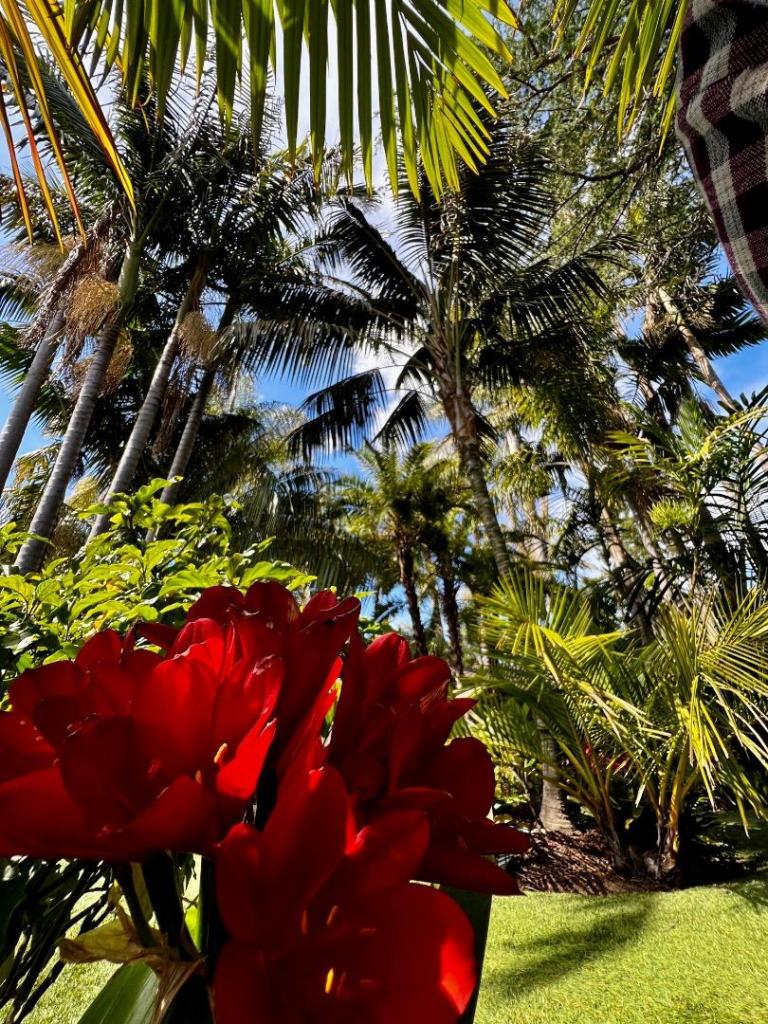
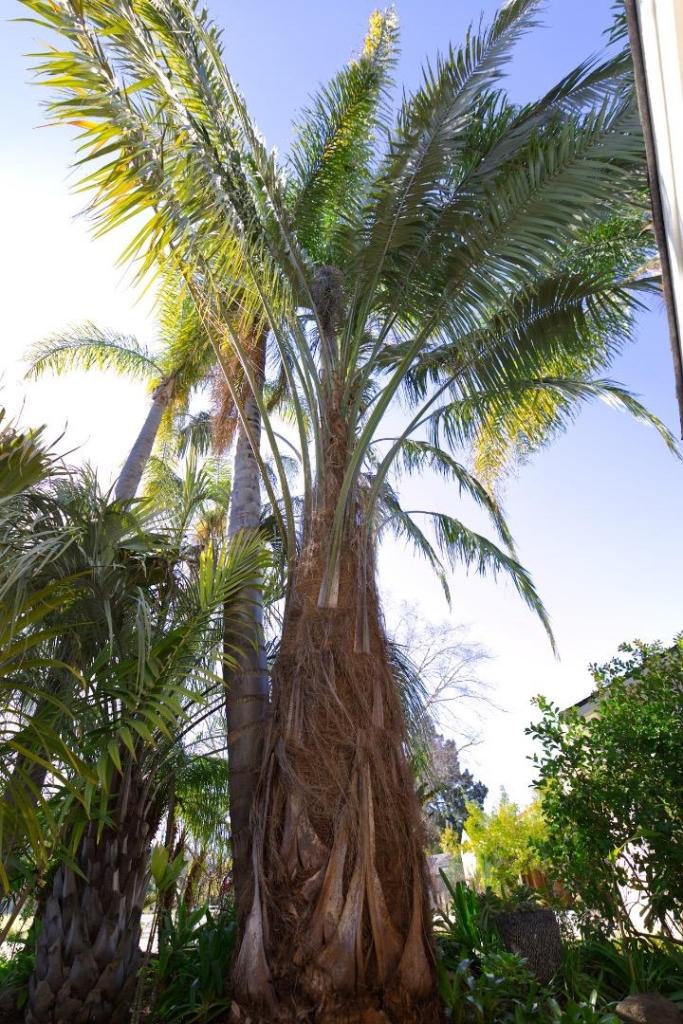
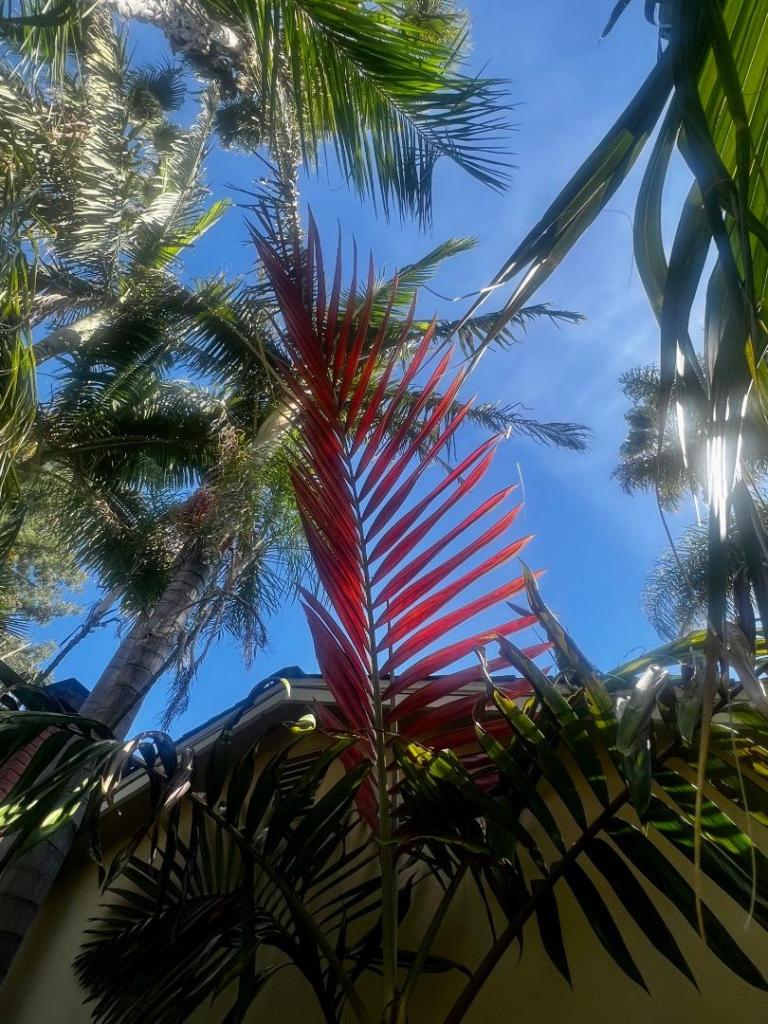
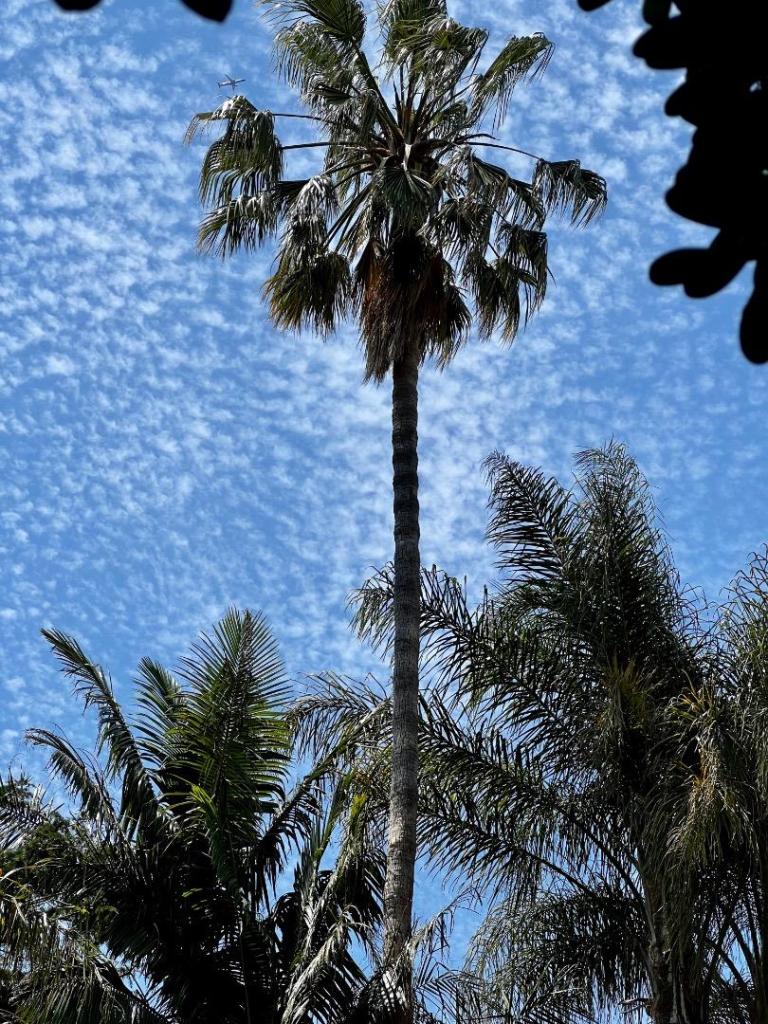
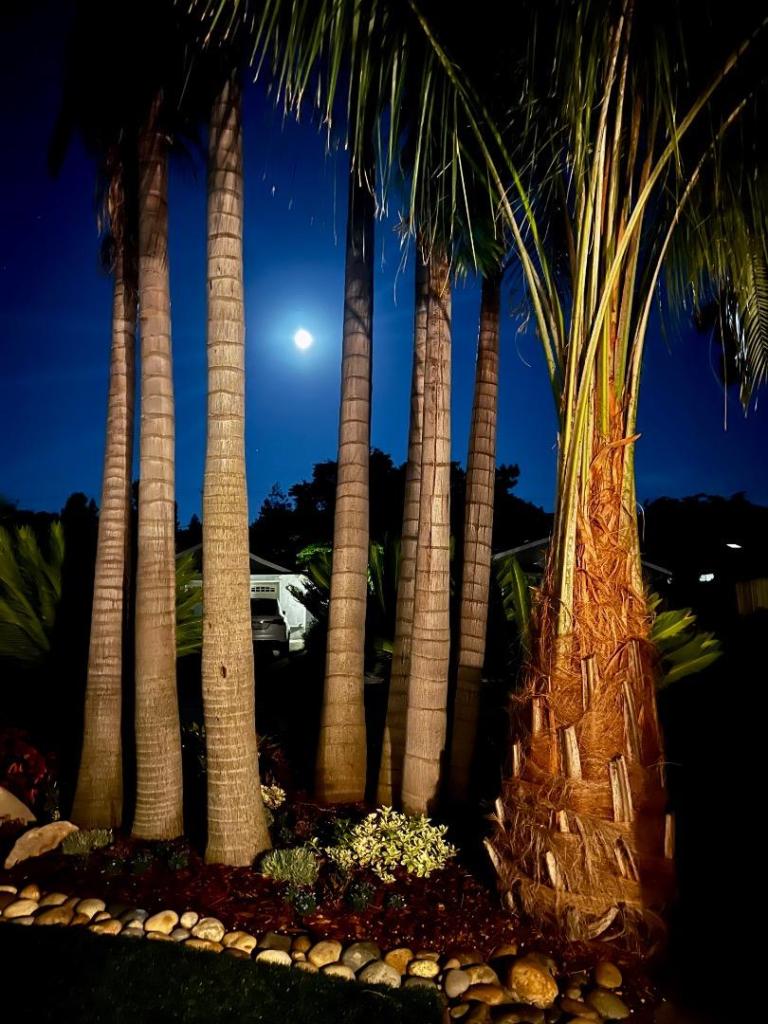
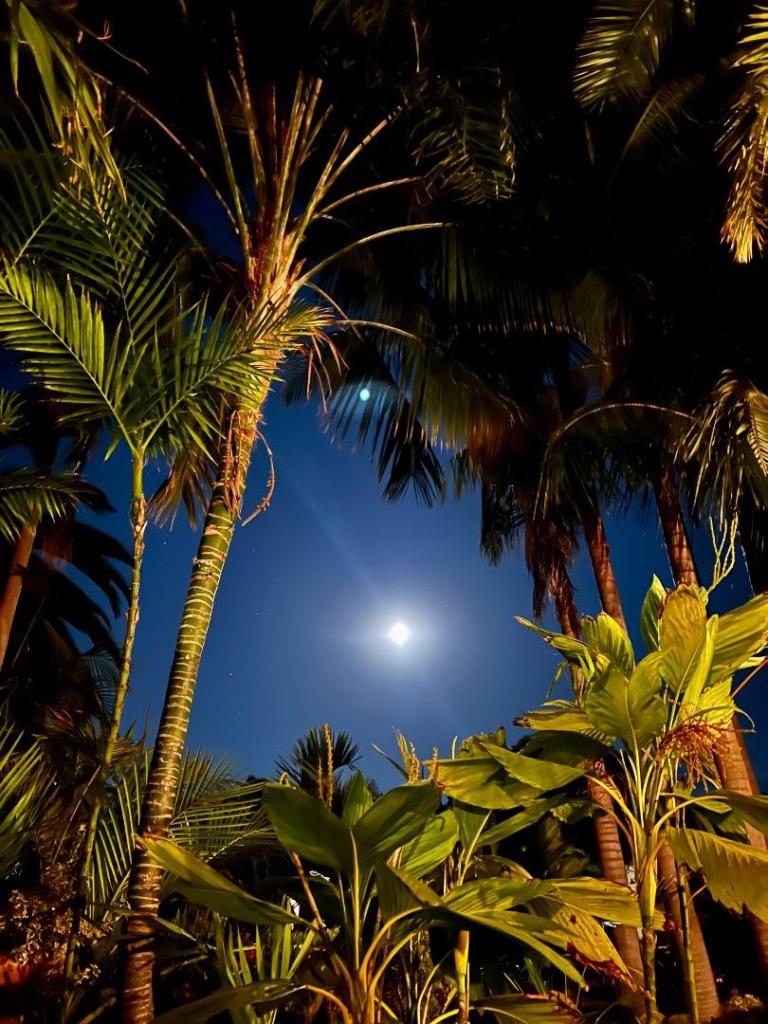
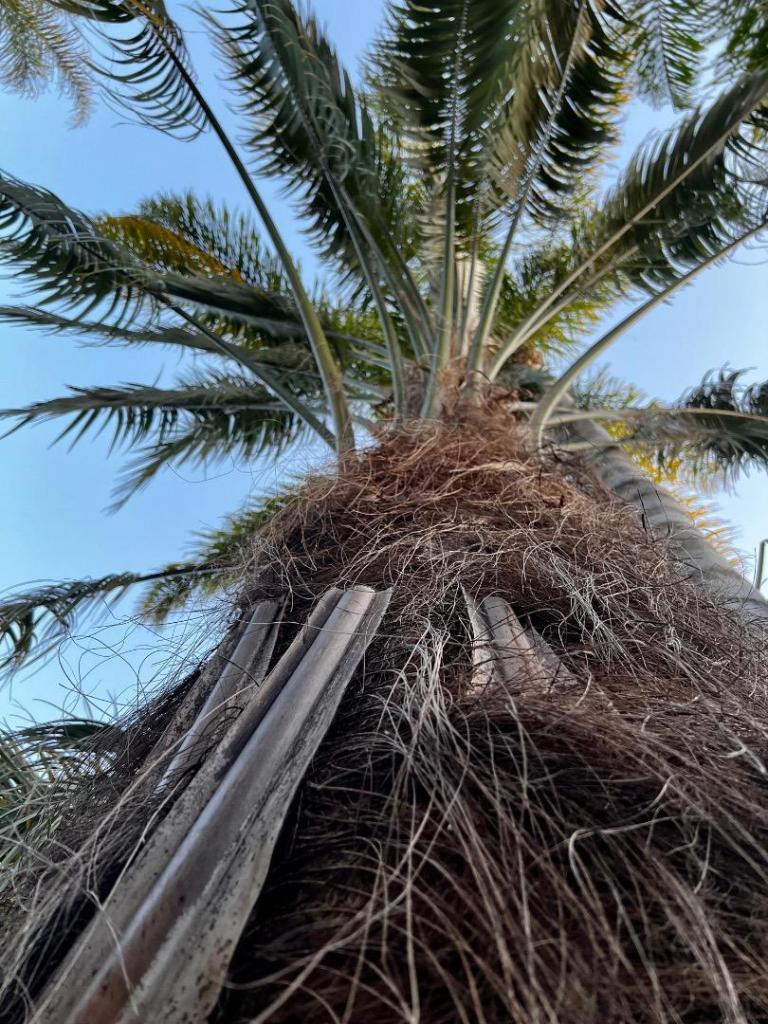
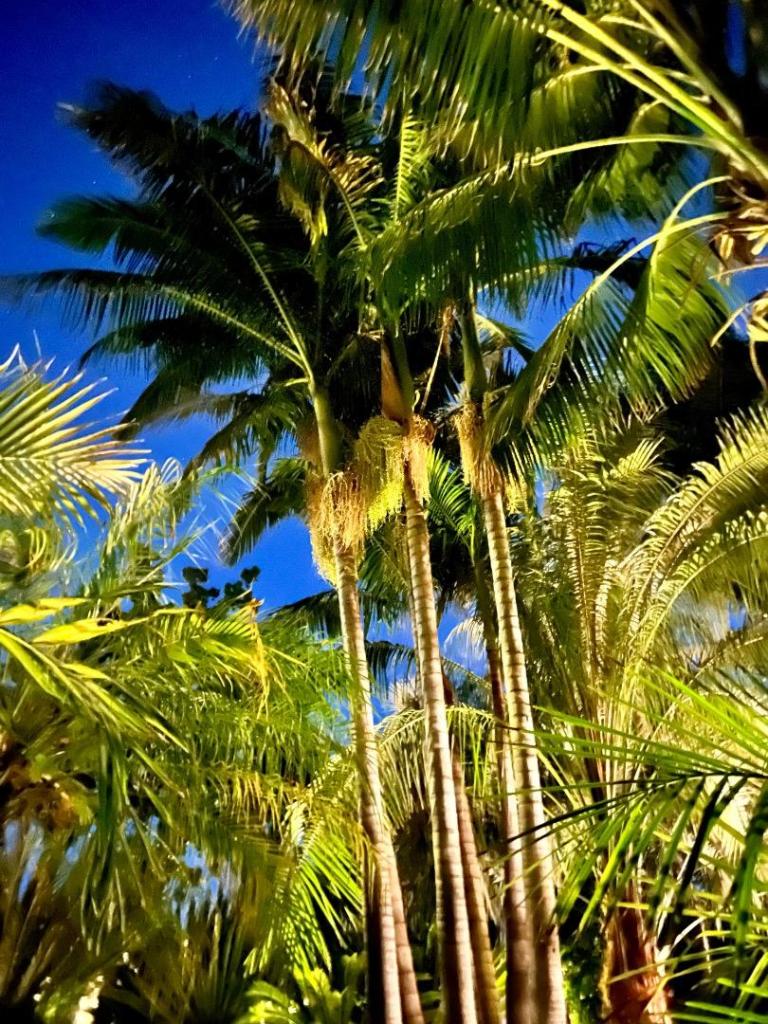
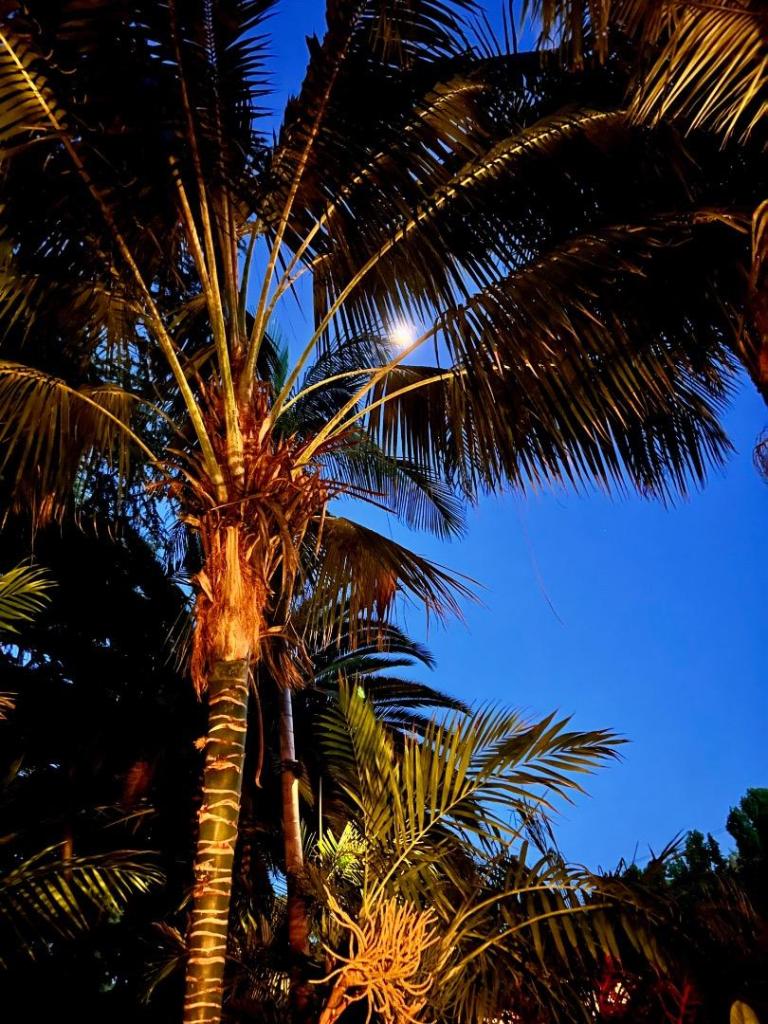
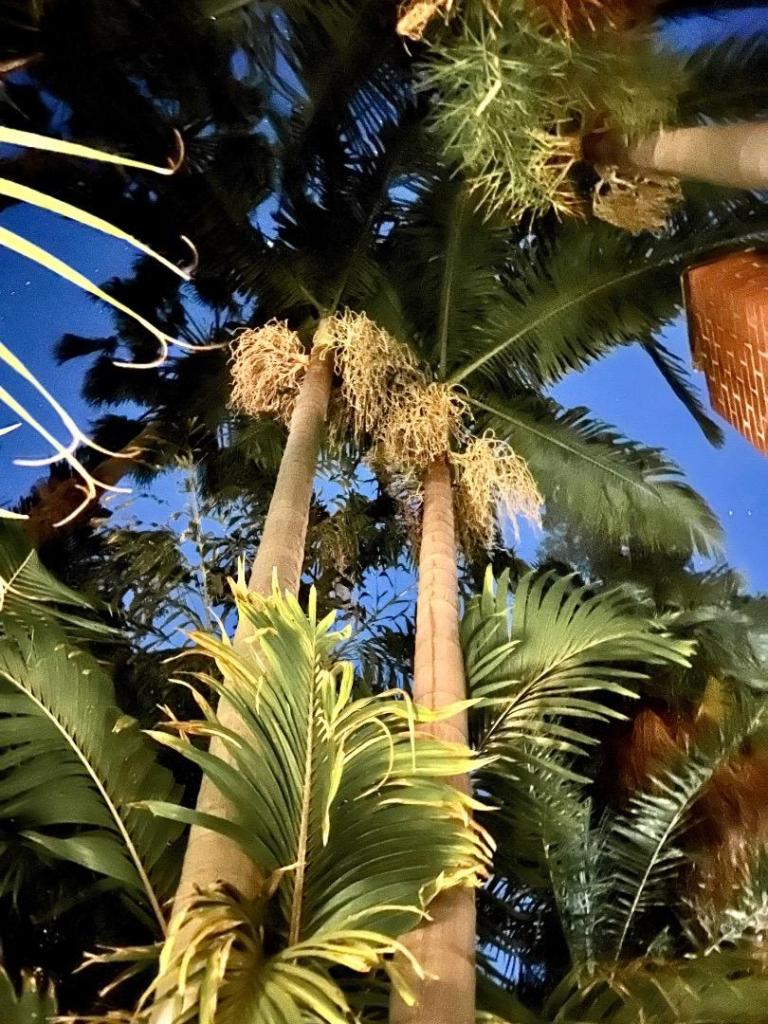

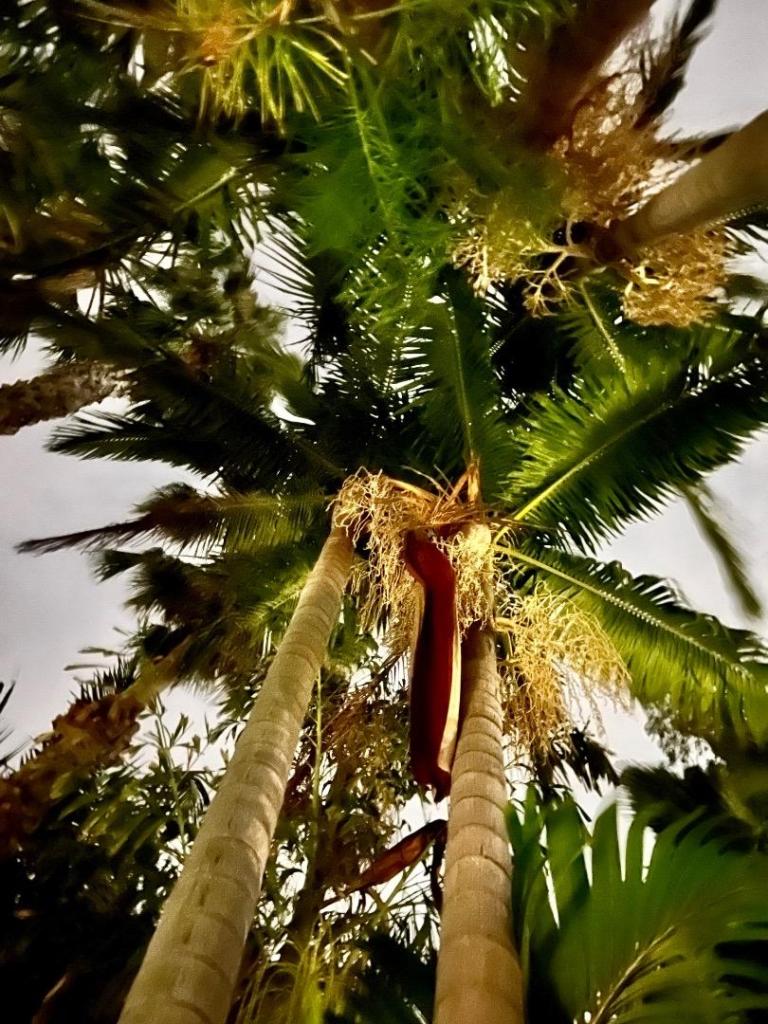
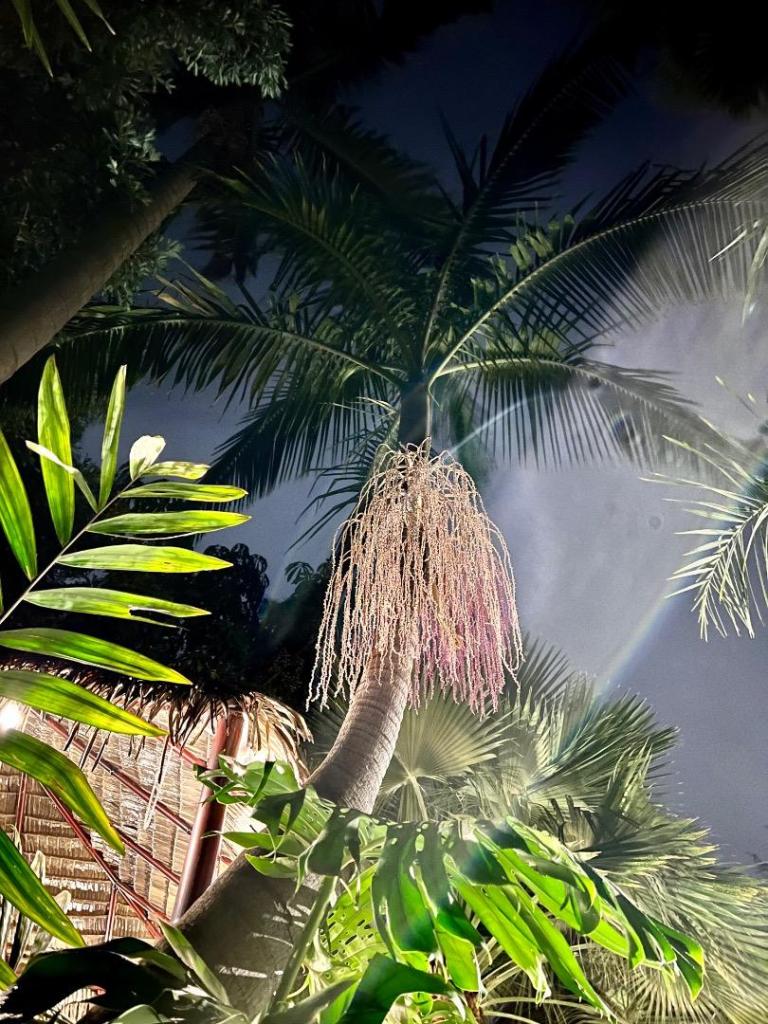
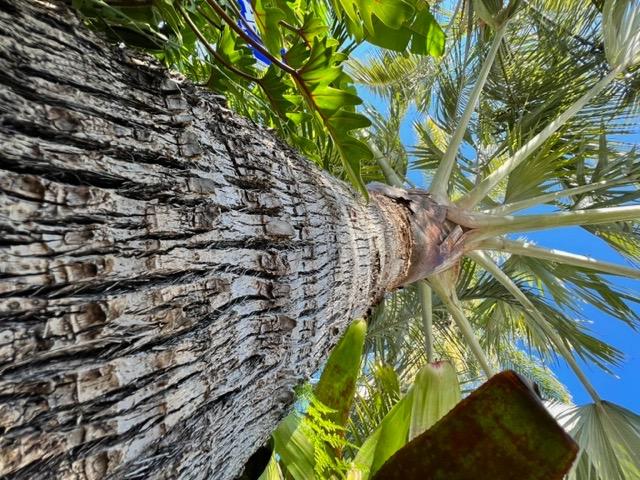
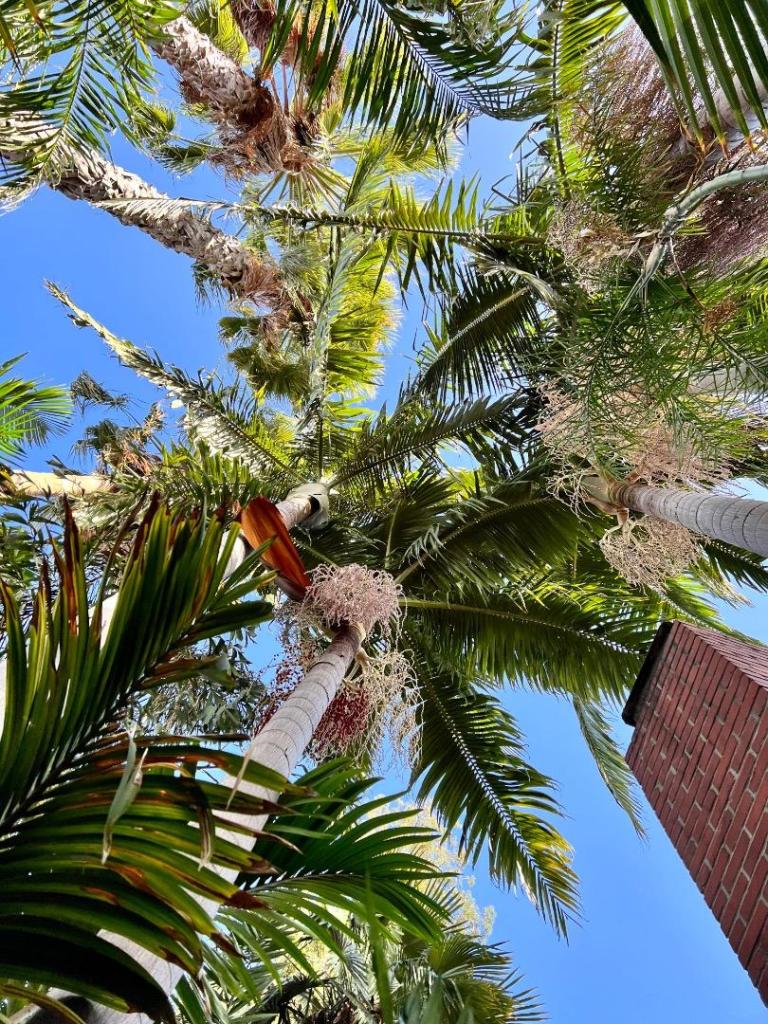
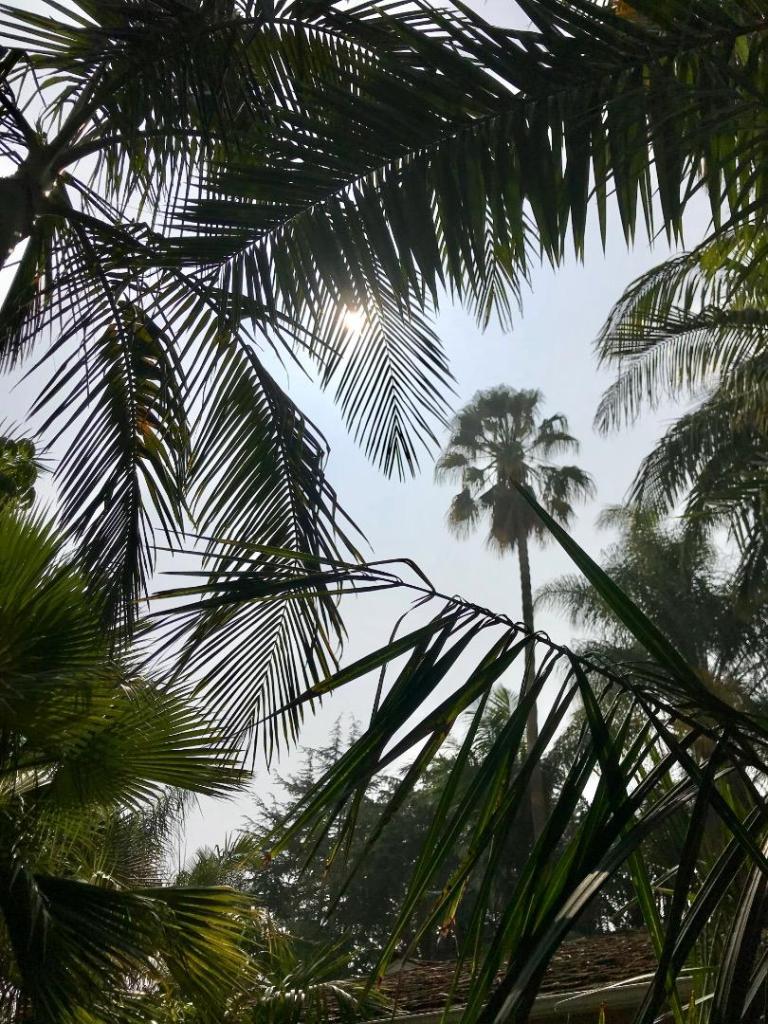





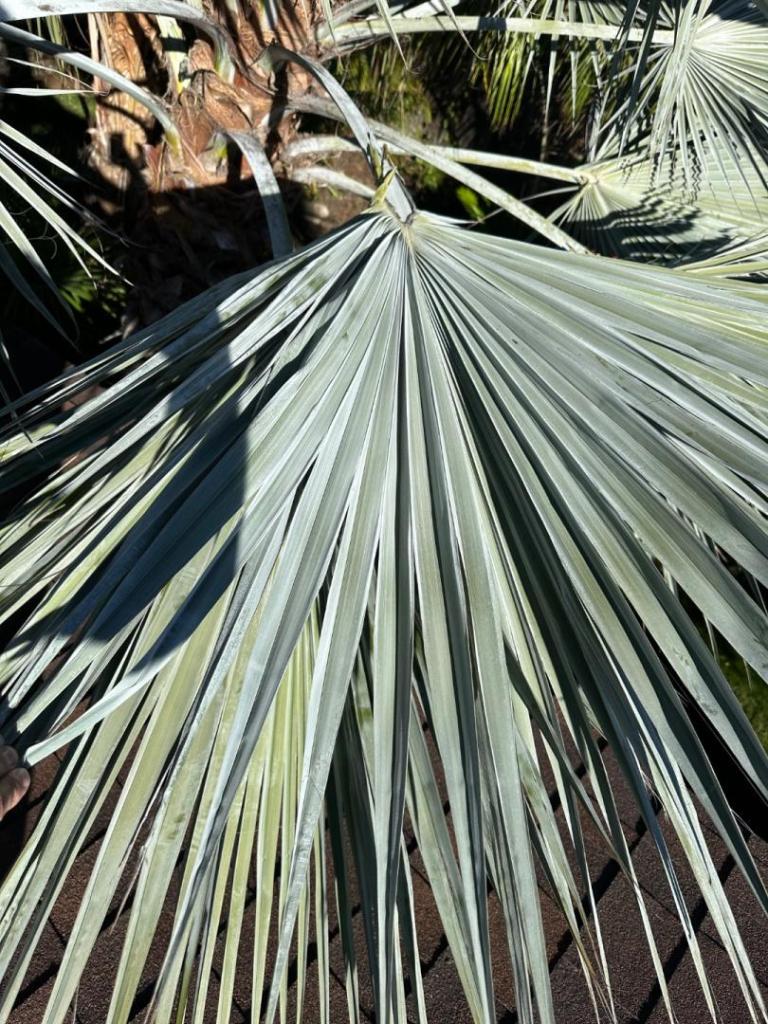


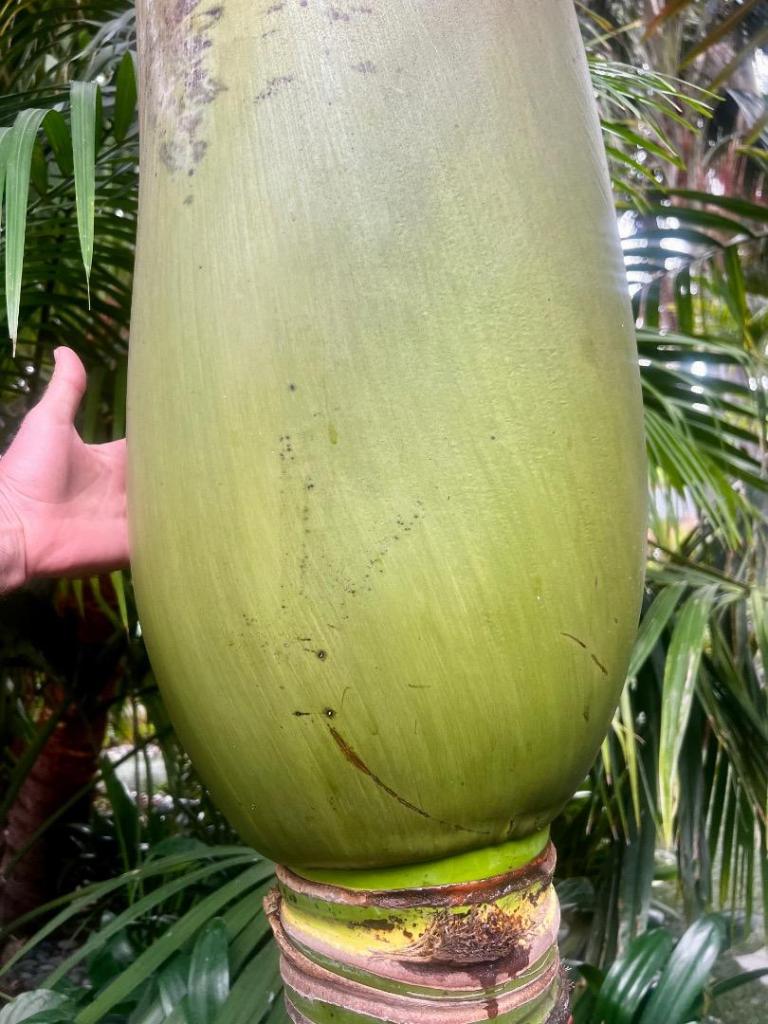





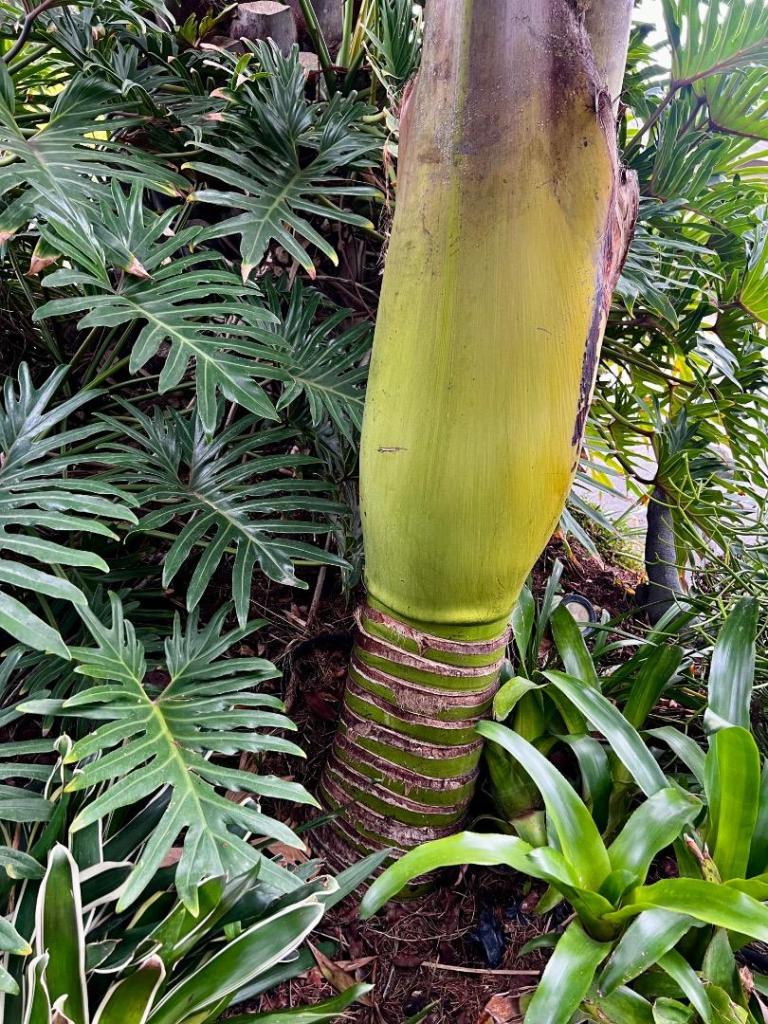







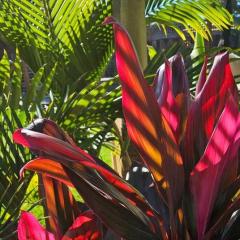

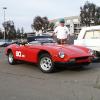
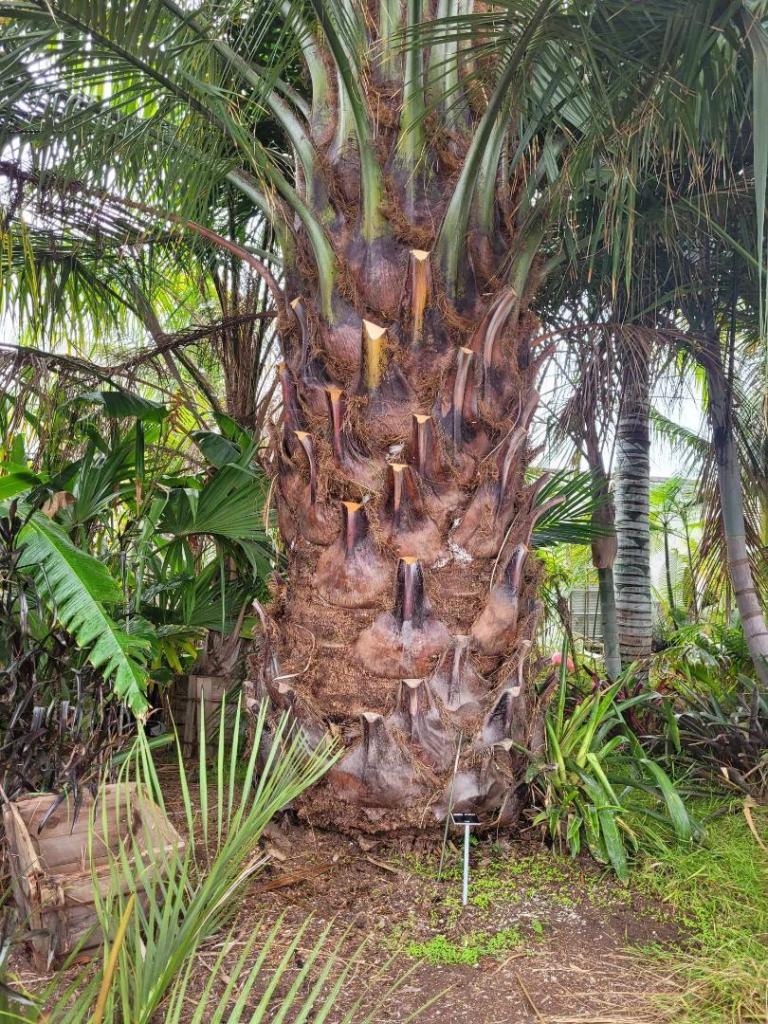




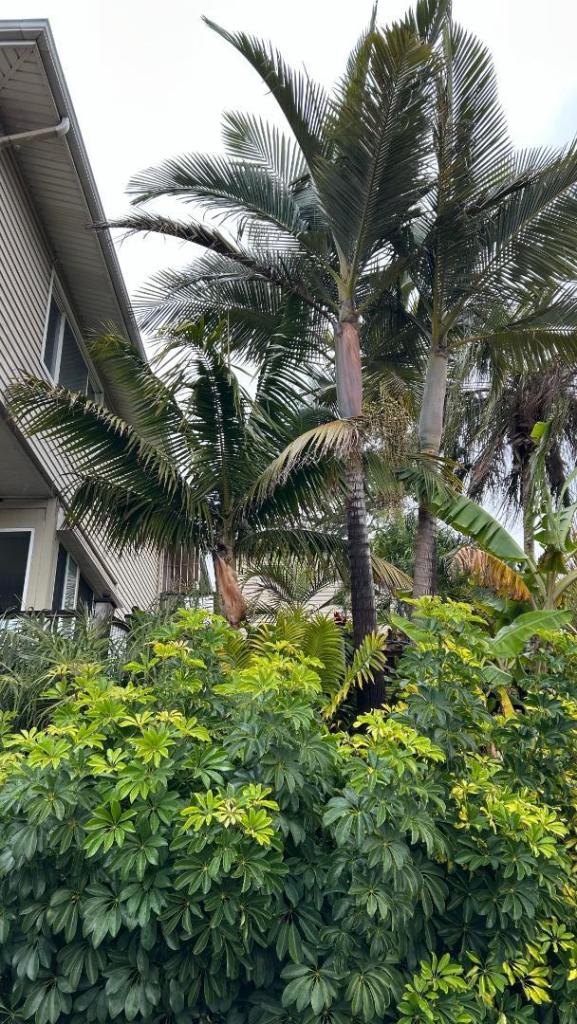

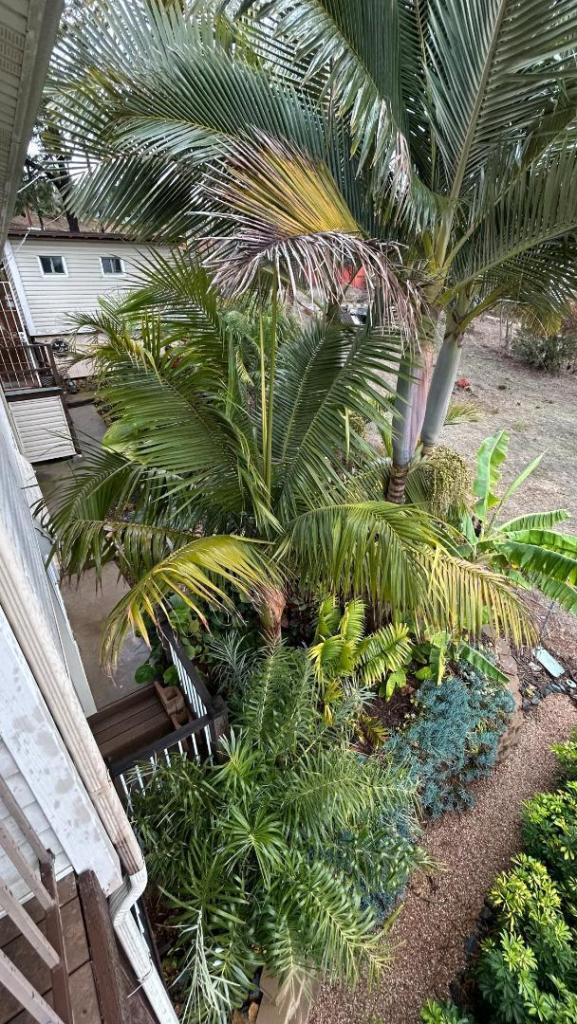


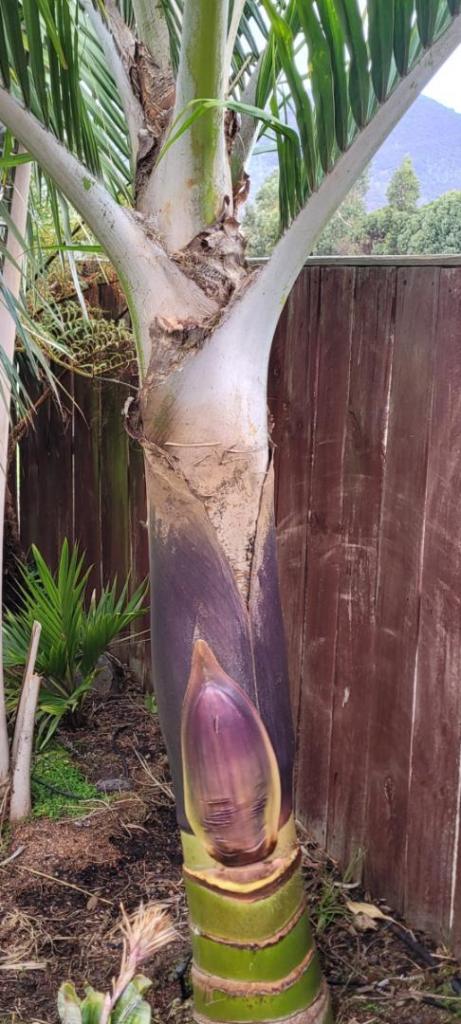

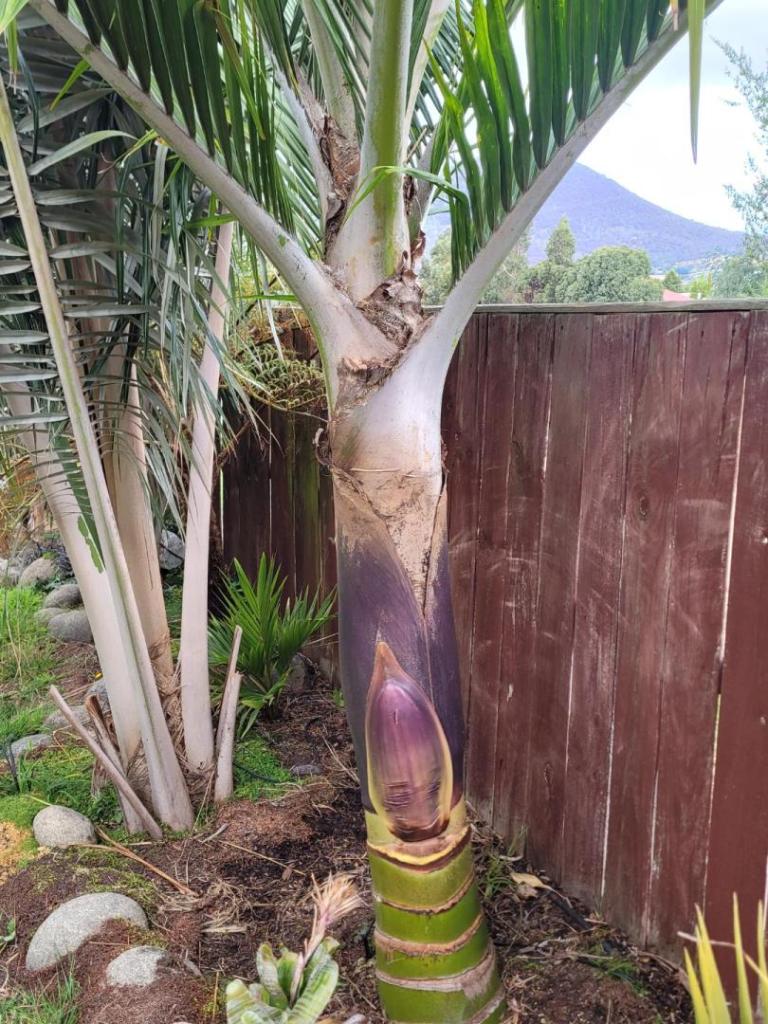



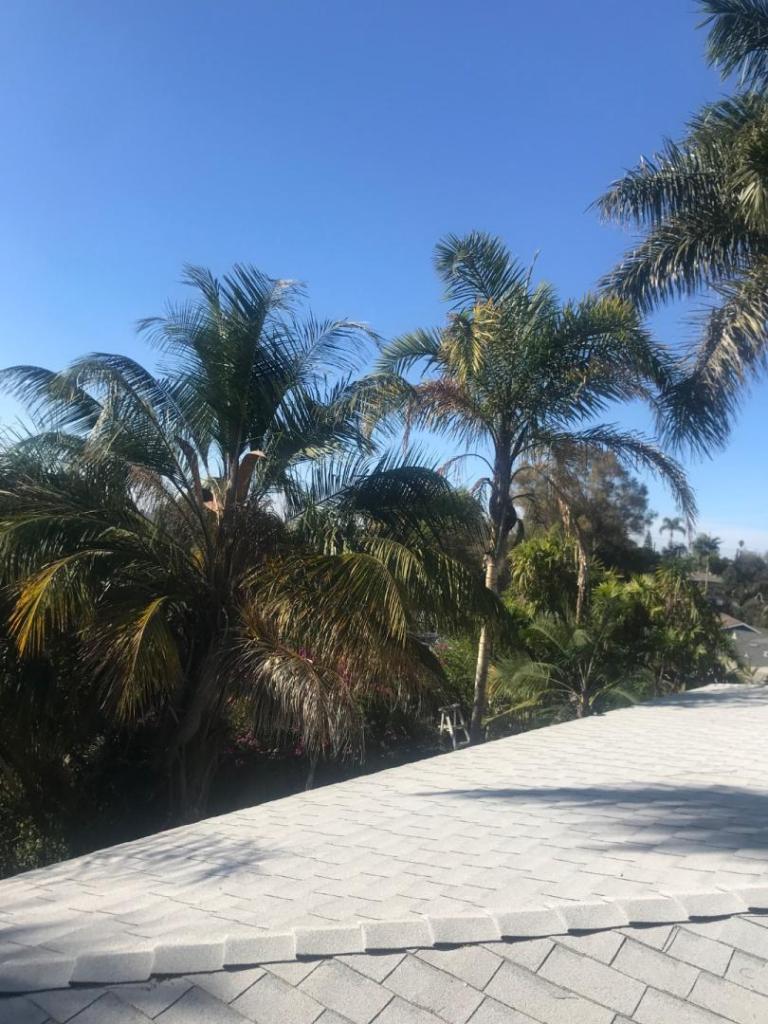
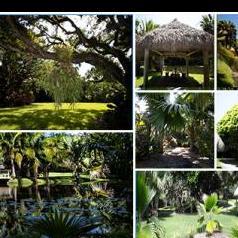
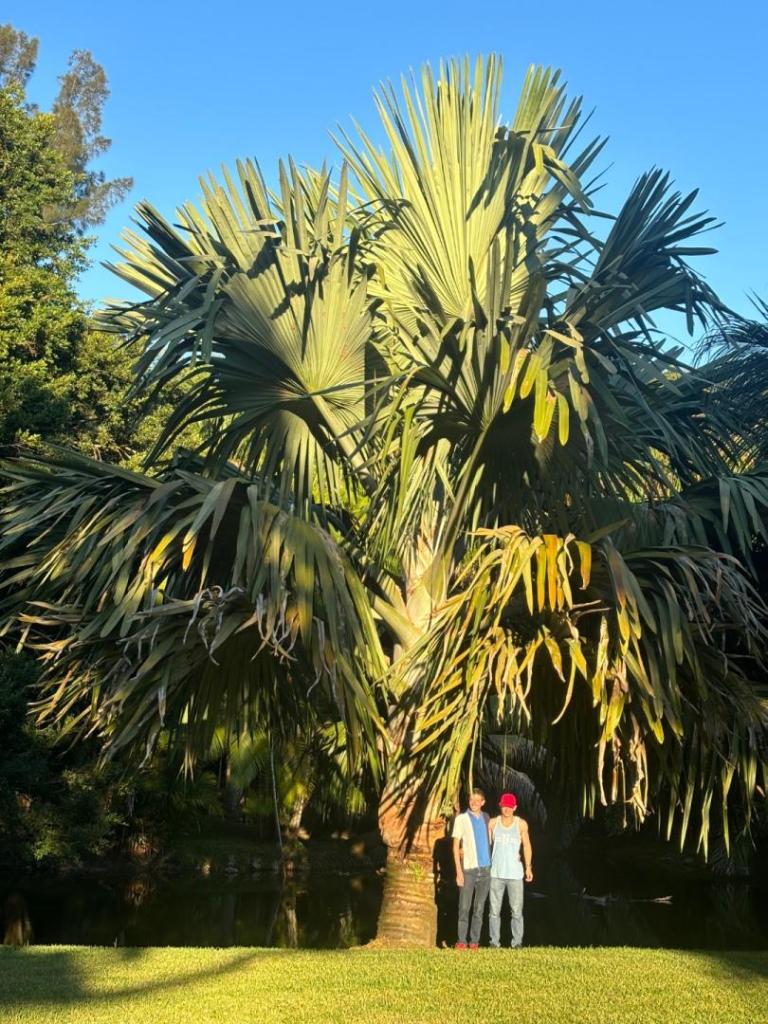
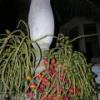
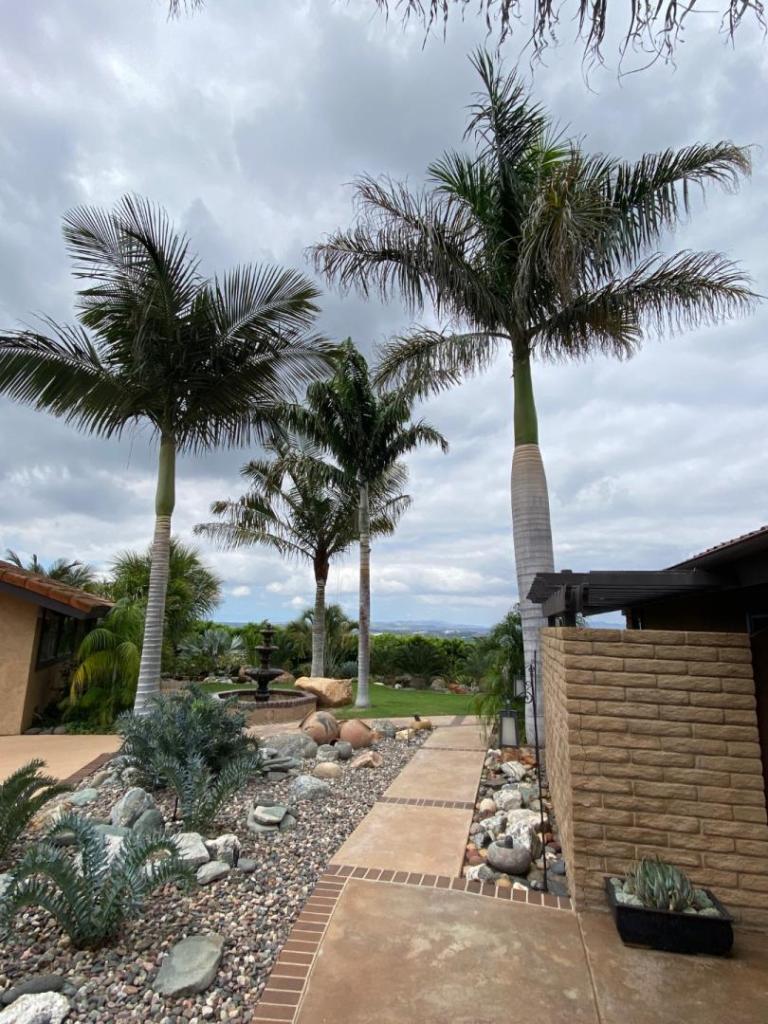






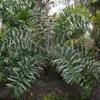
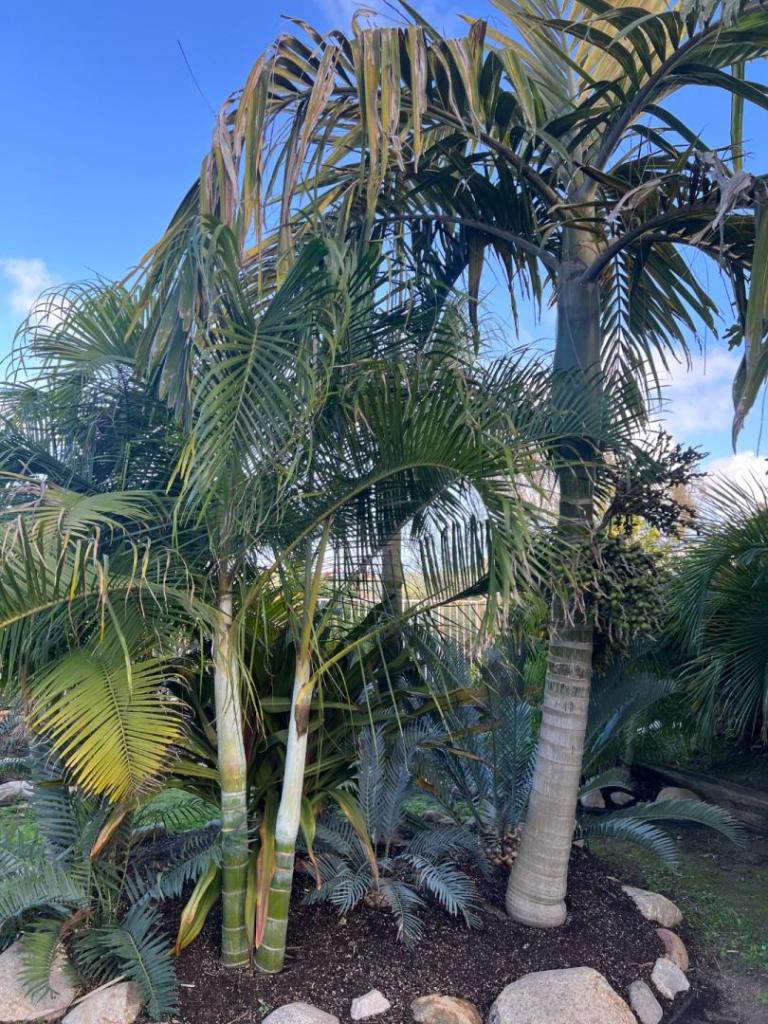
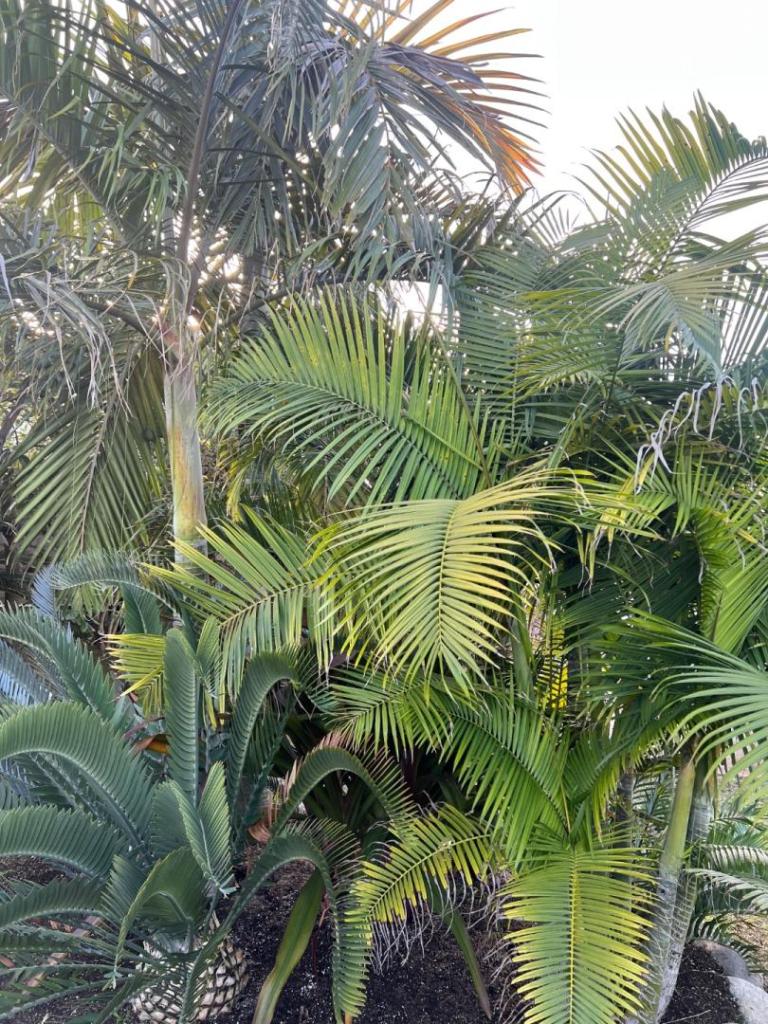

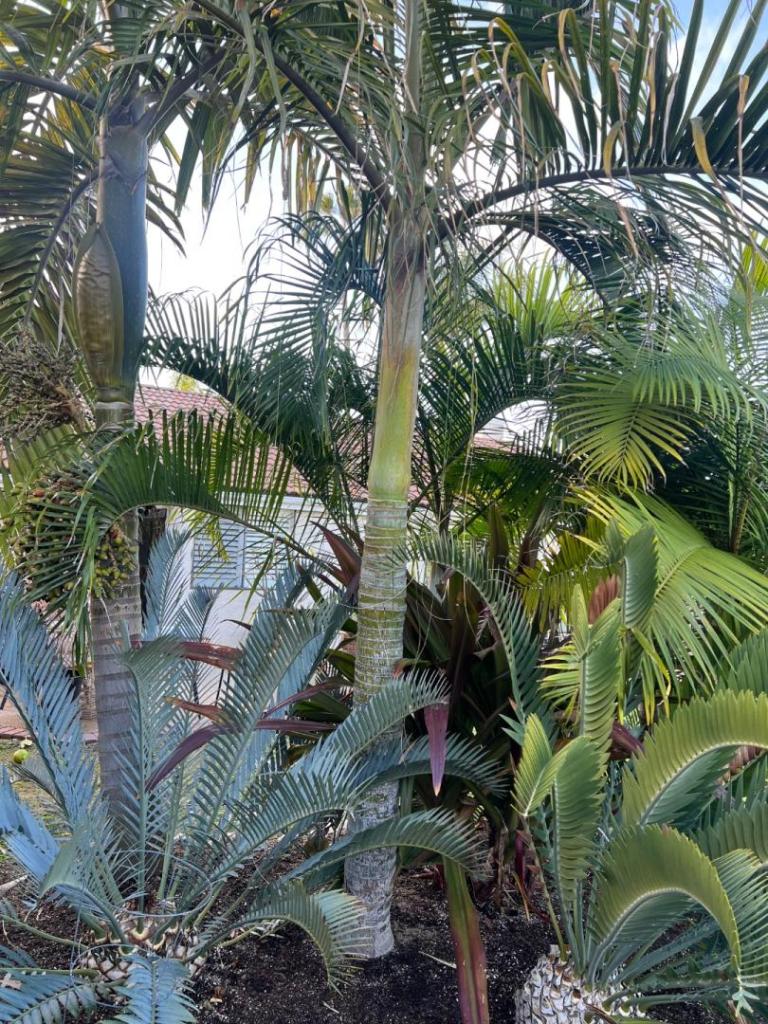

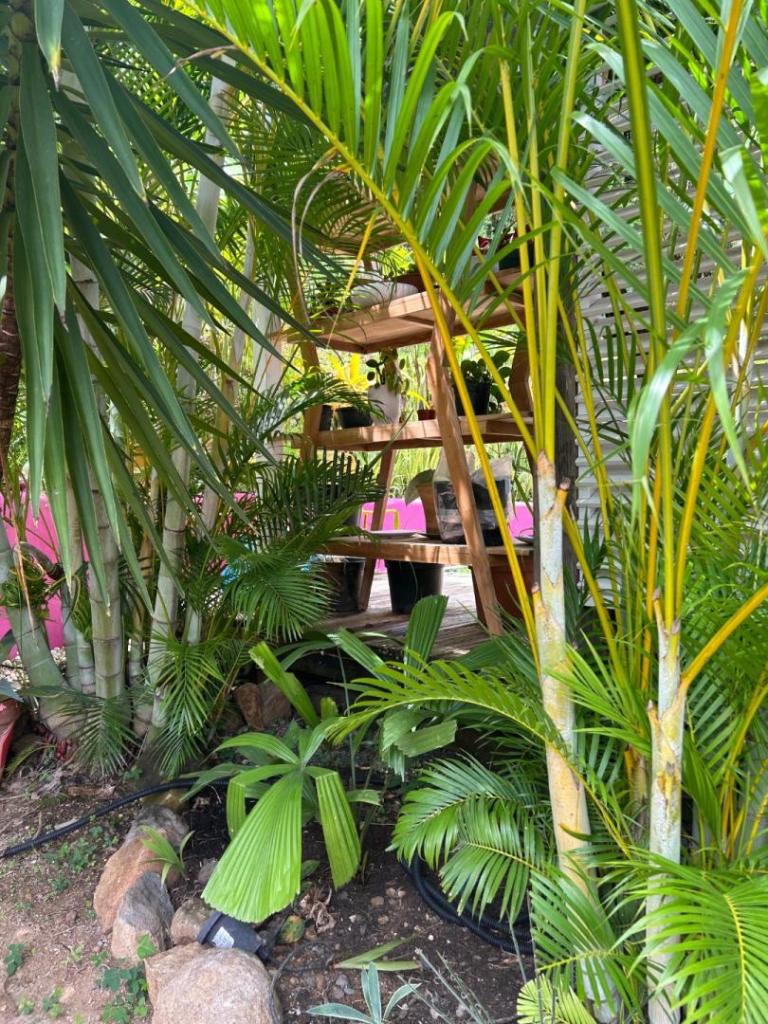


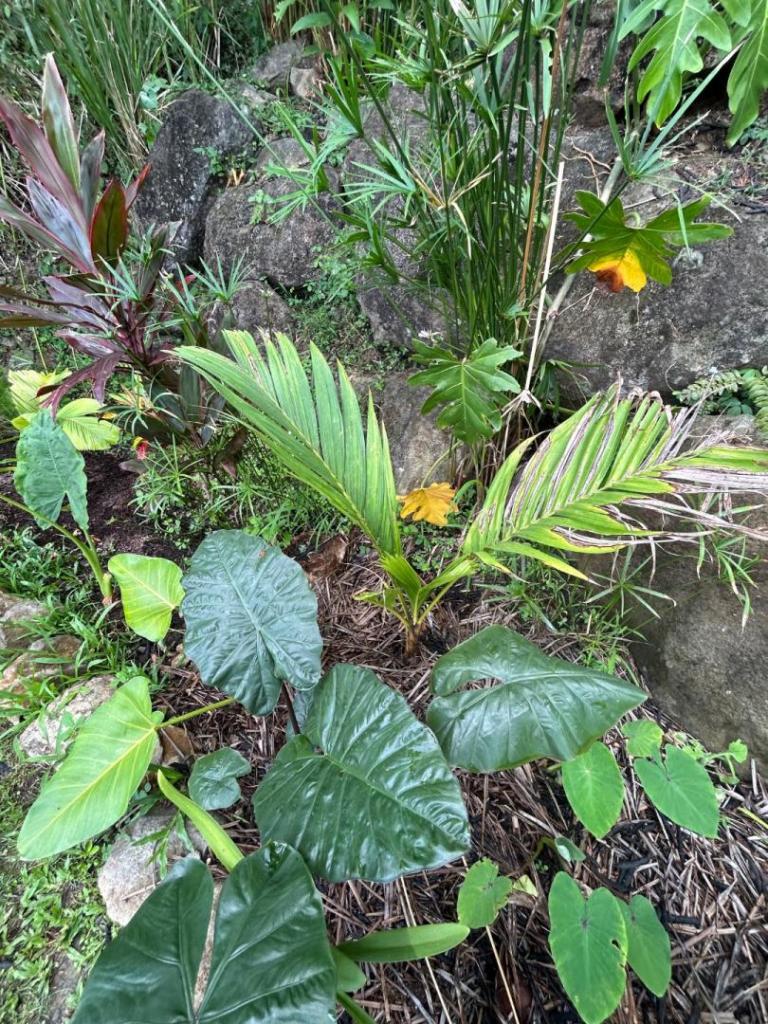




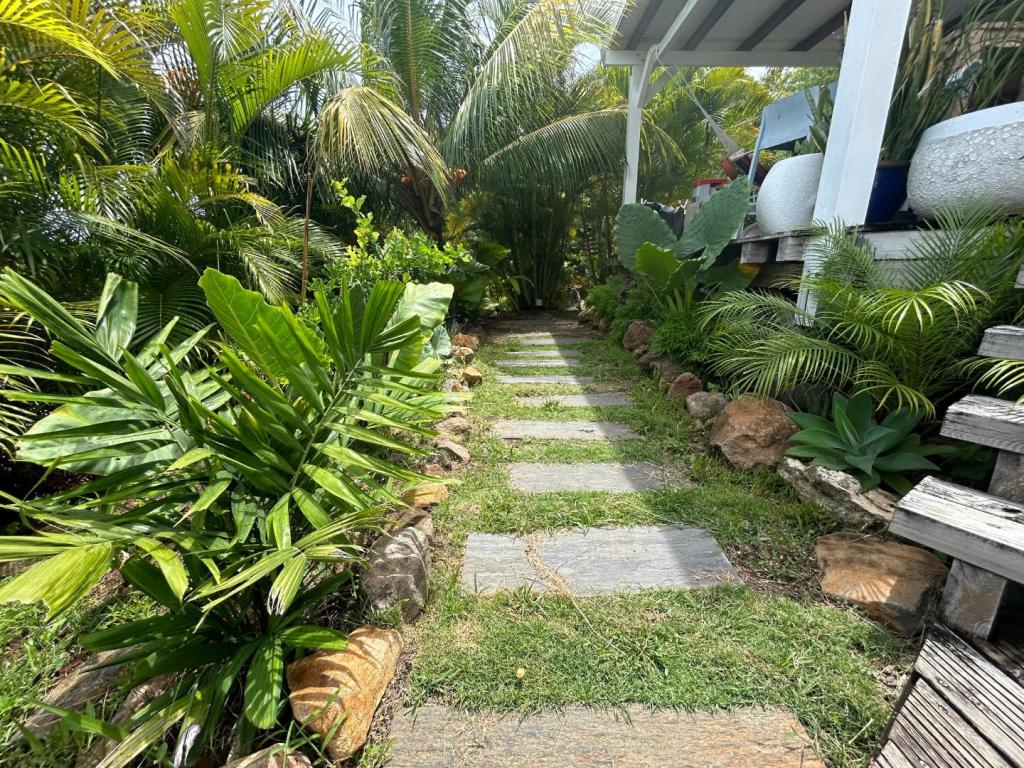
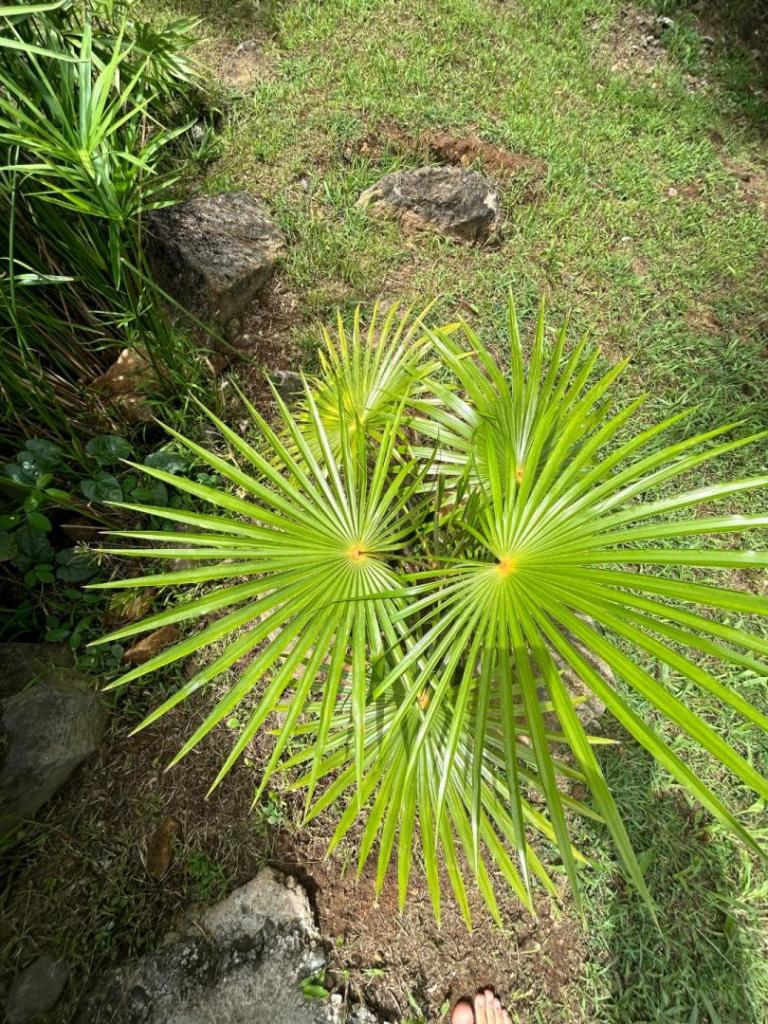
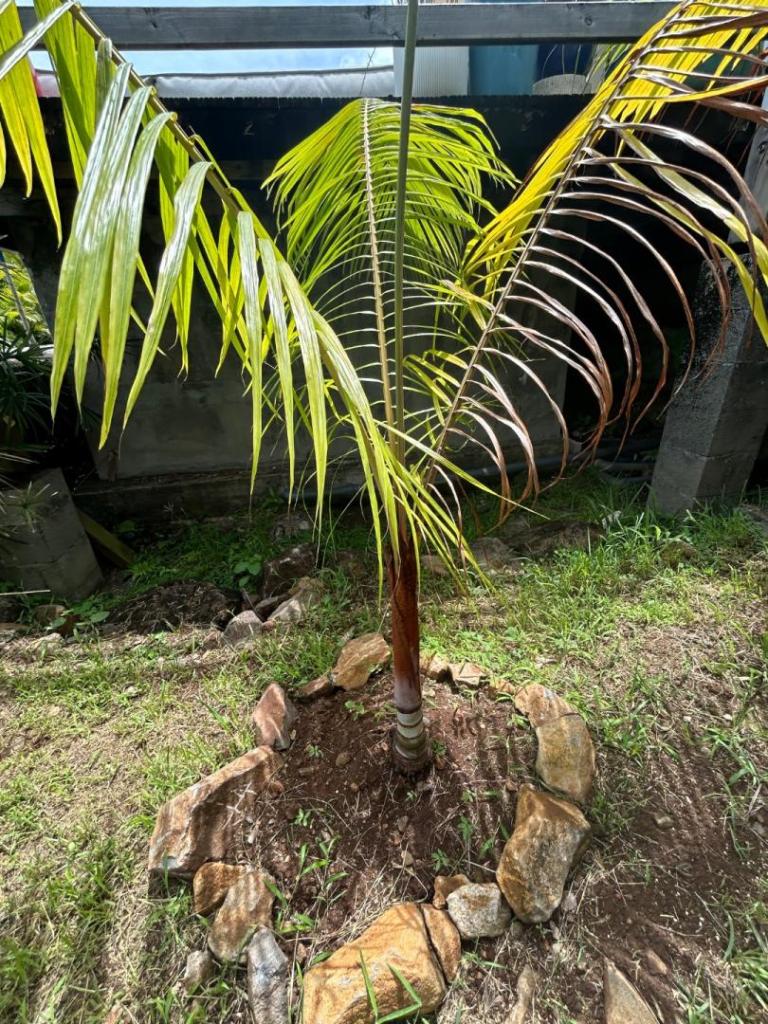
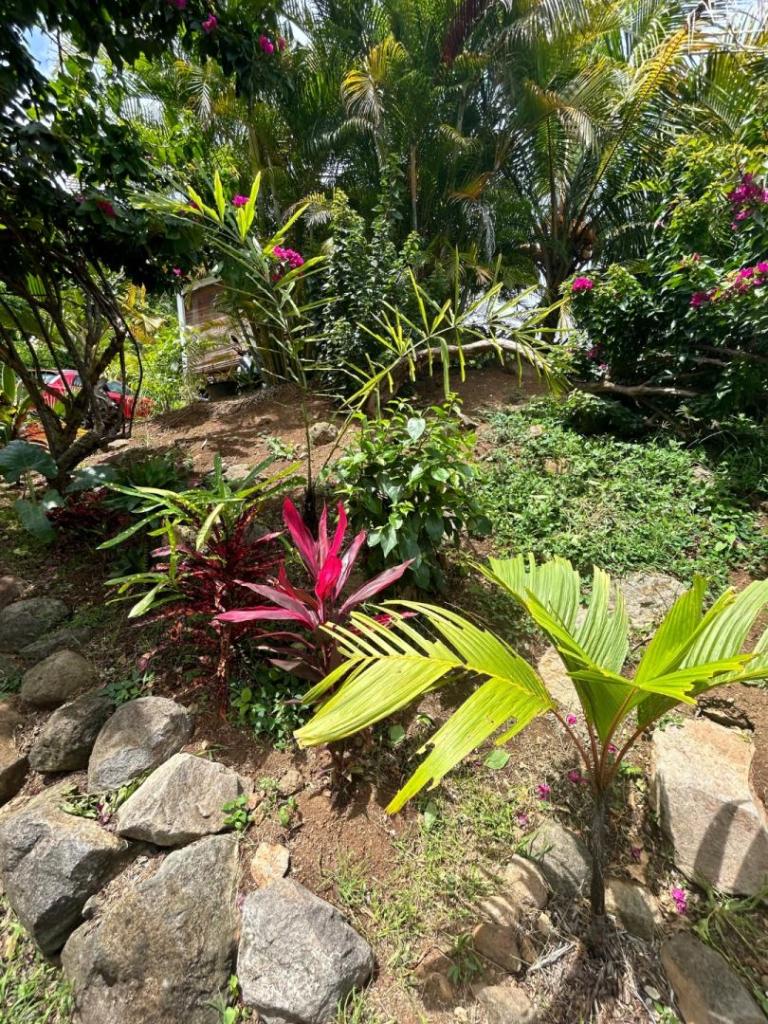
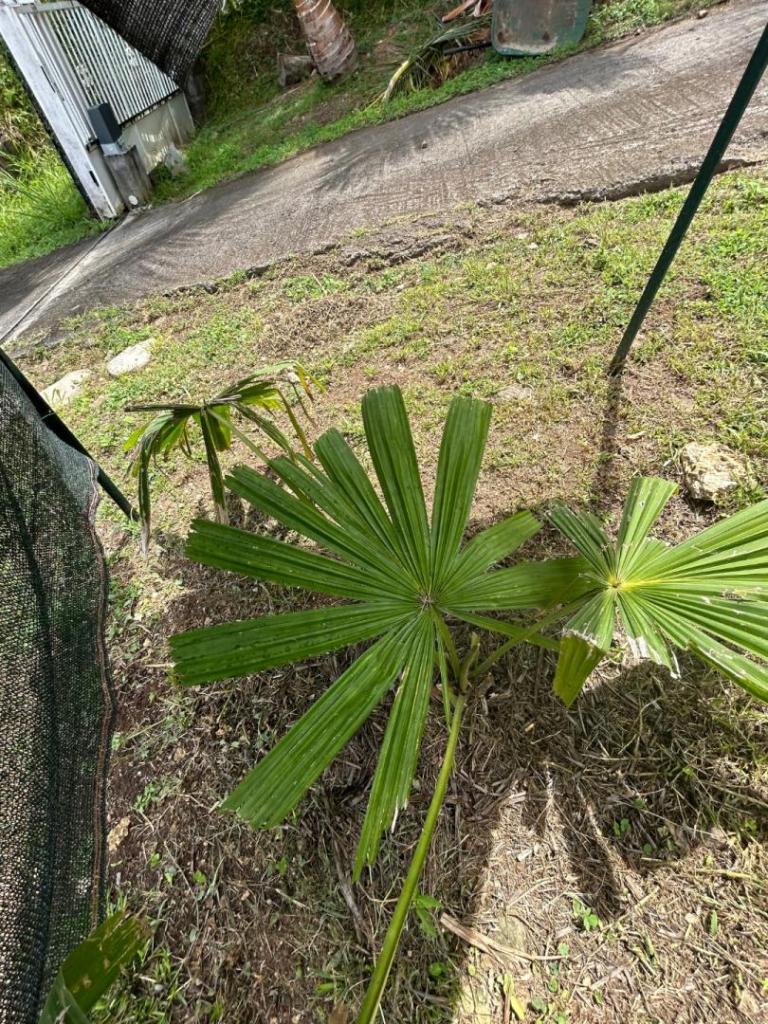
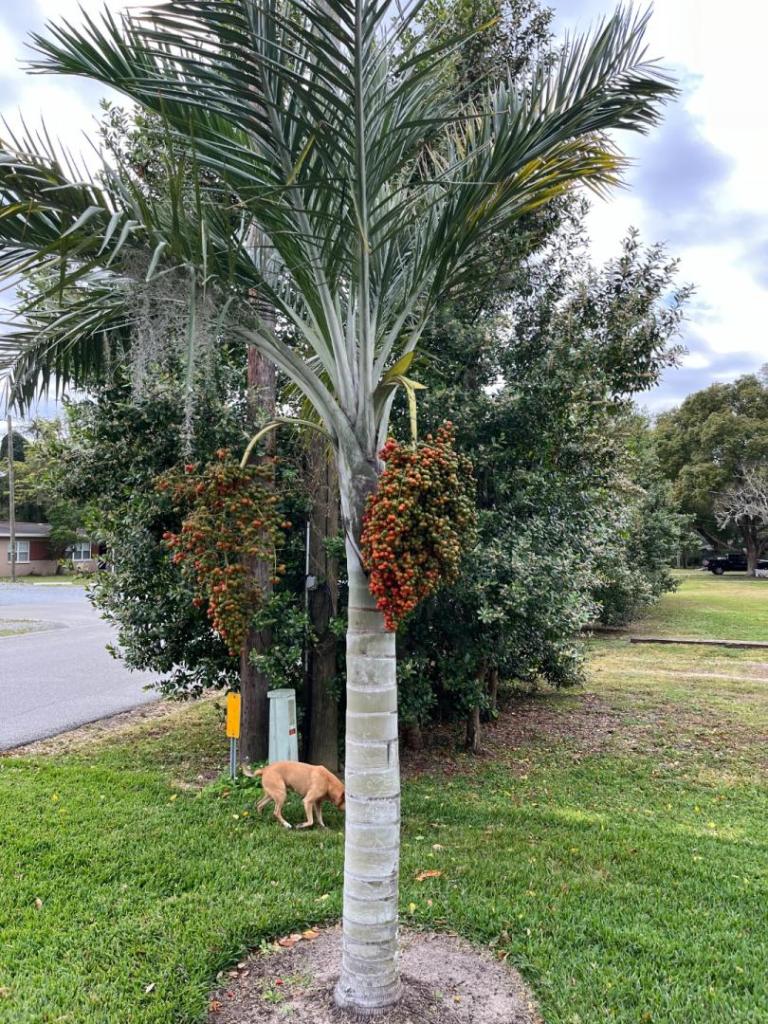
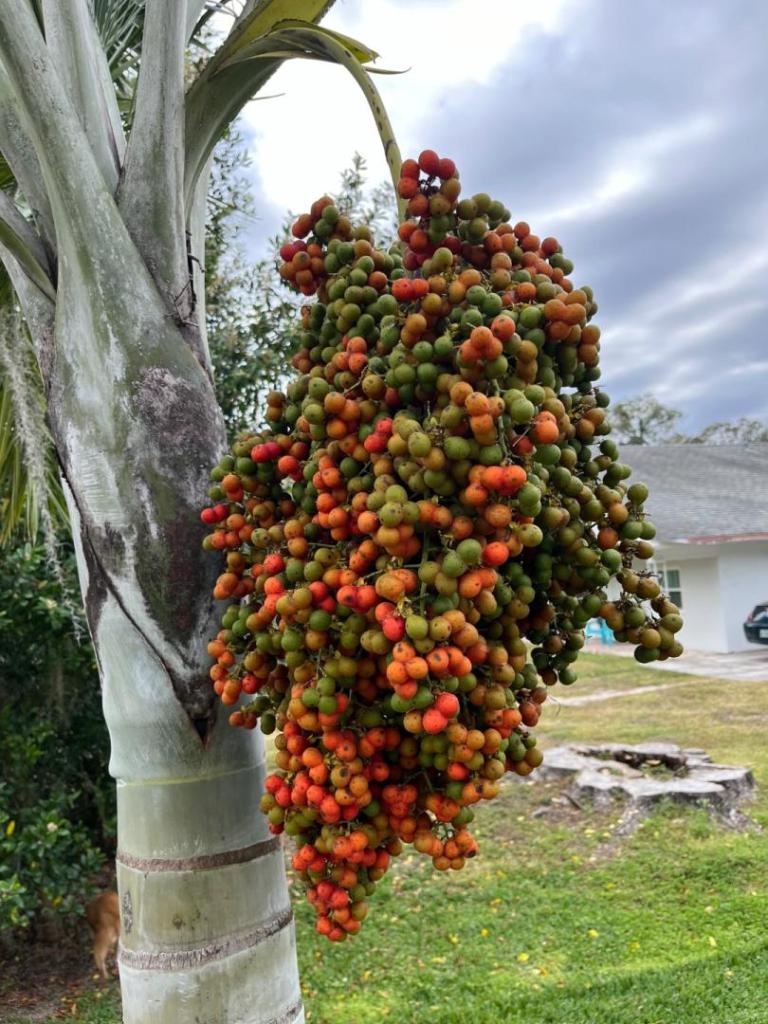
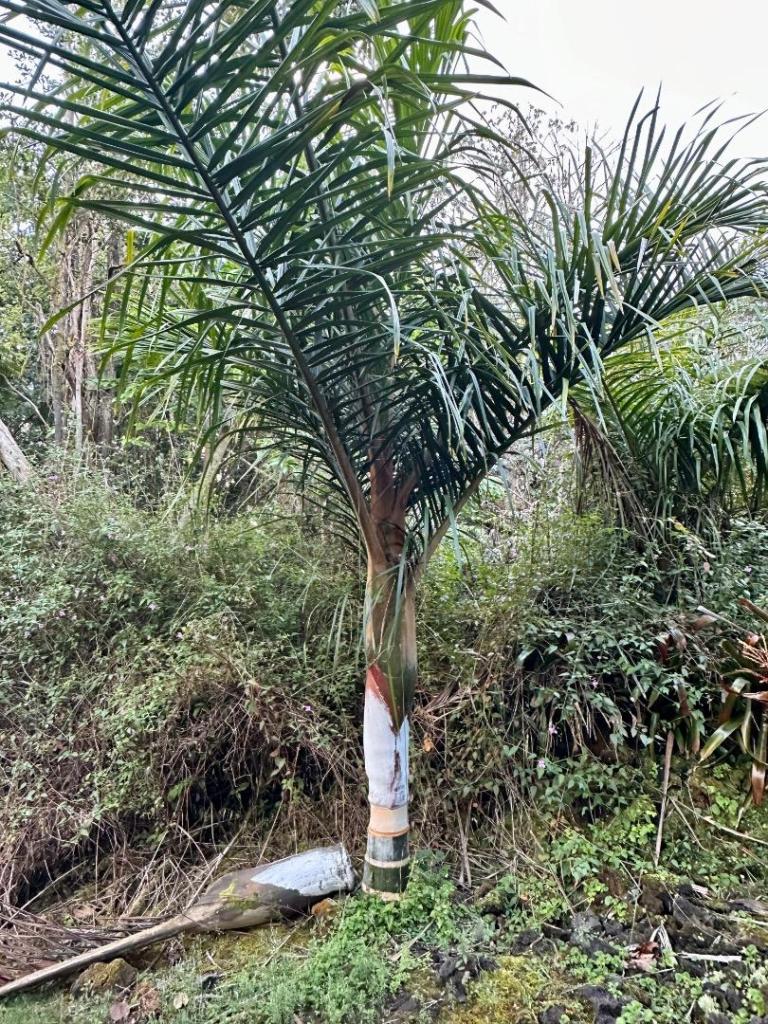





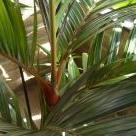



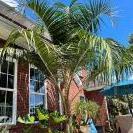
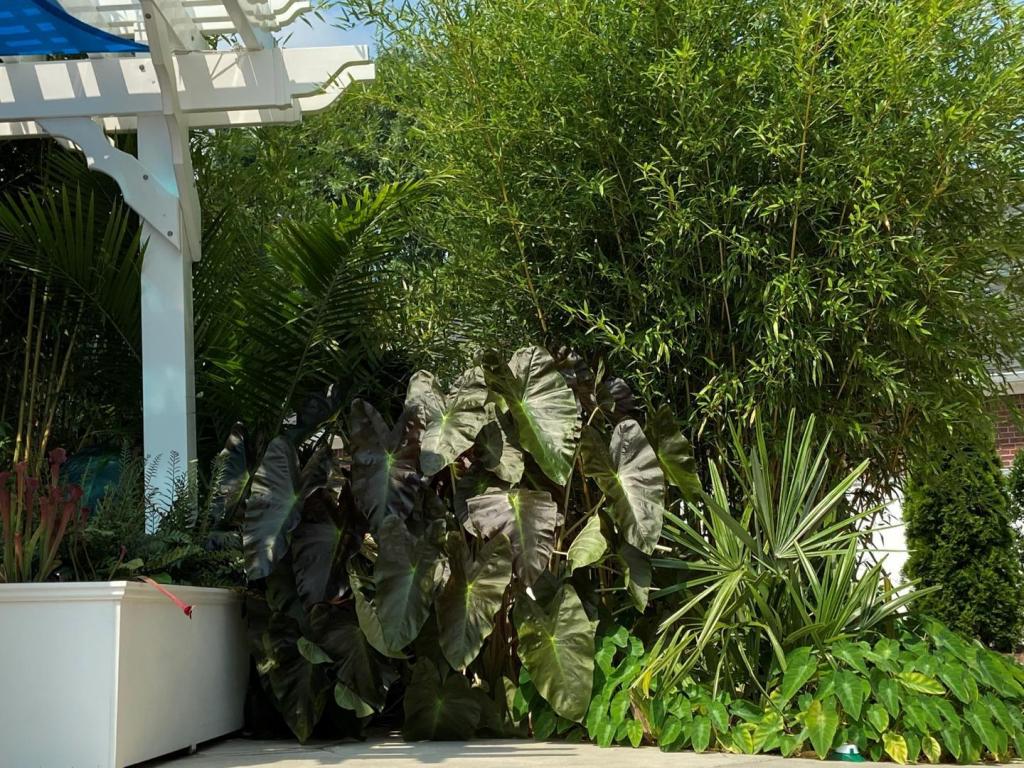
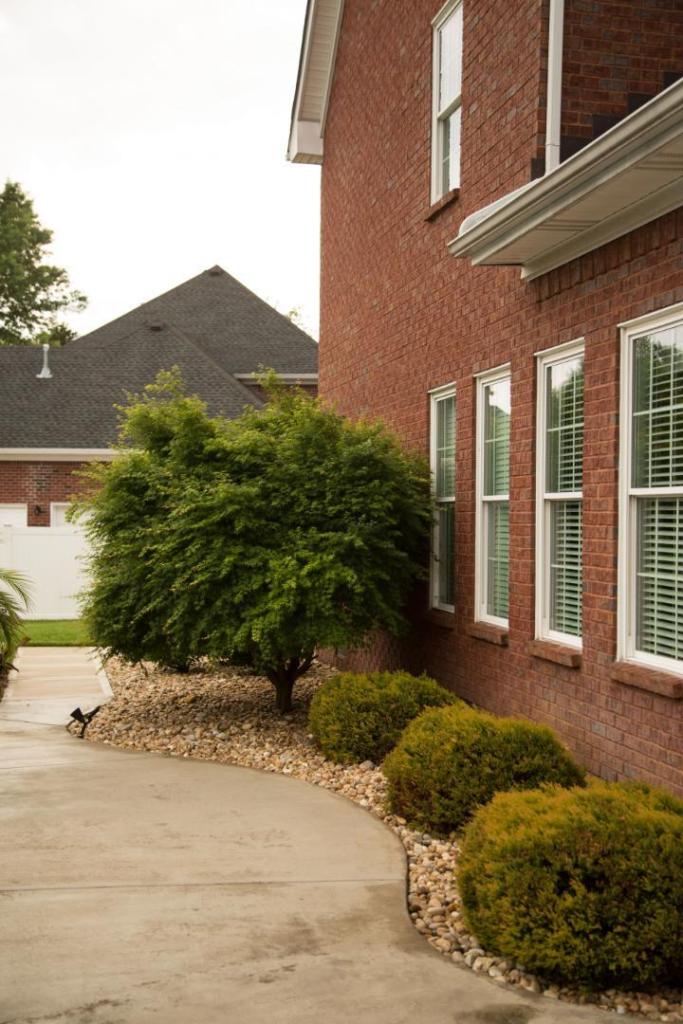
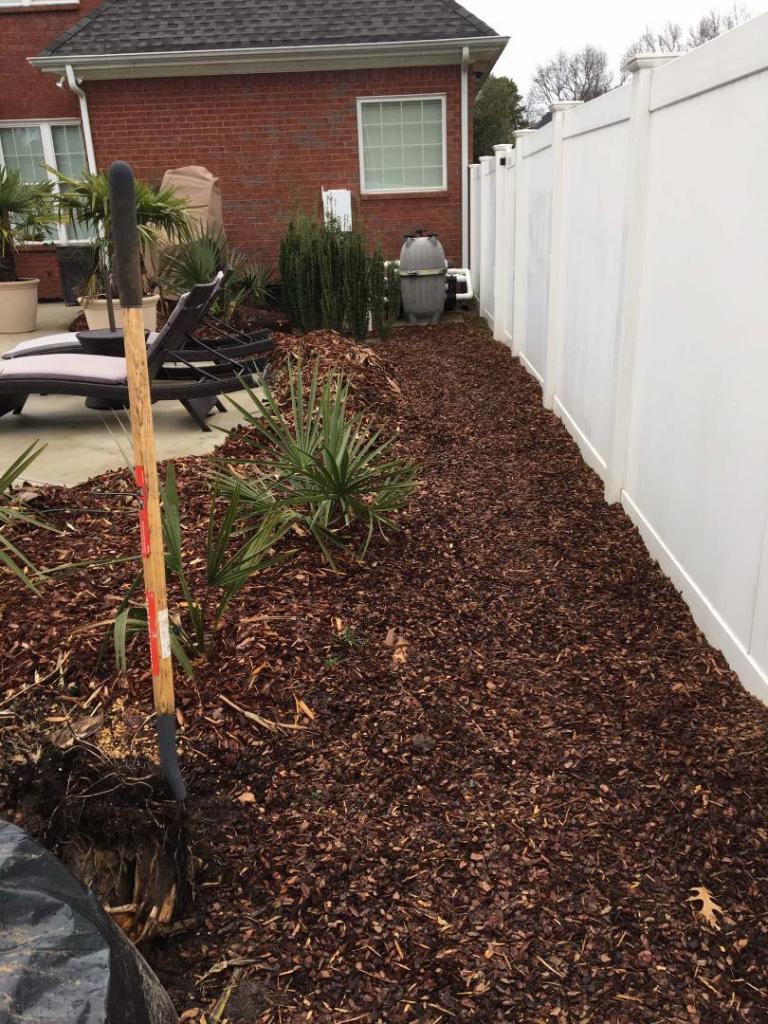
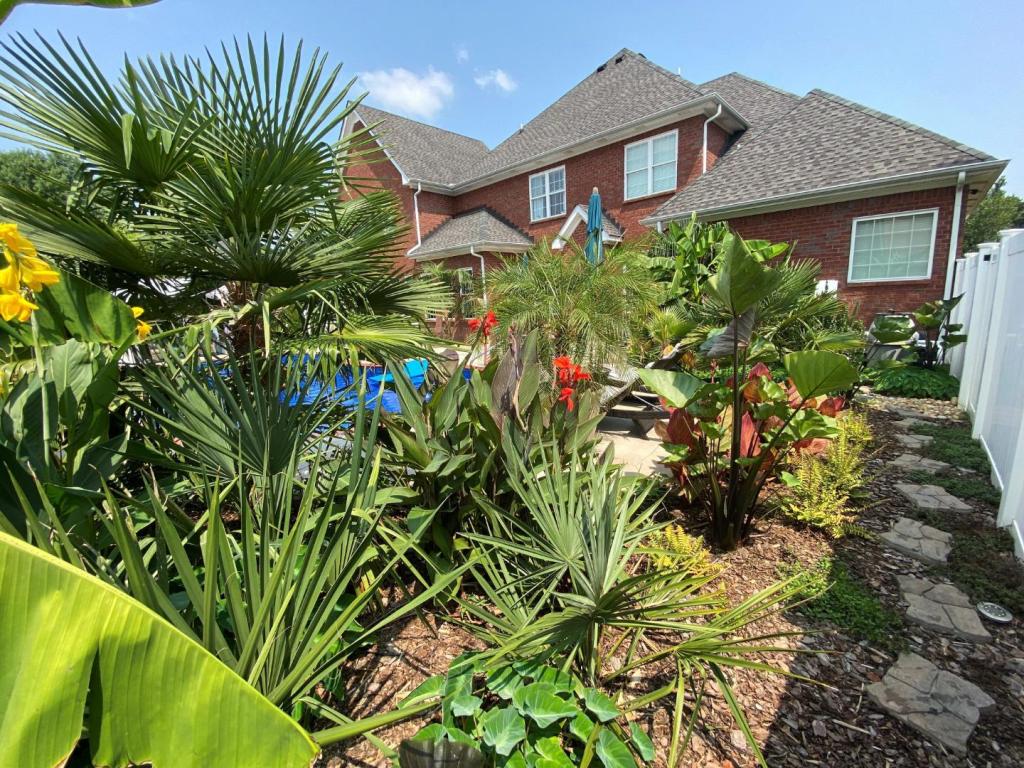

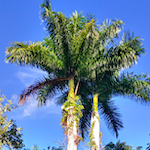




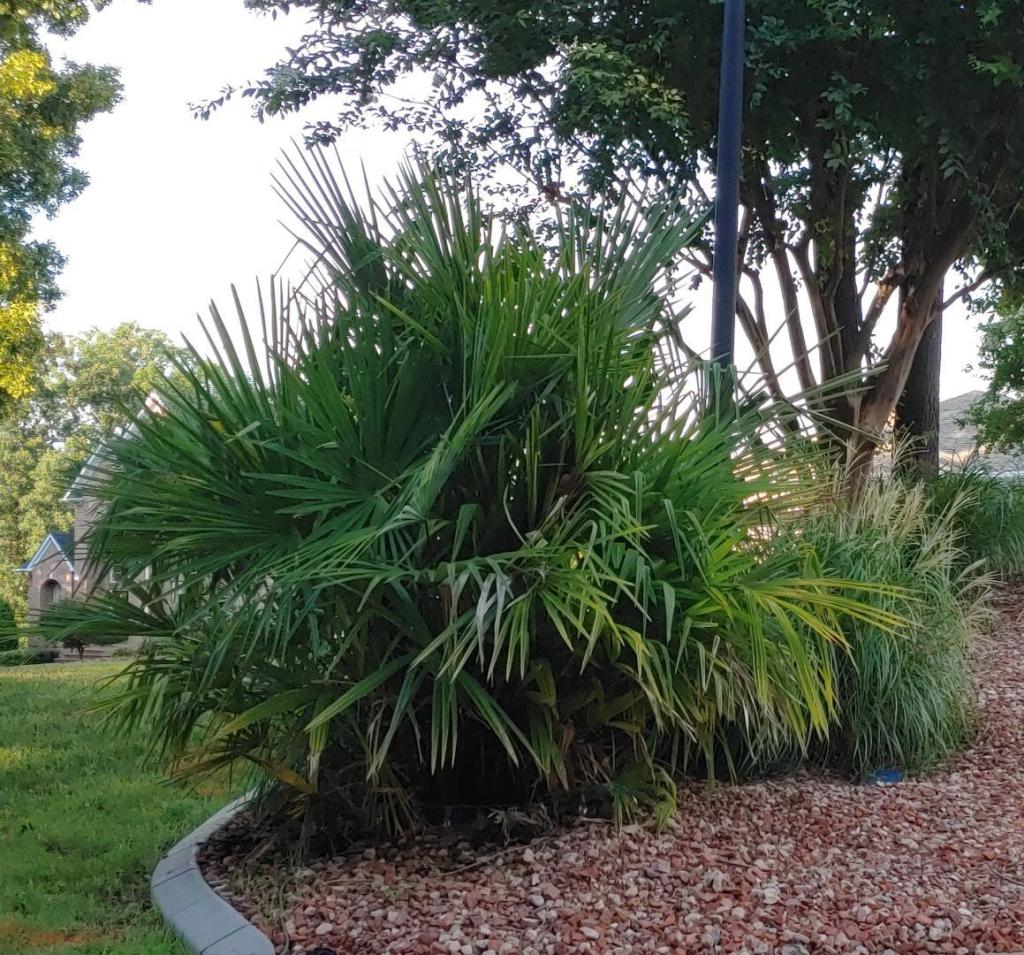




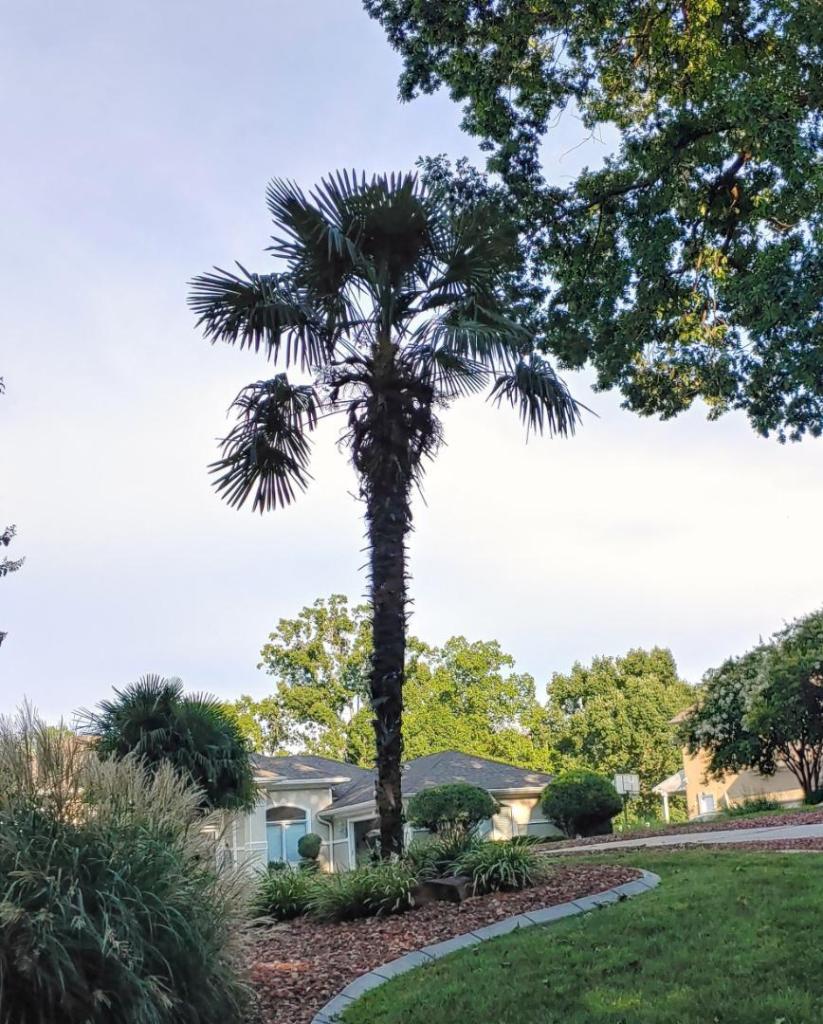
















.thumb.jpg.05492ac3ad2f1c7e99dab19dd51cf9ed.jpg)










